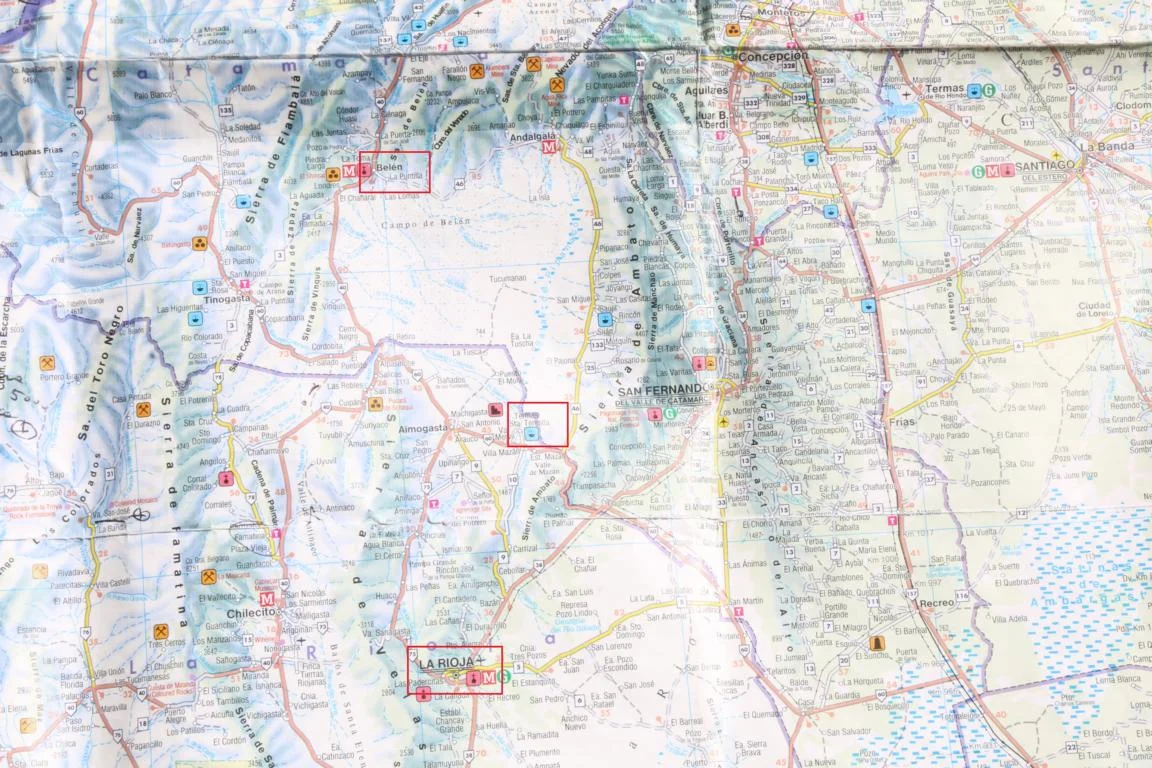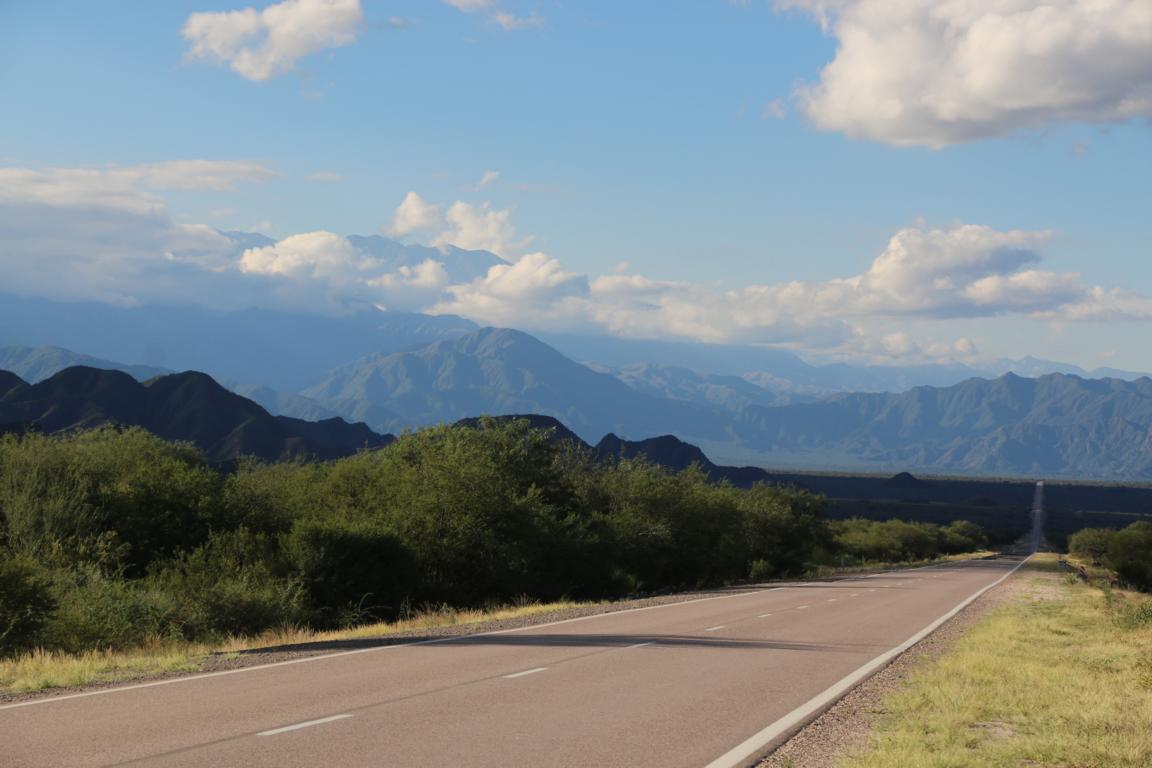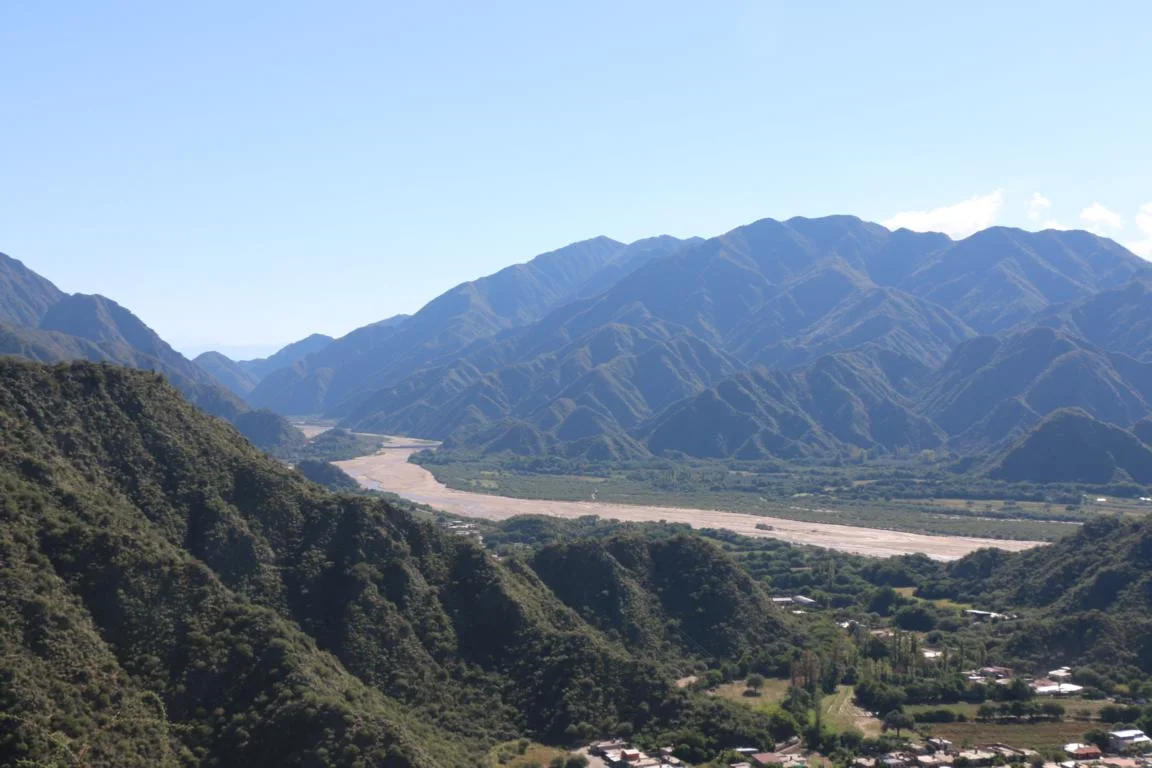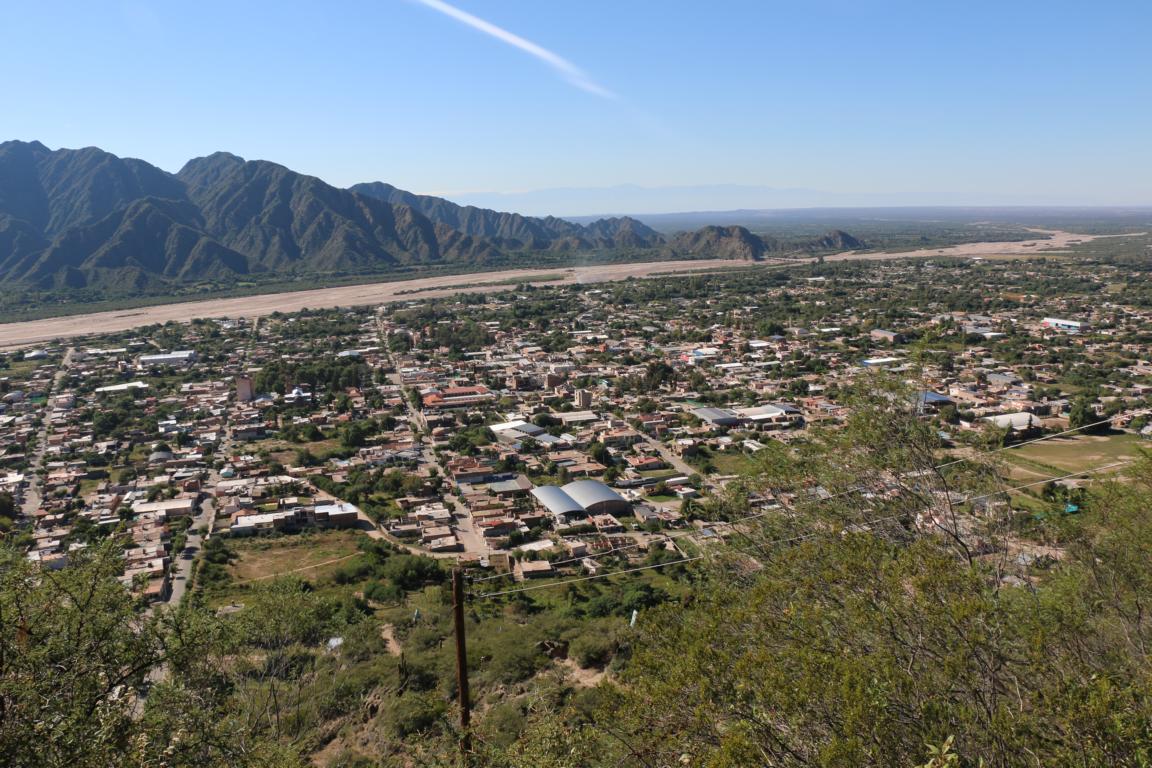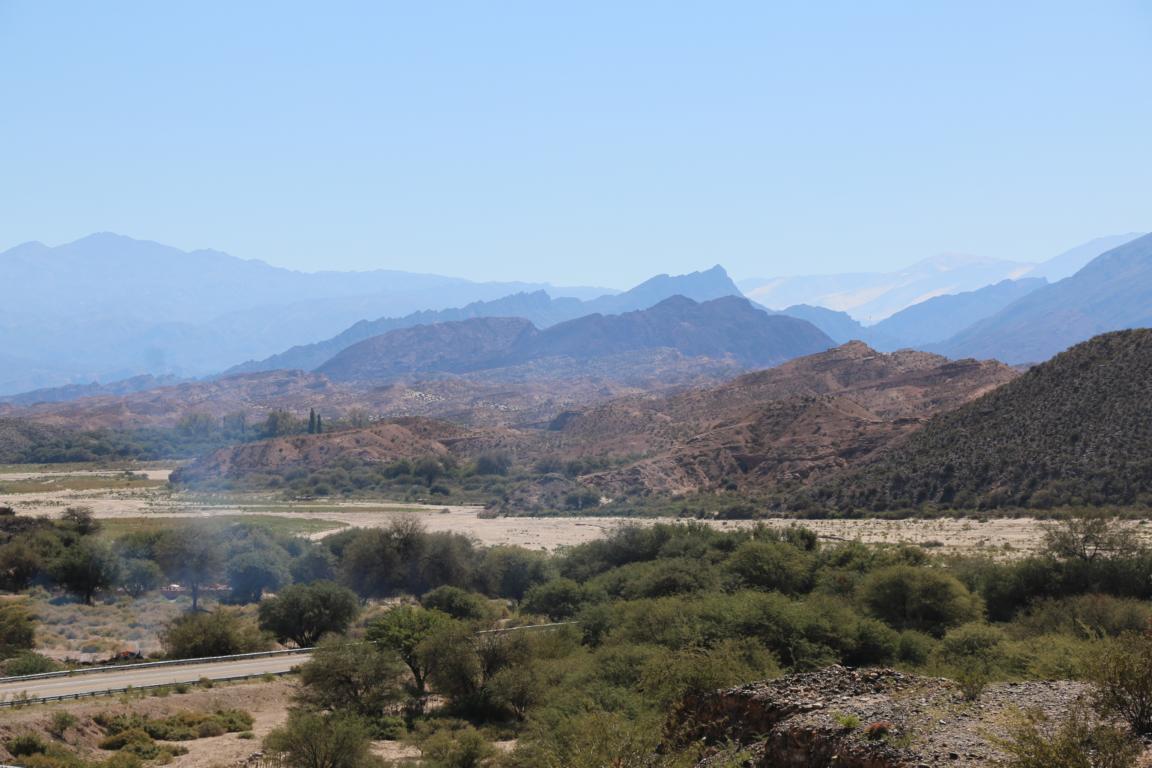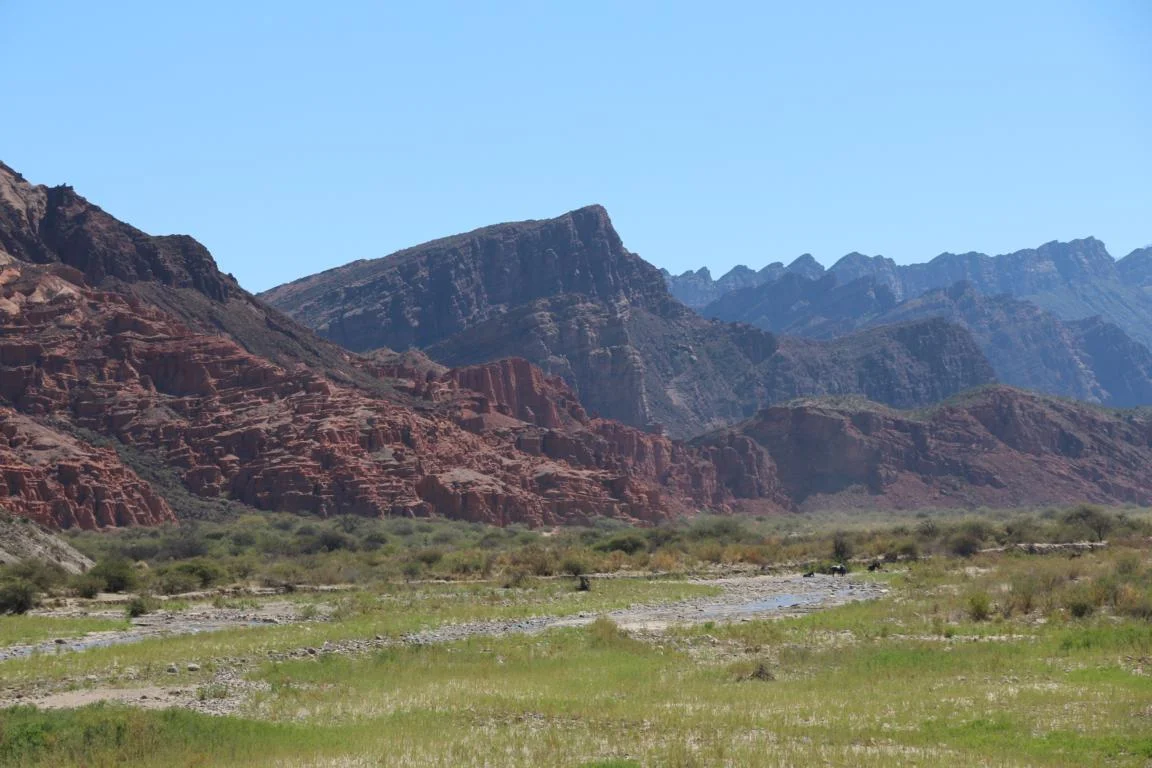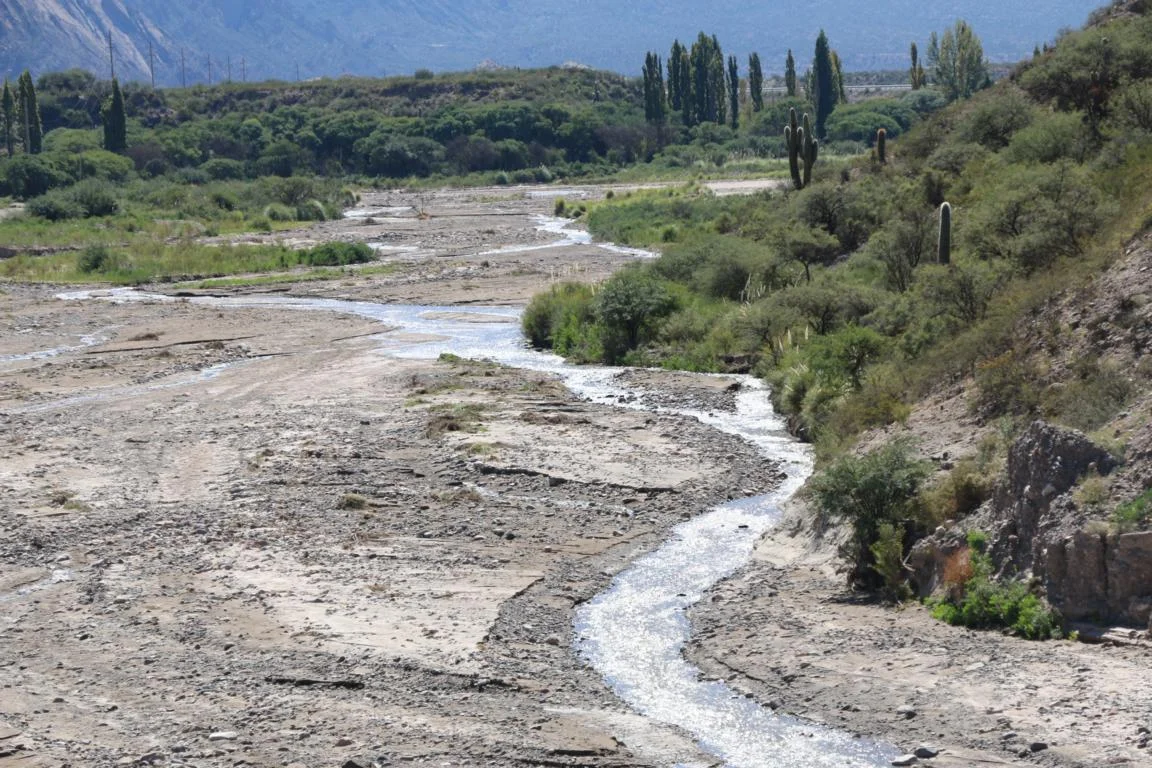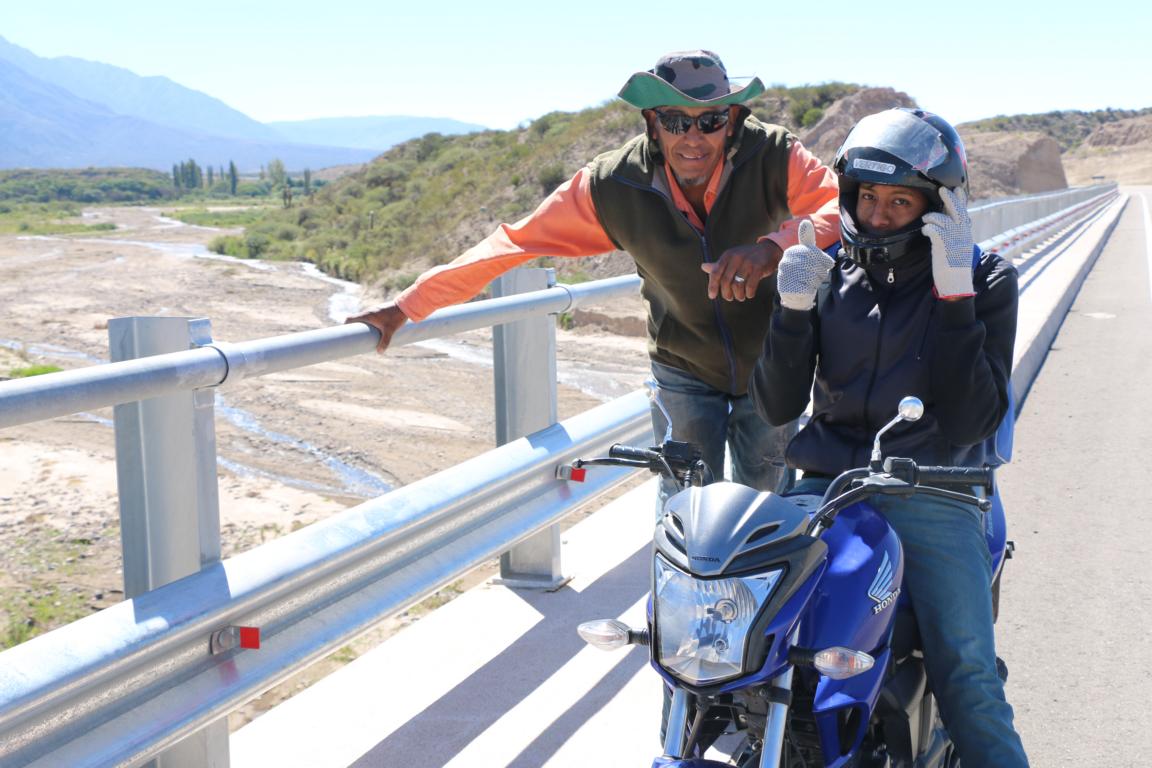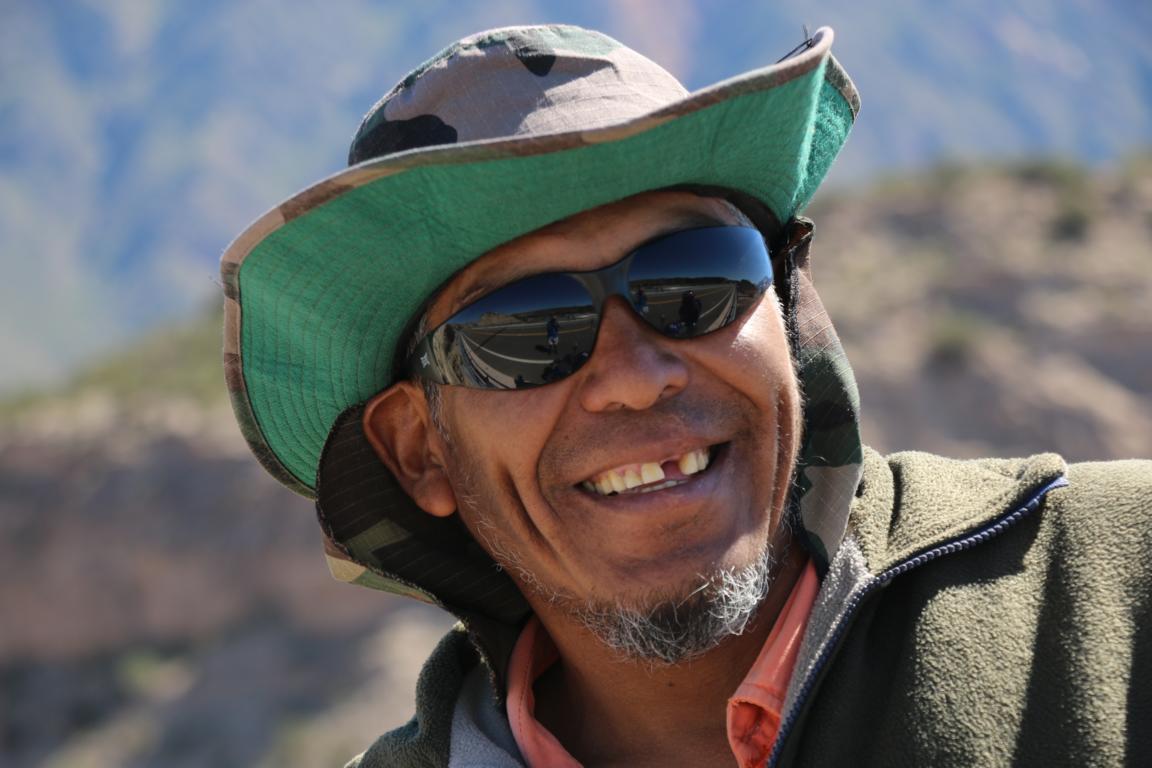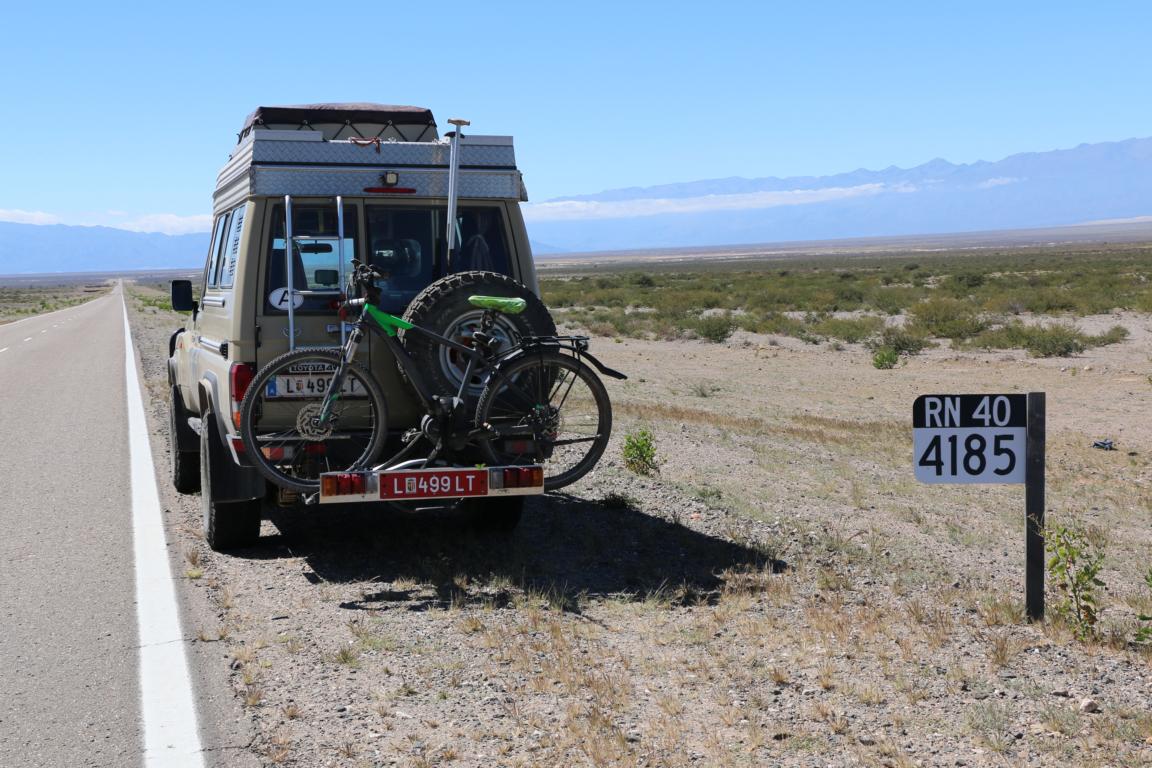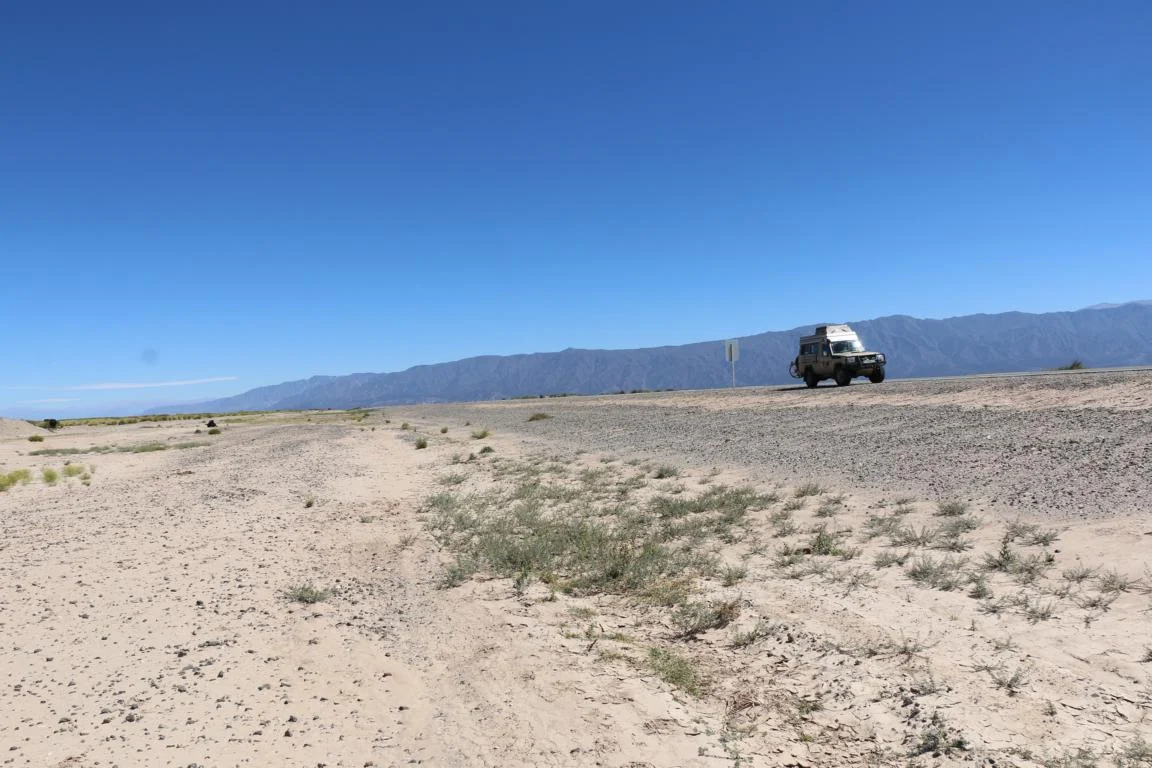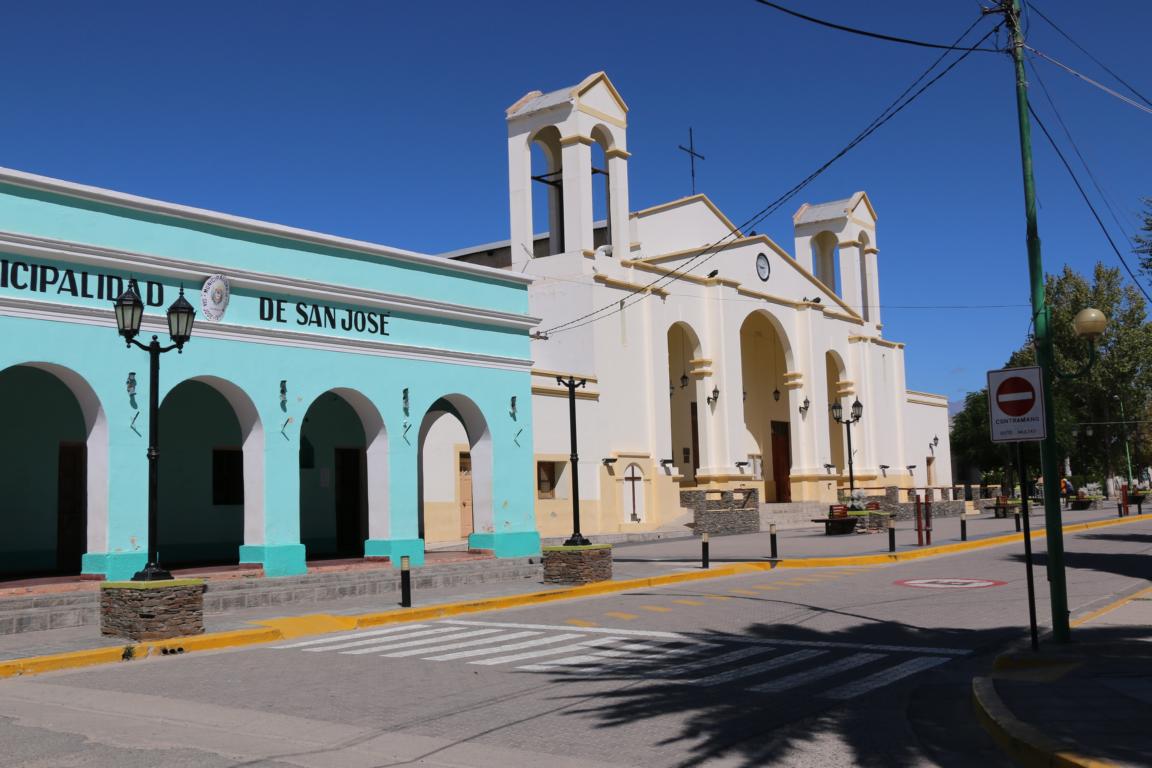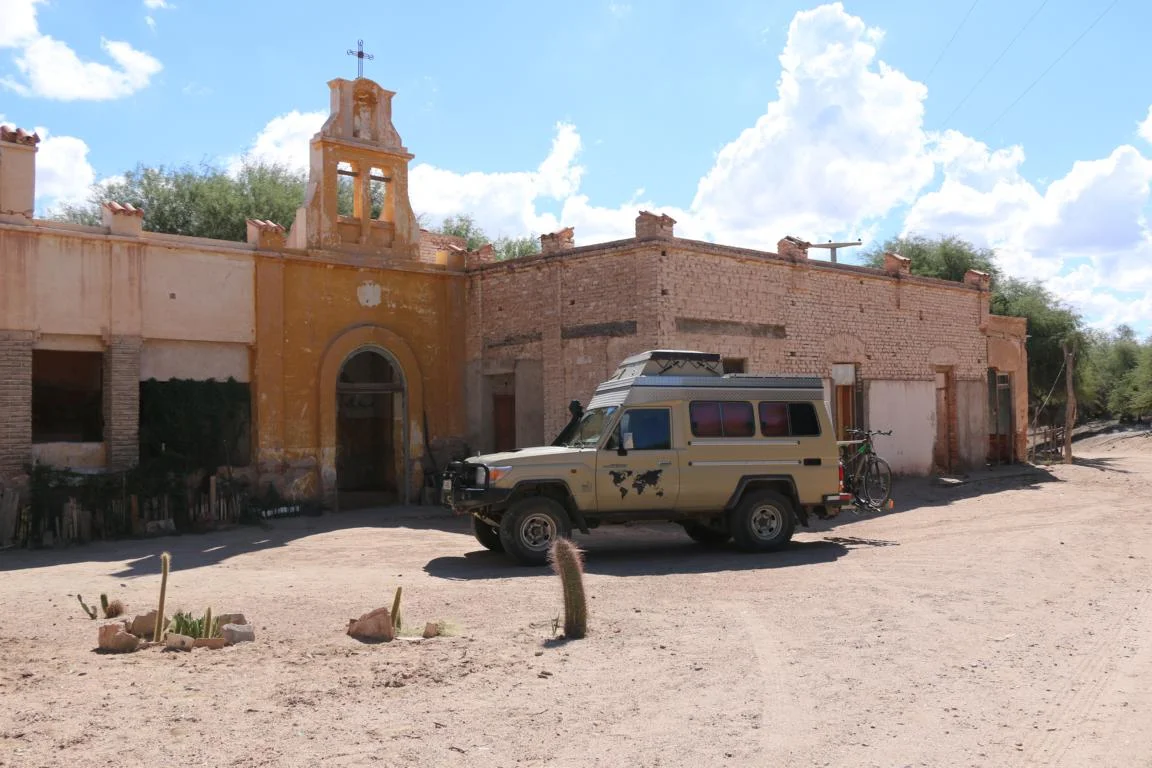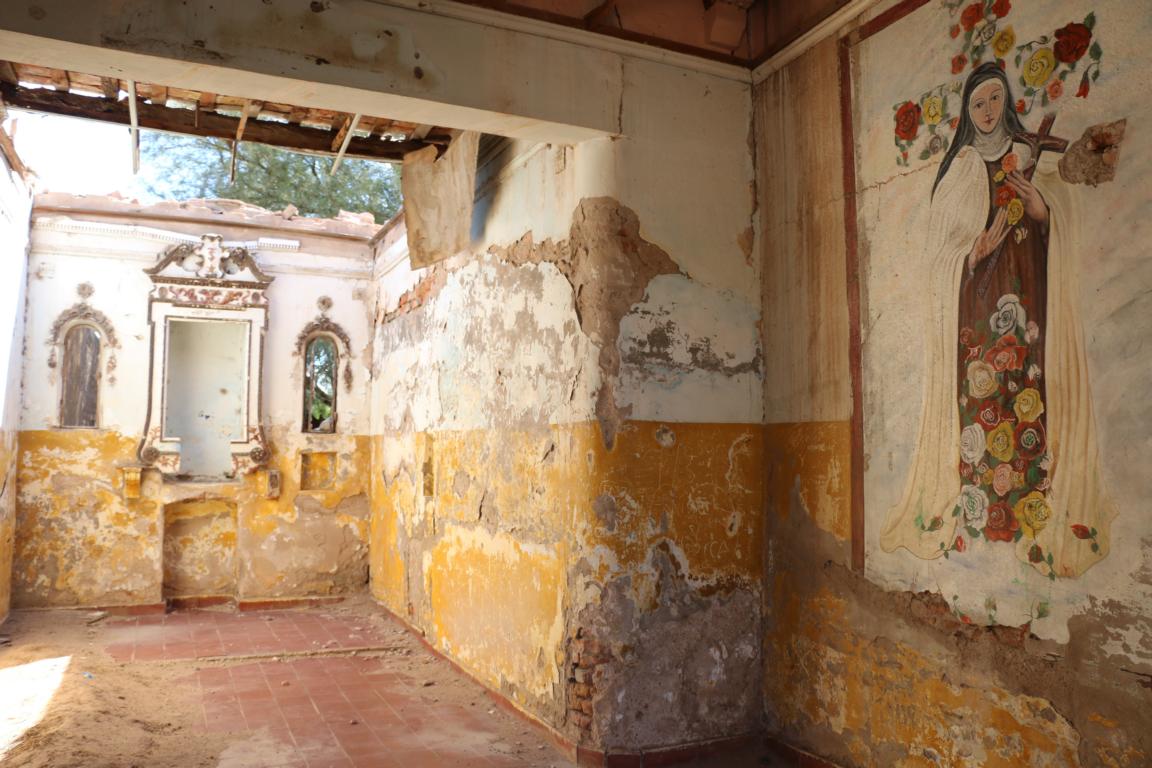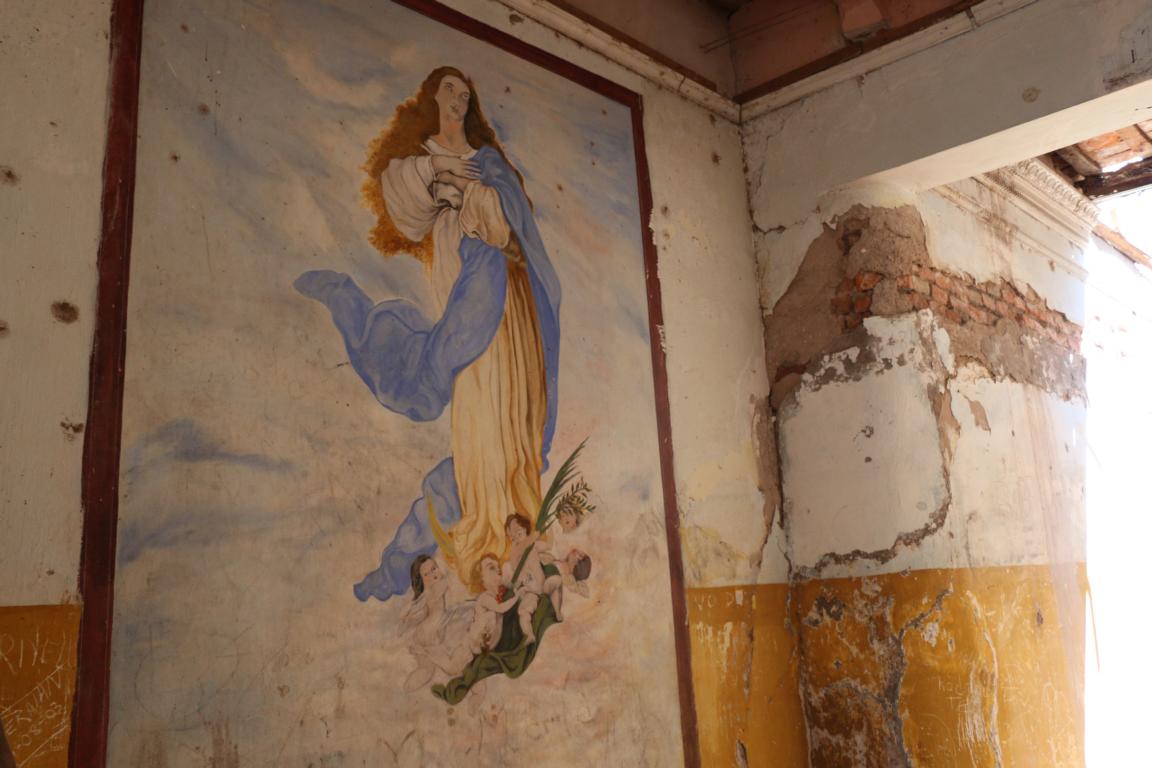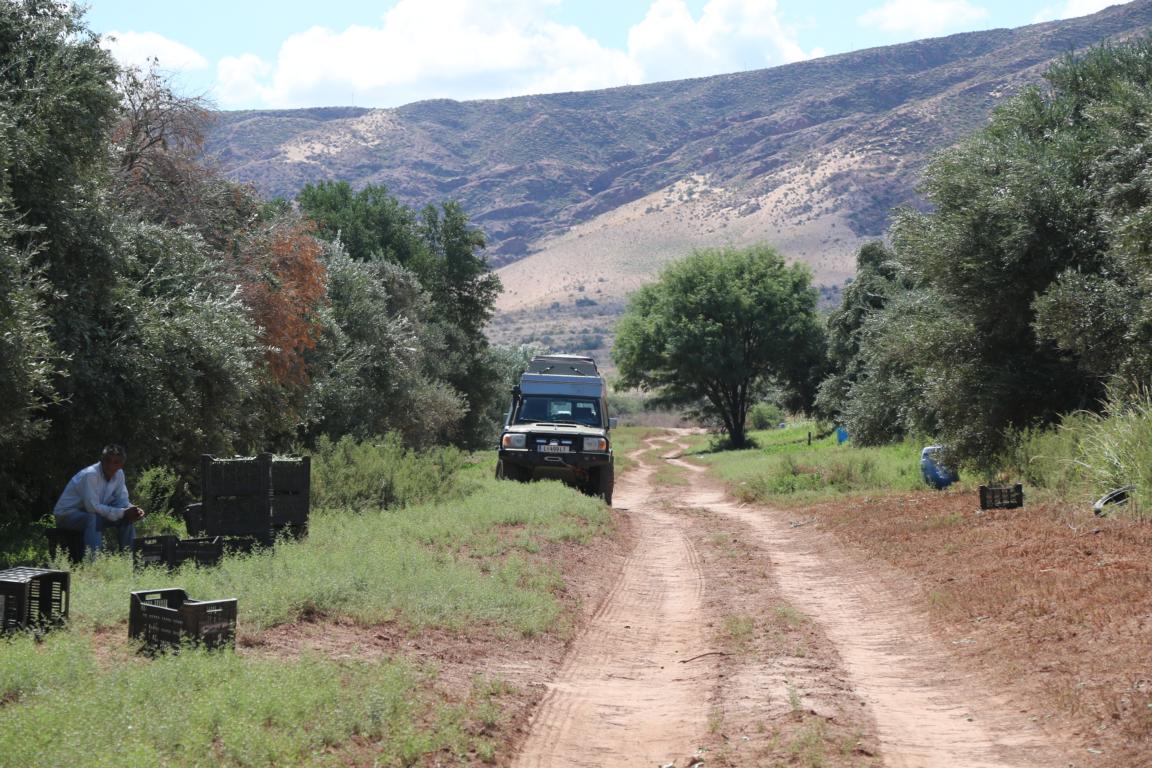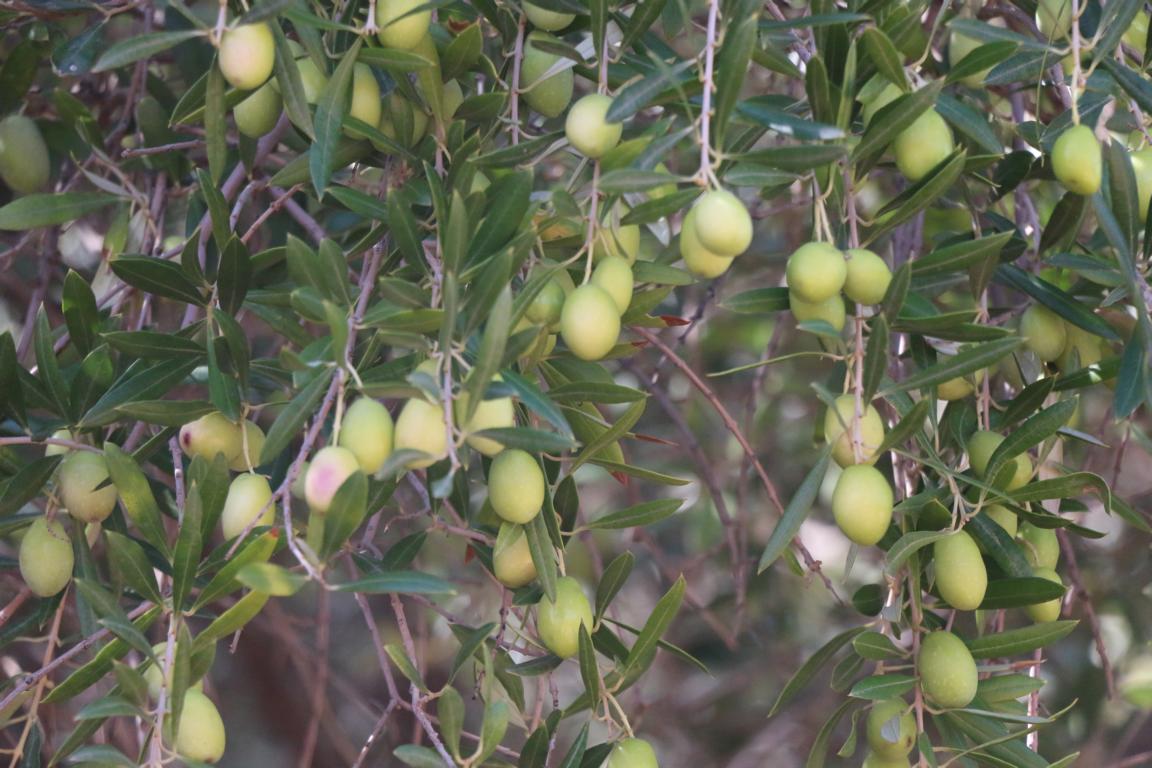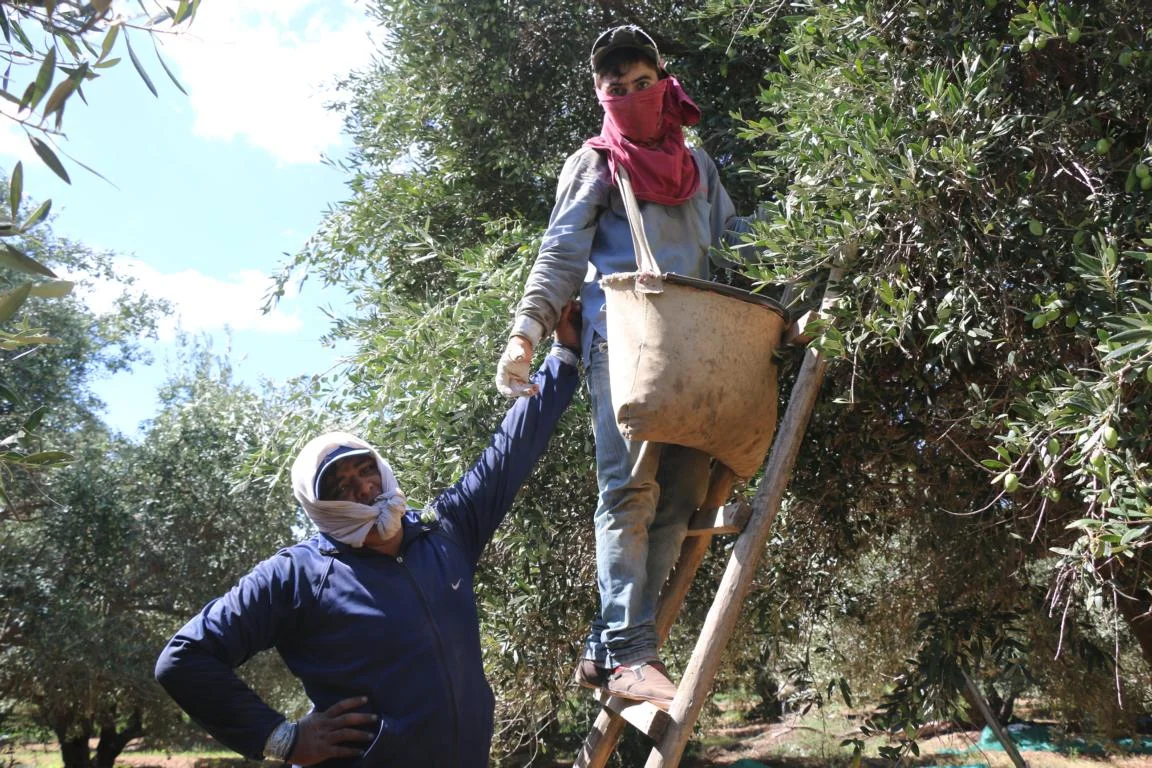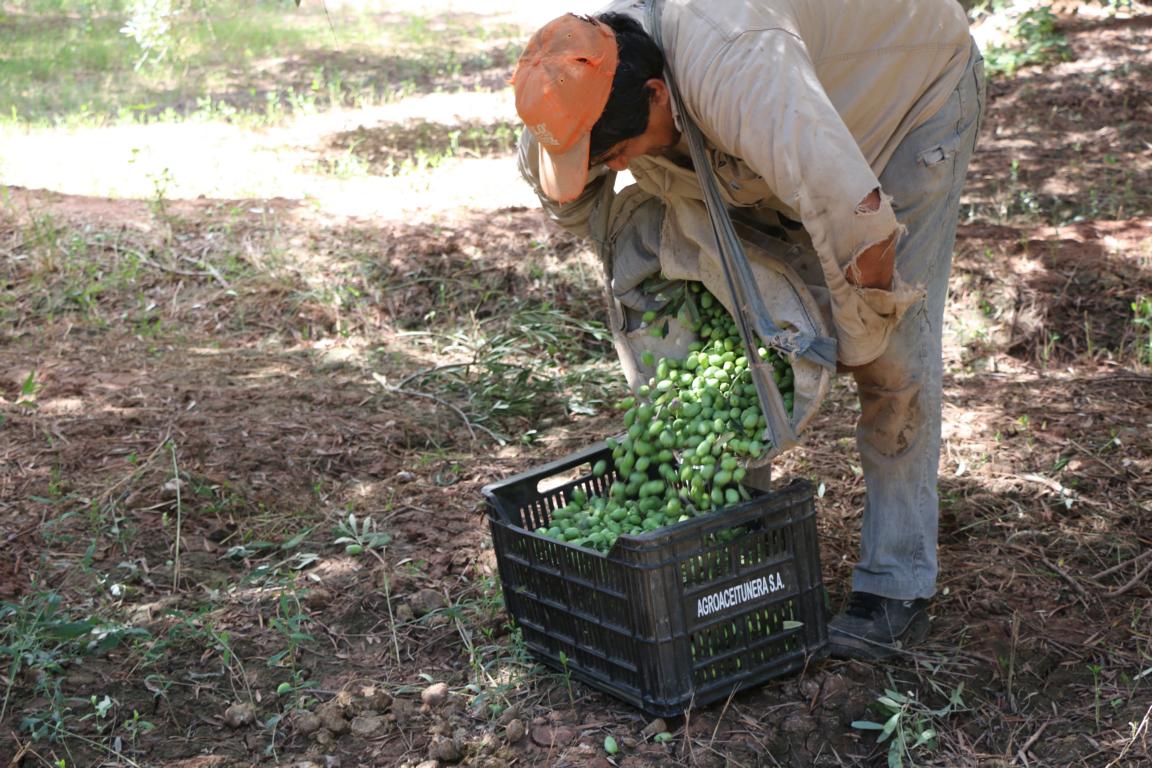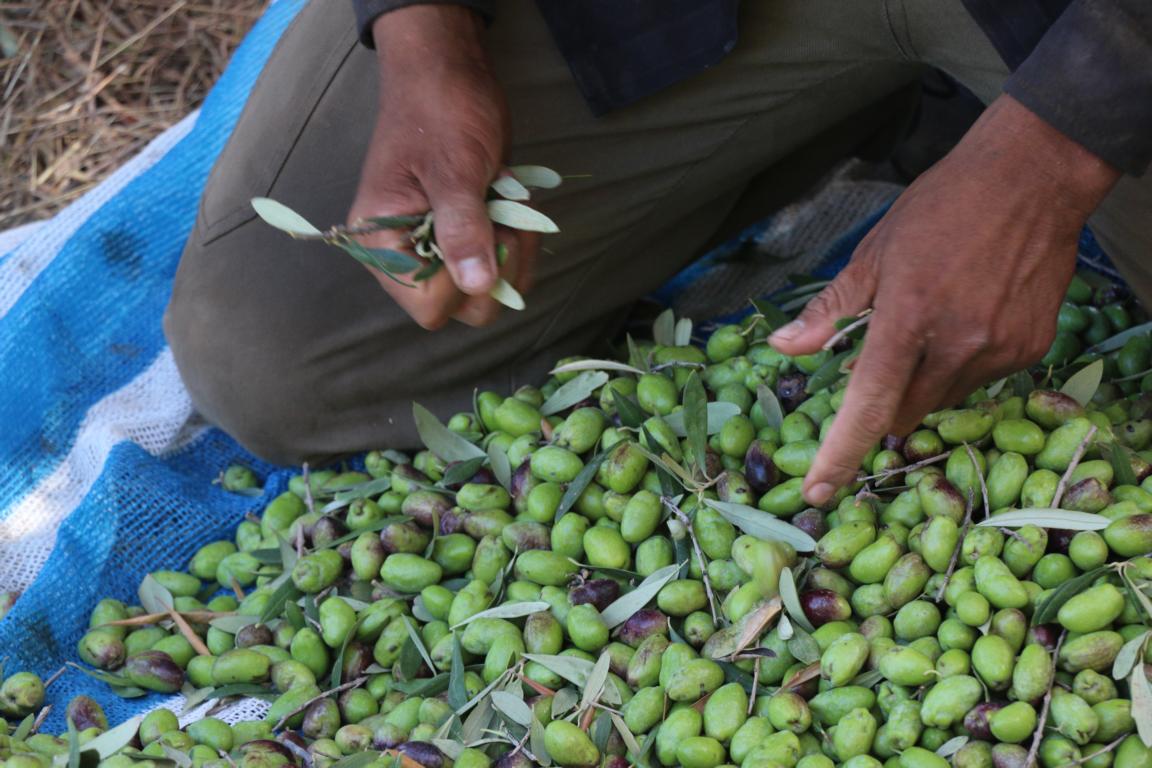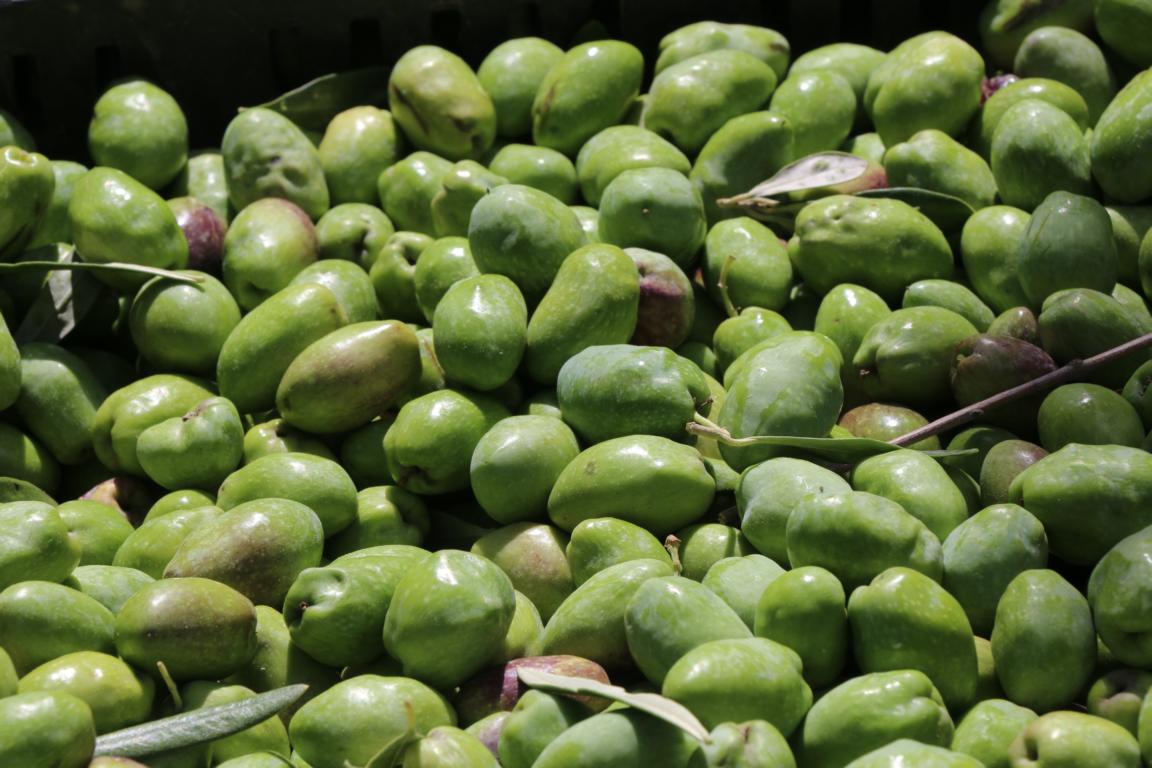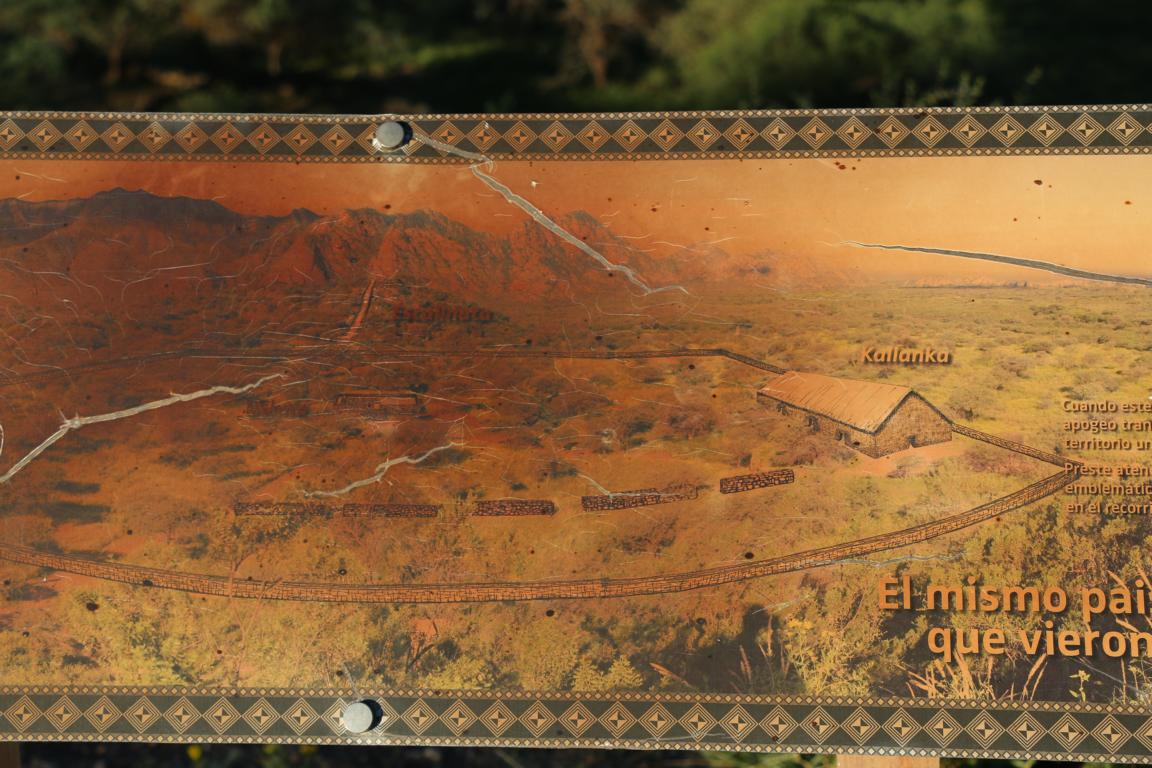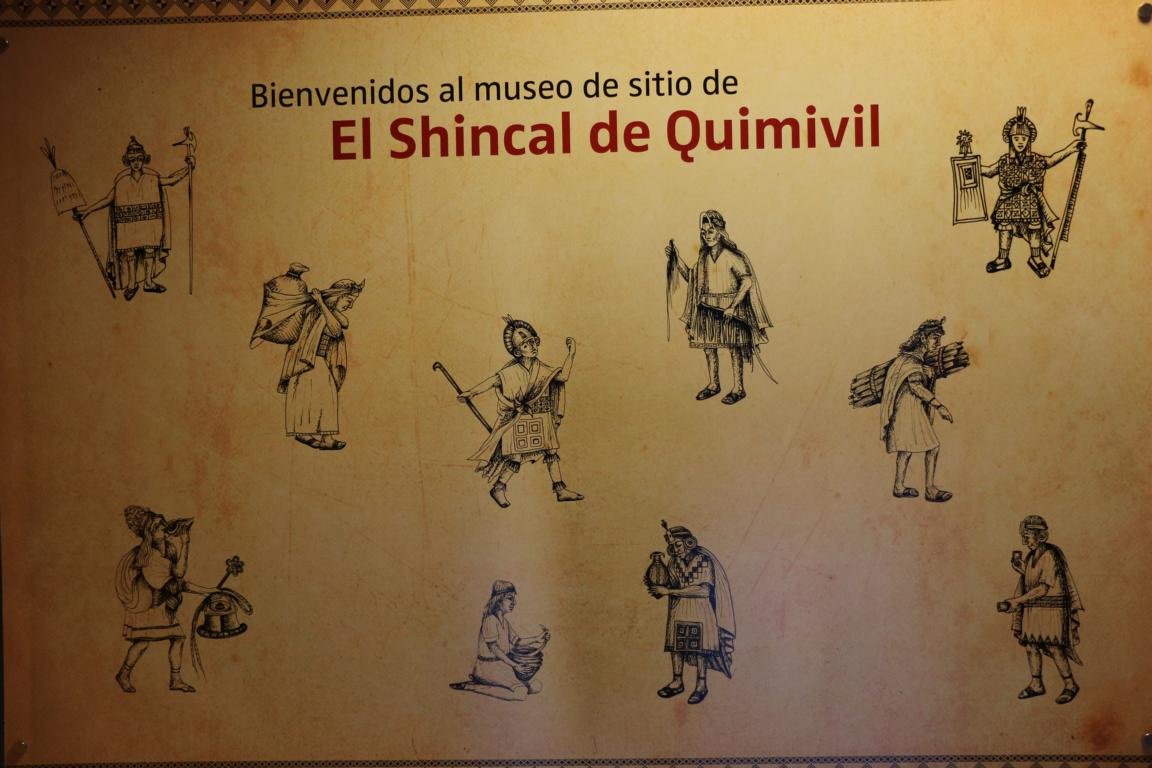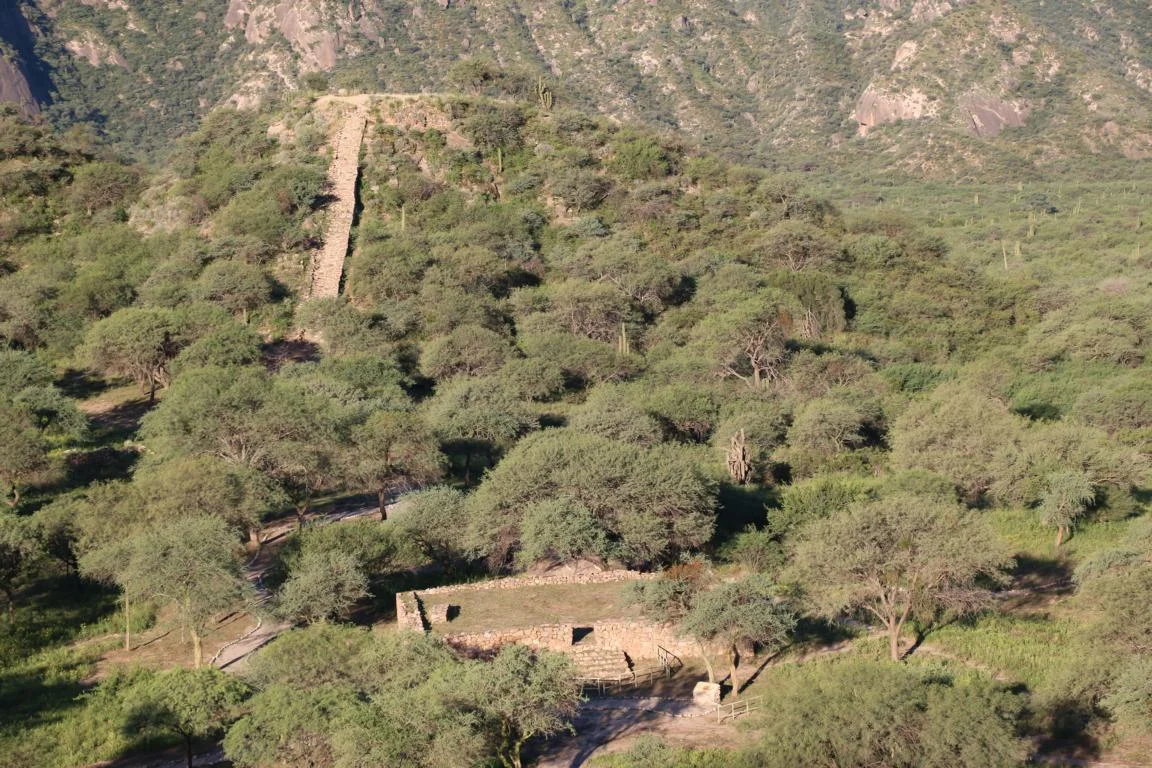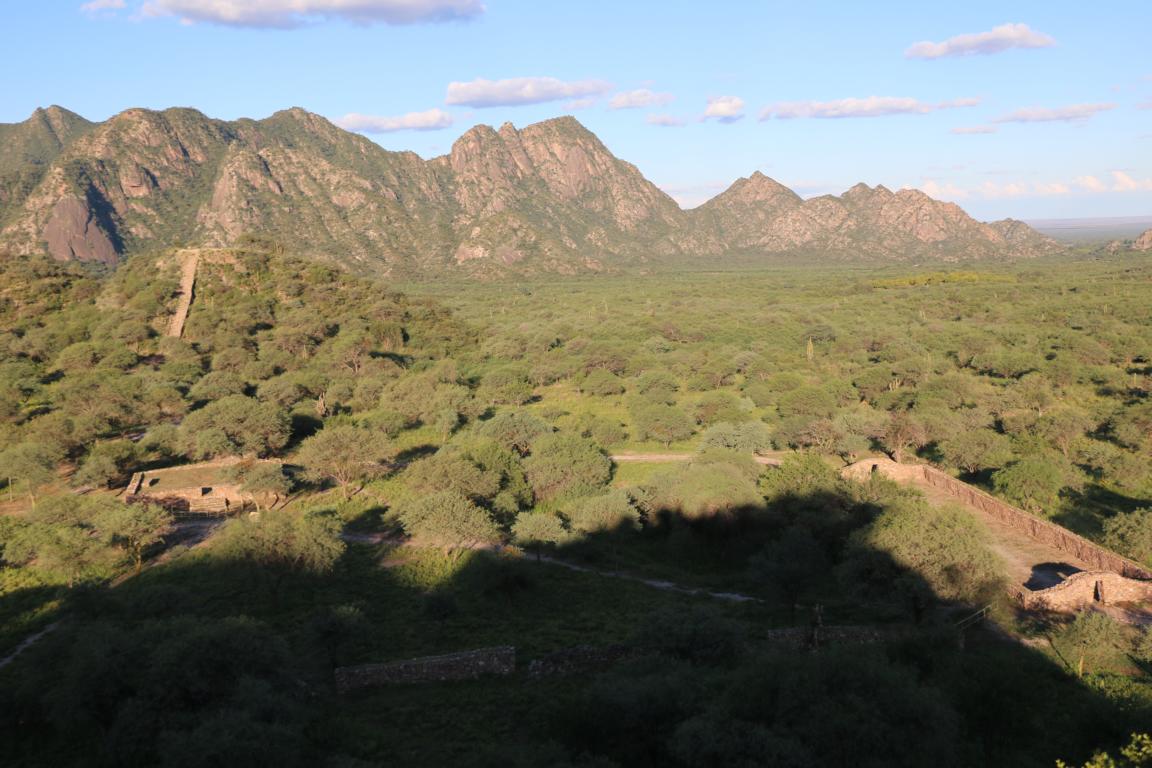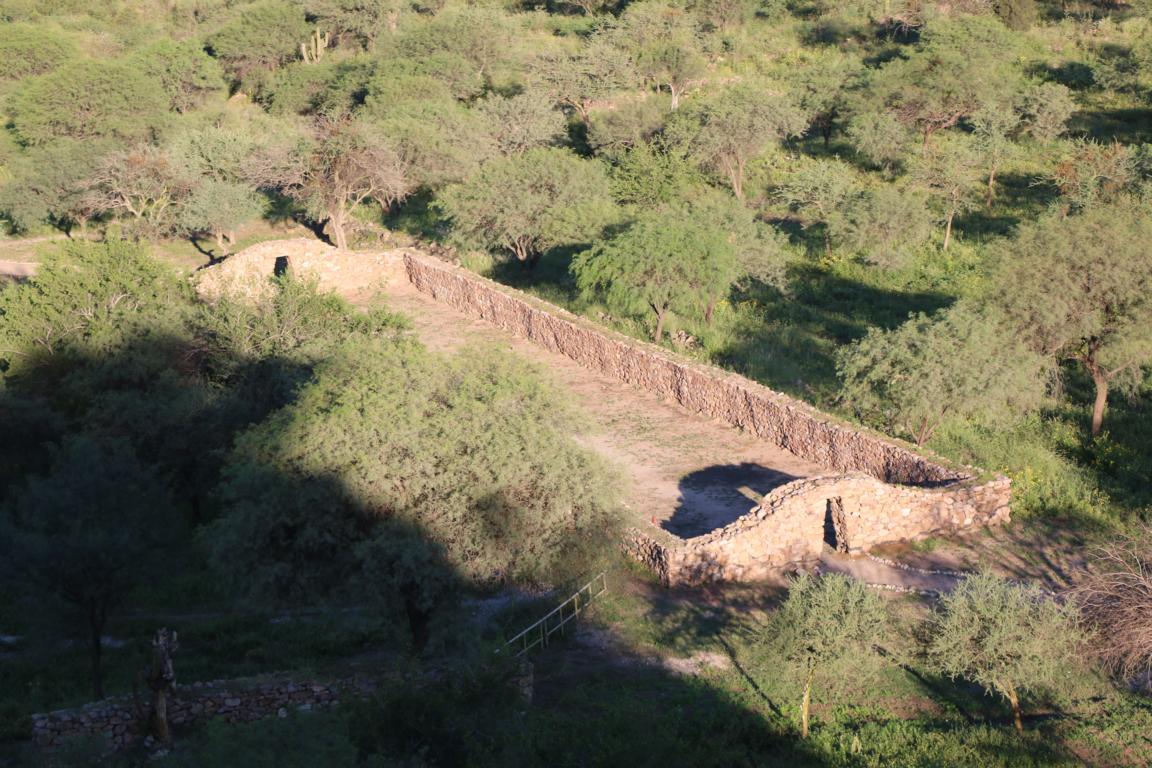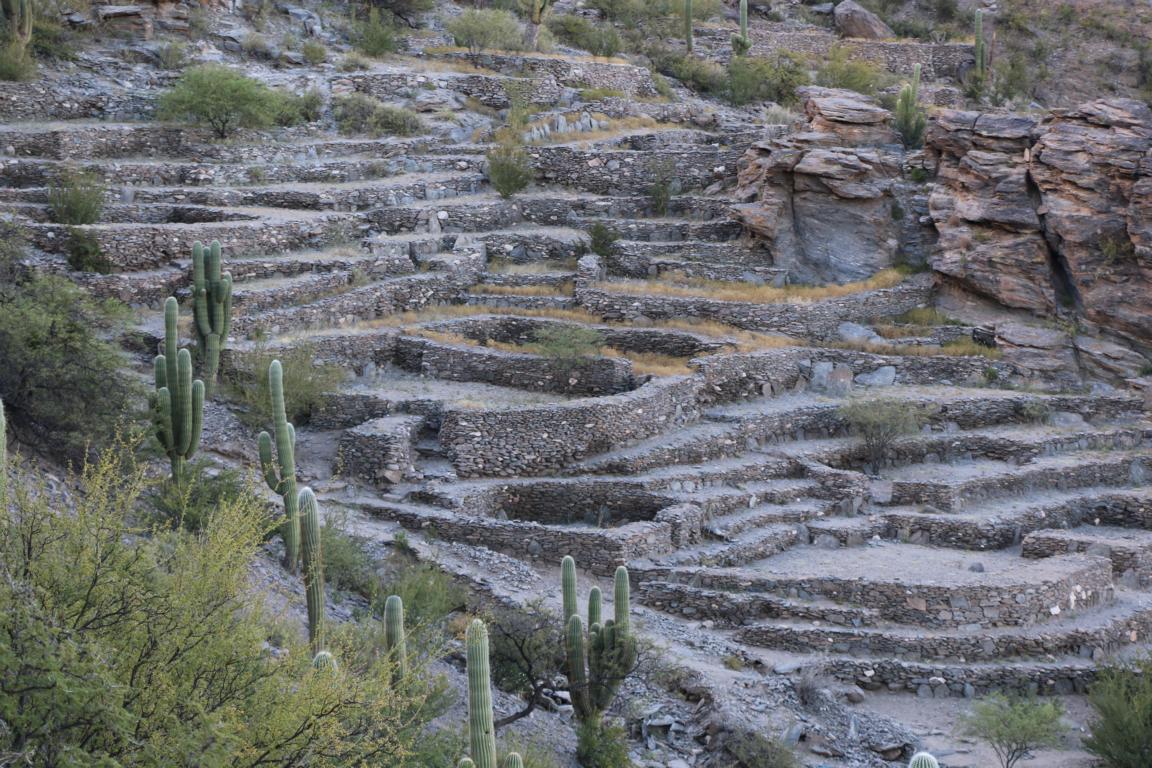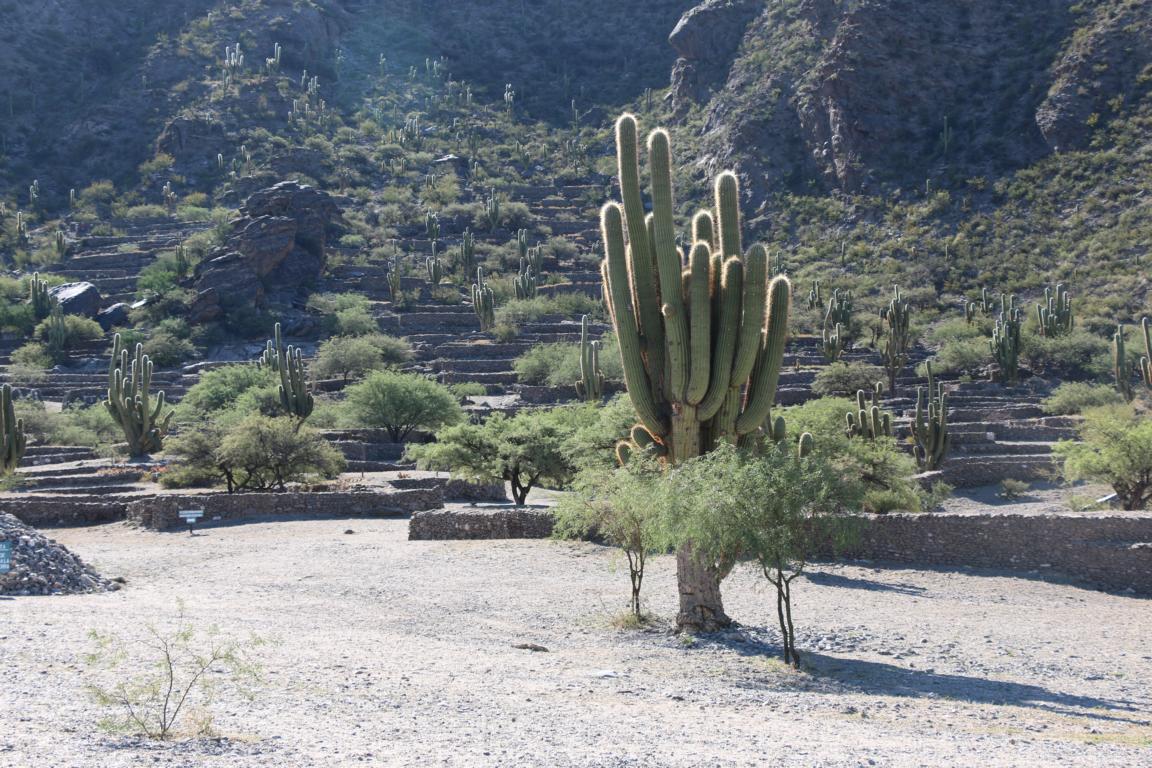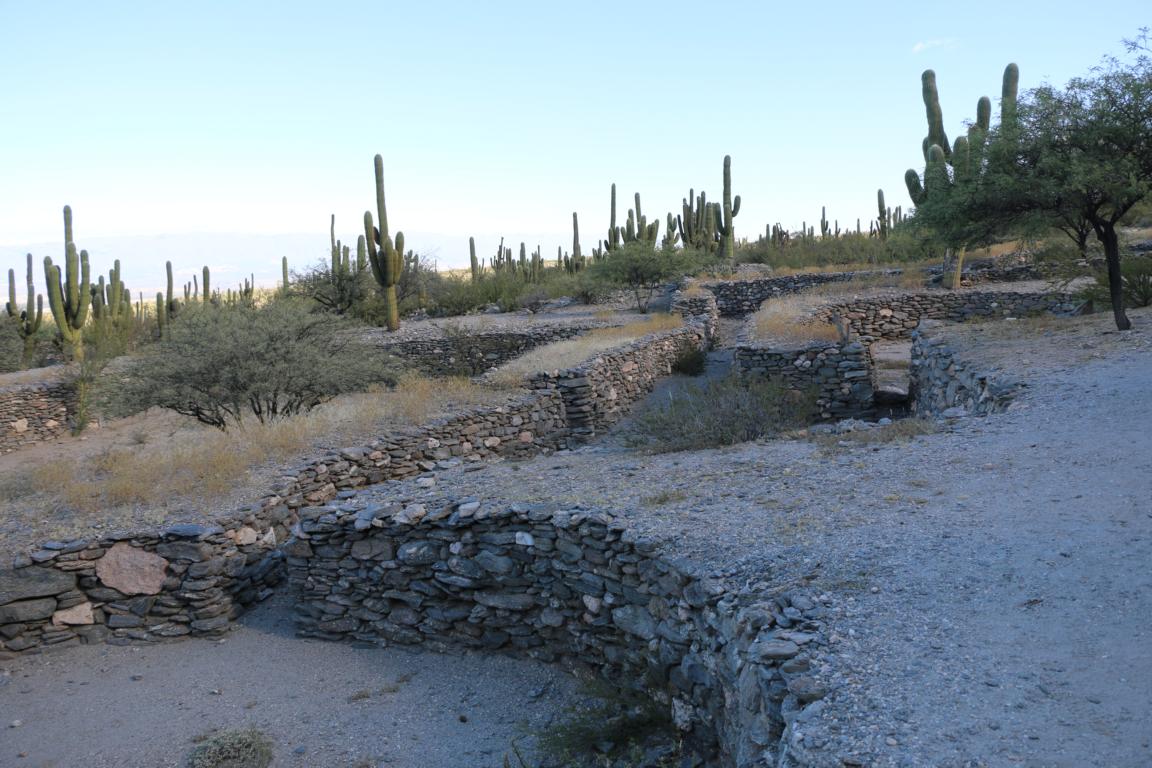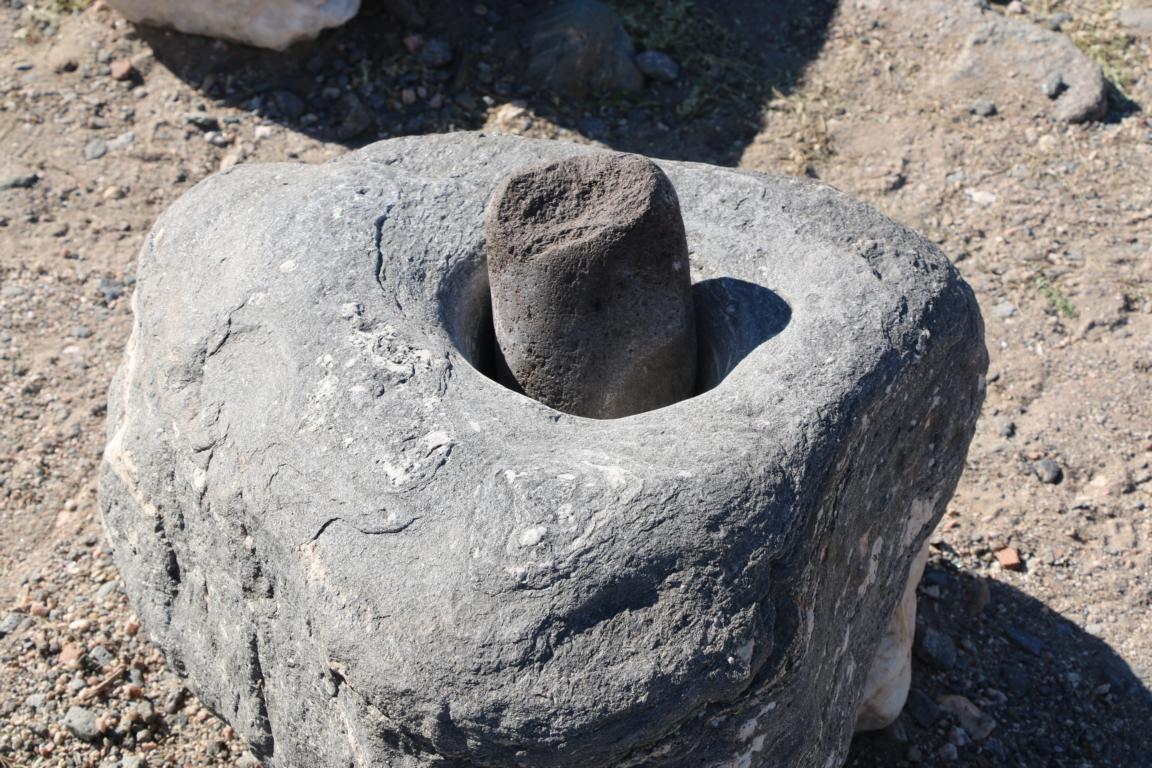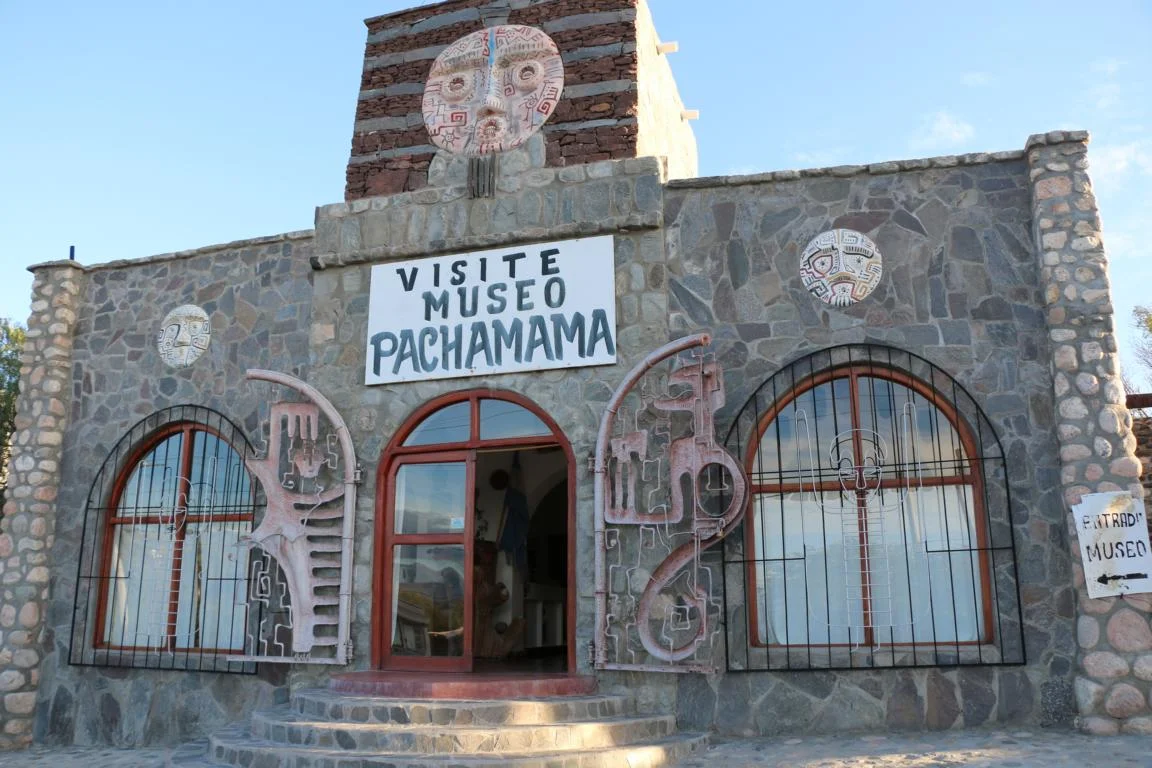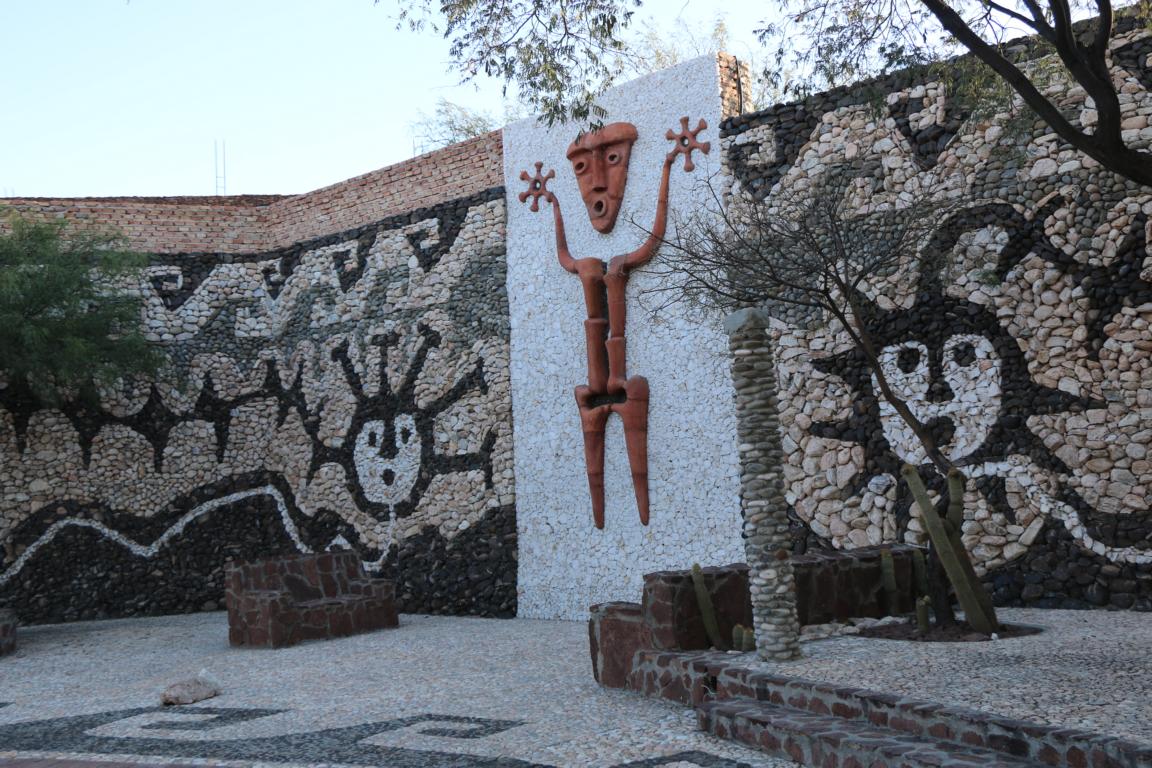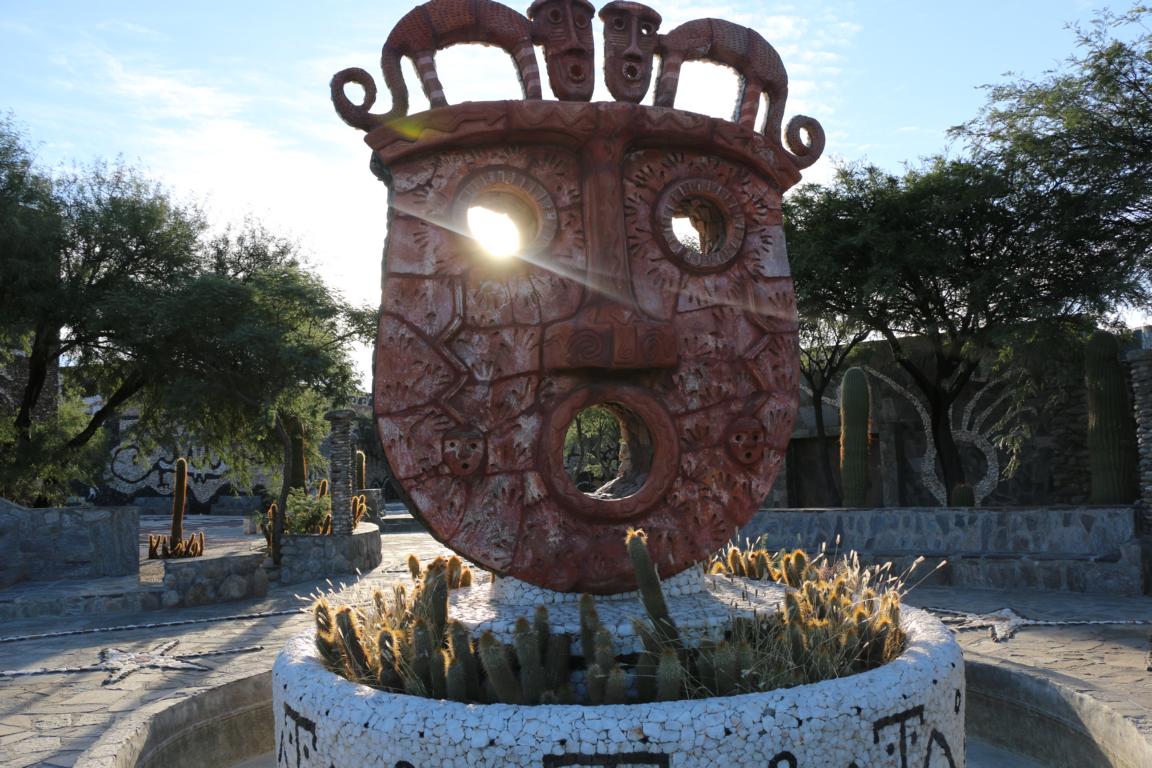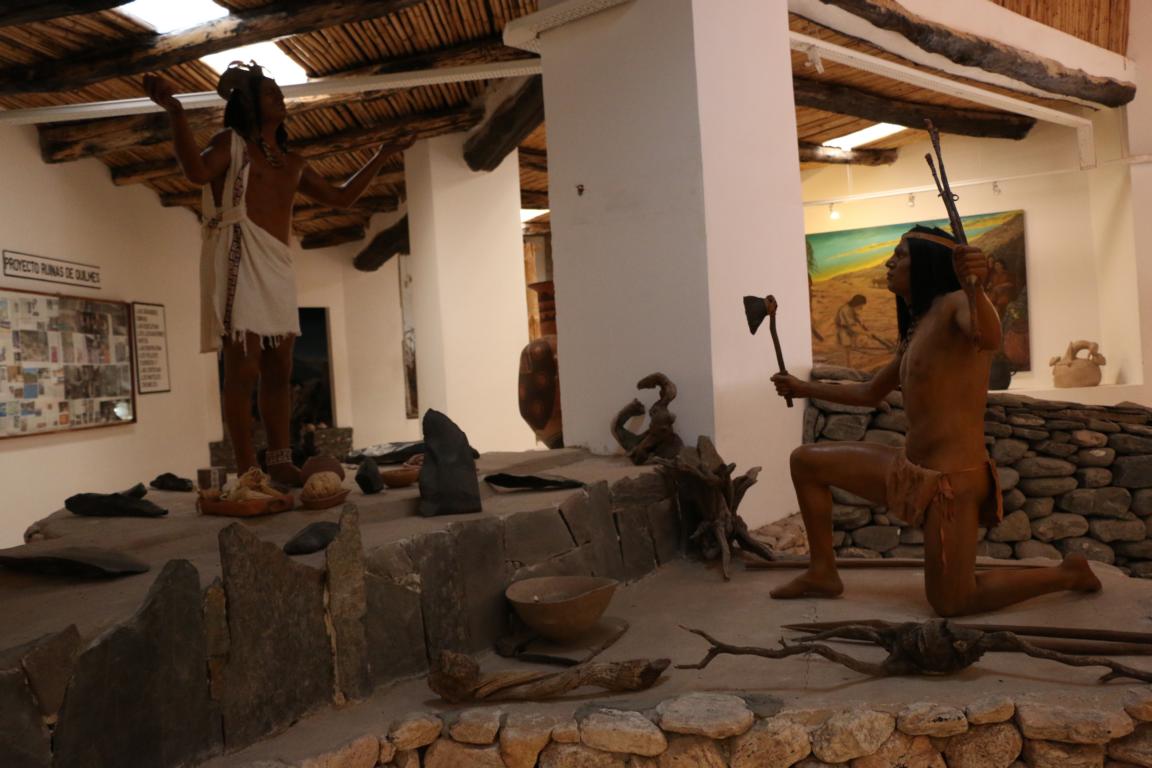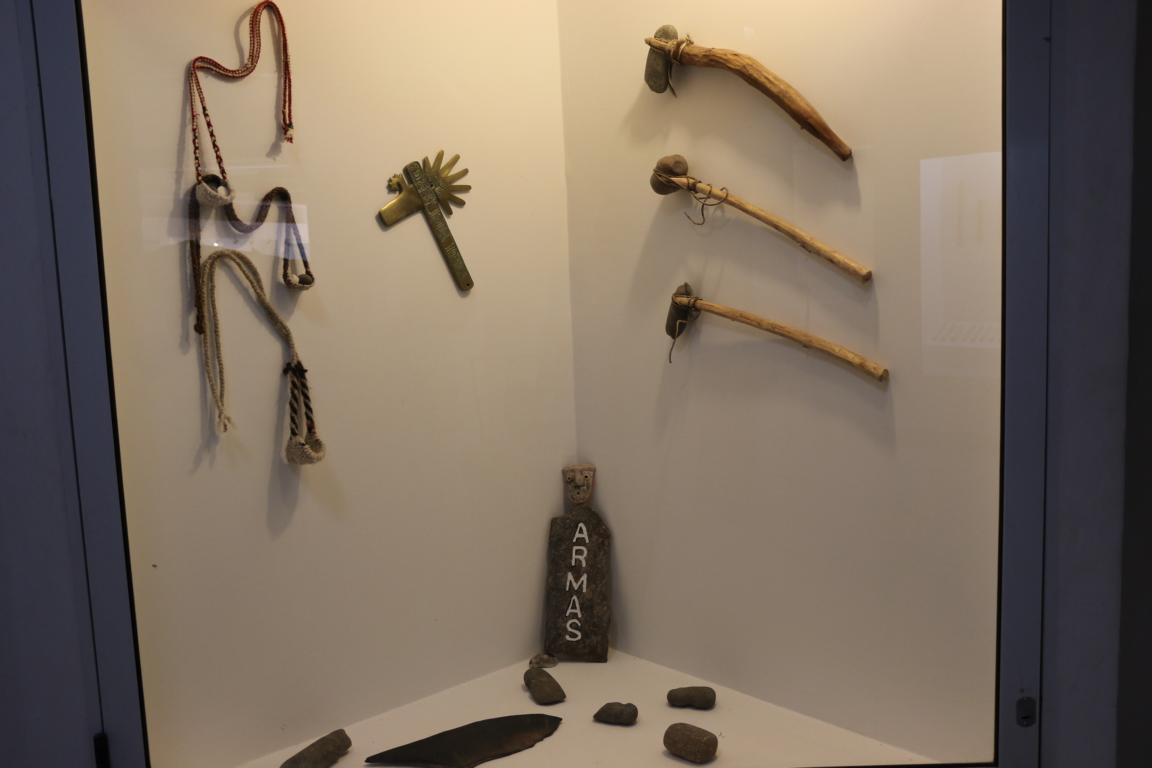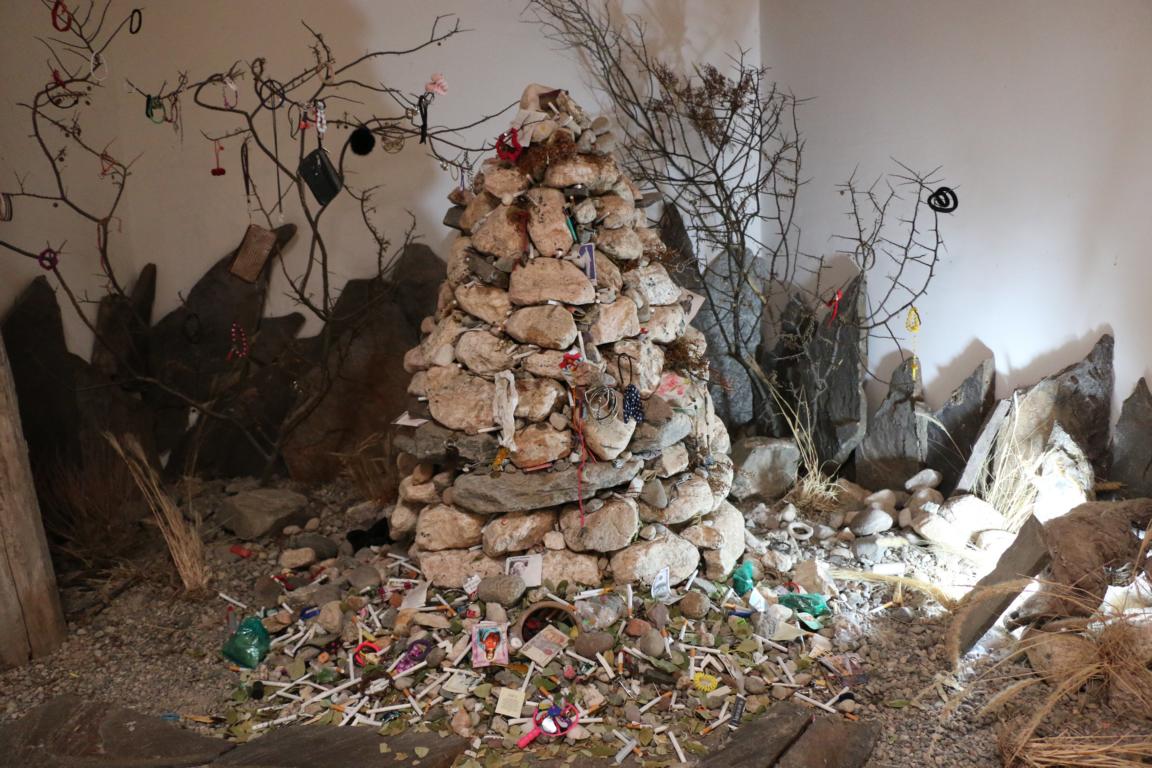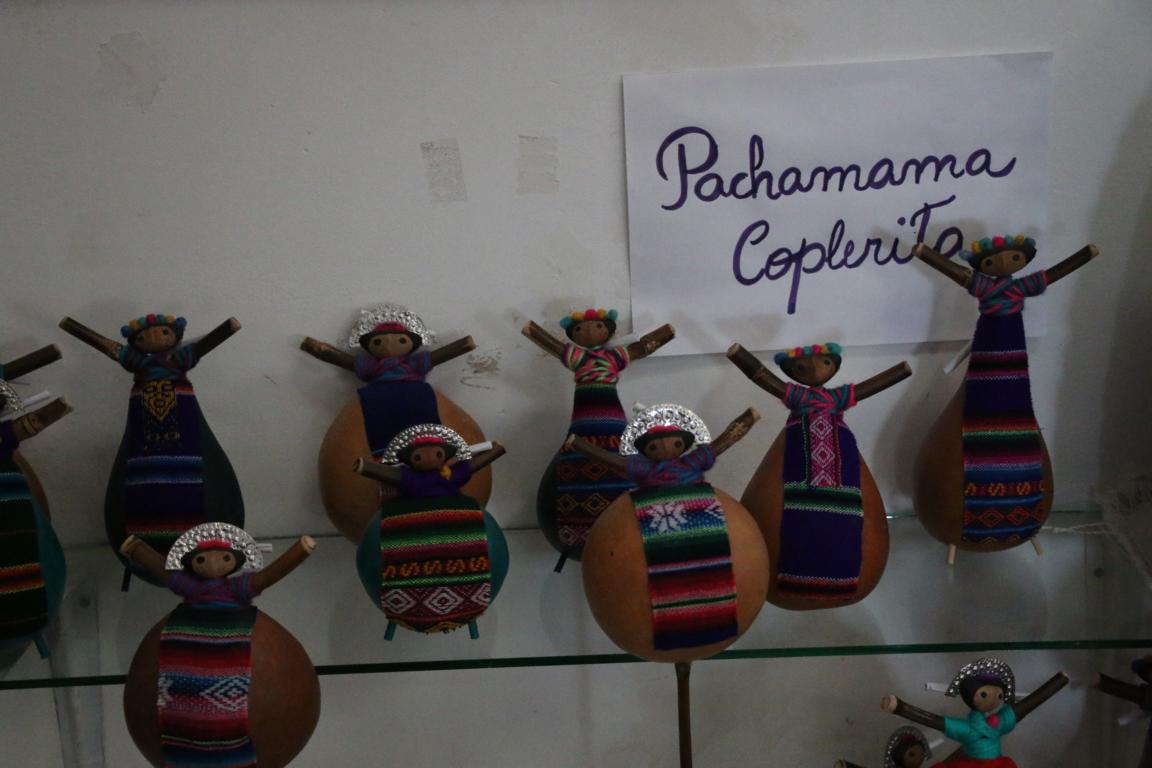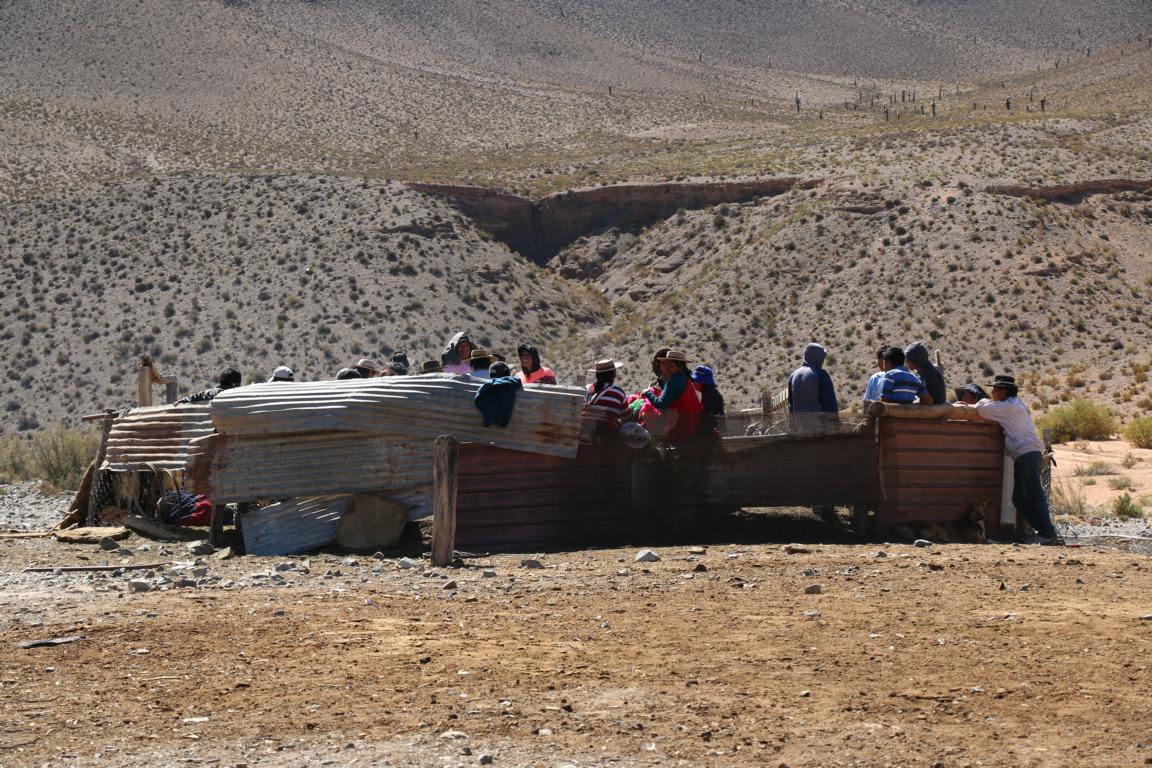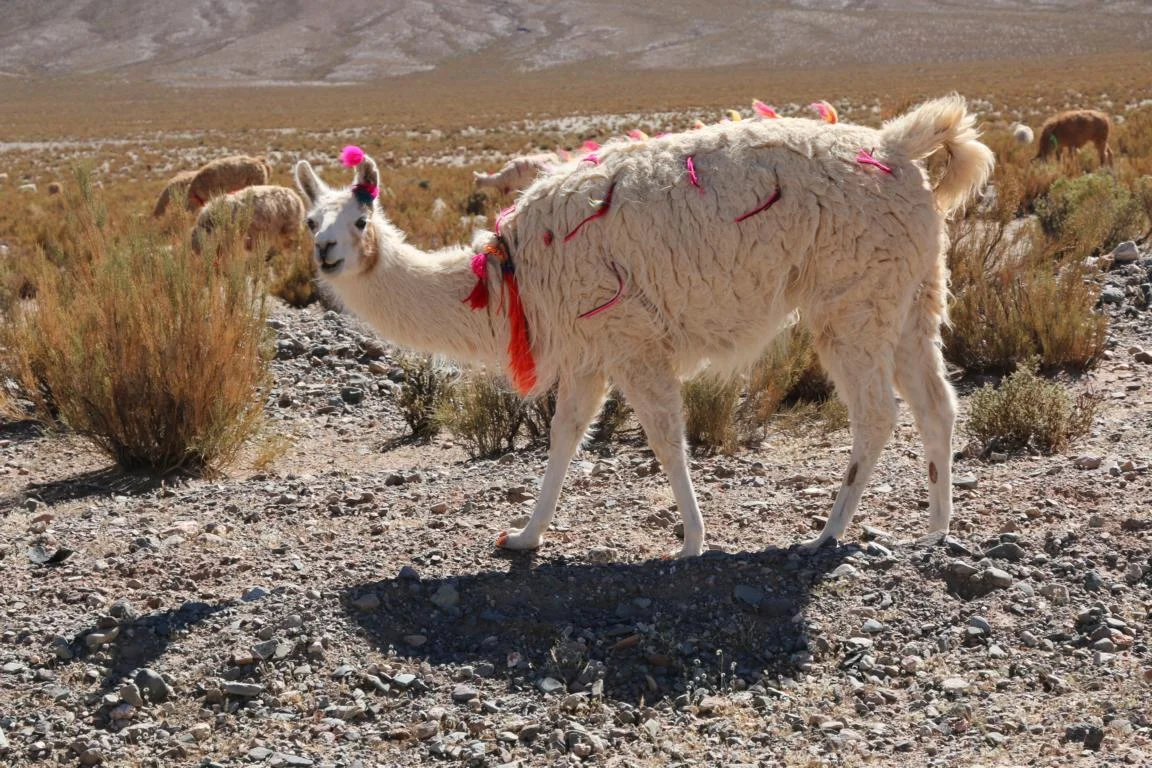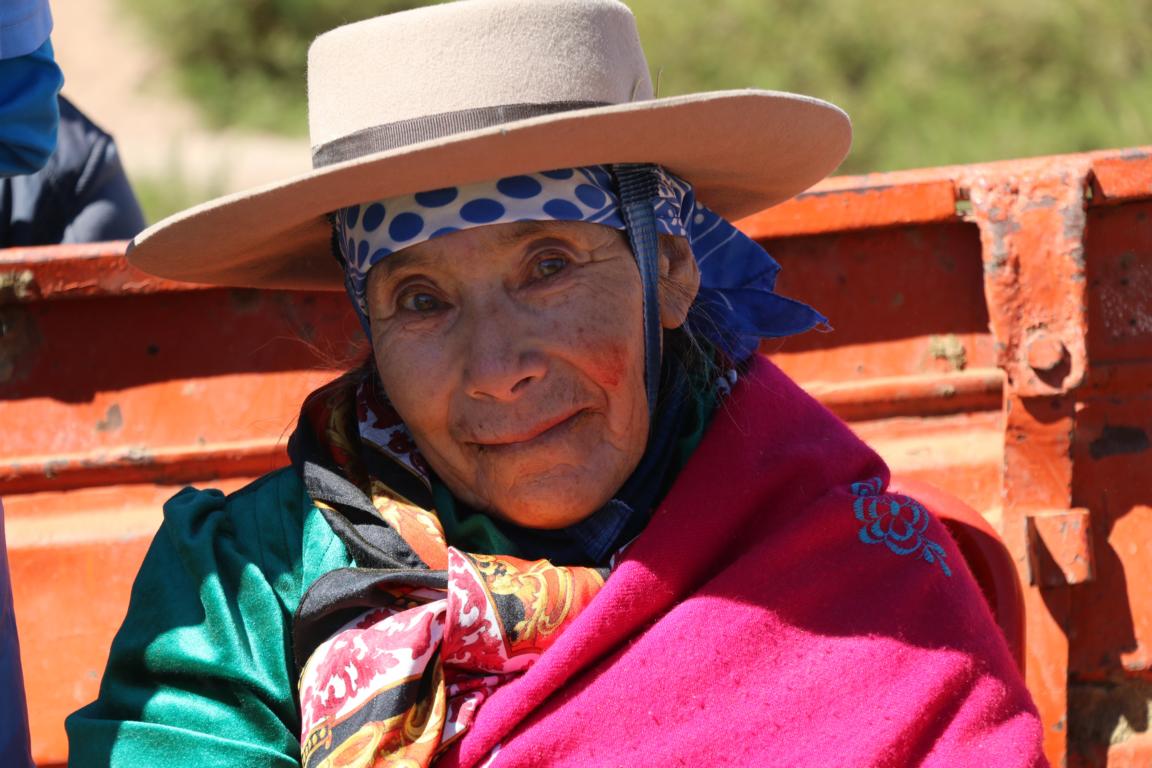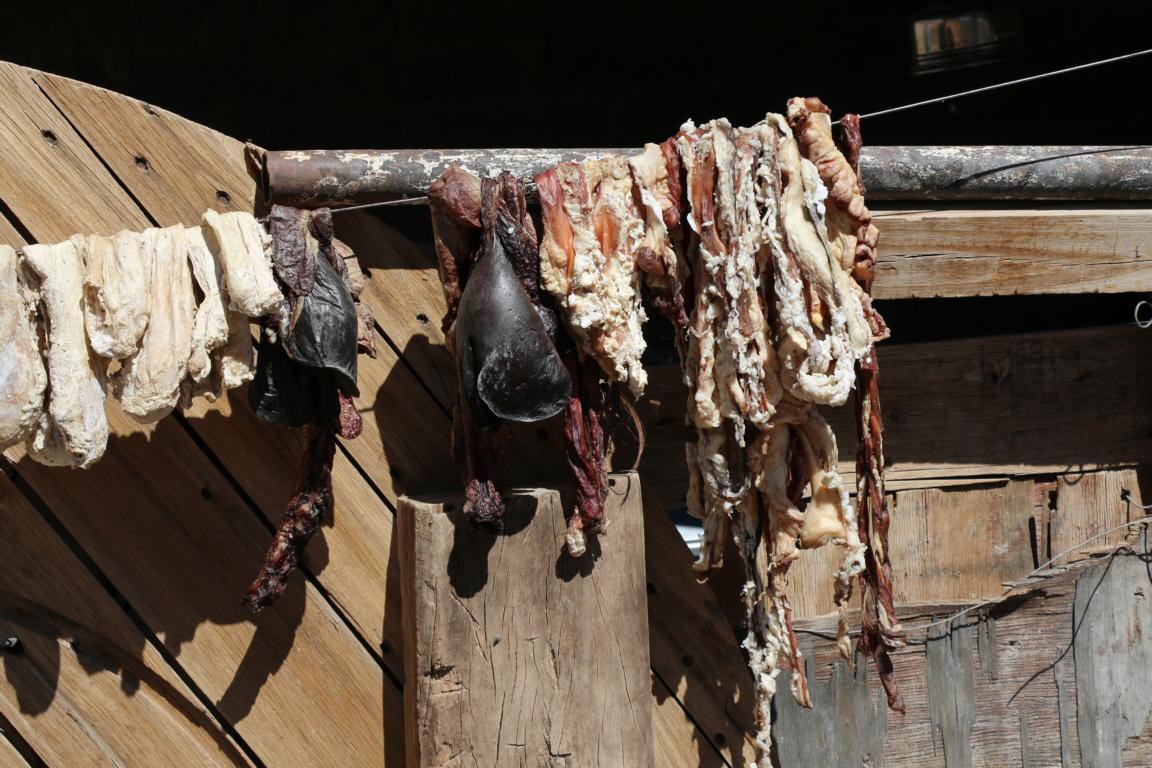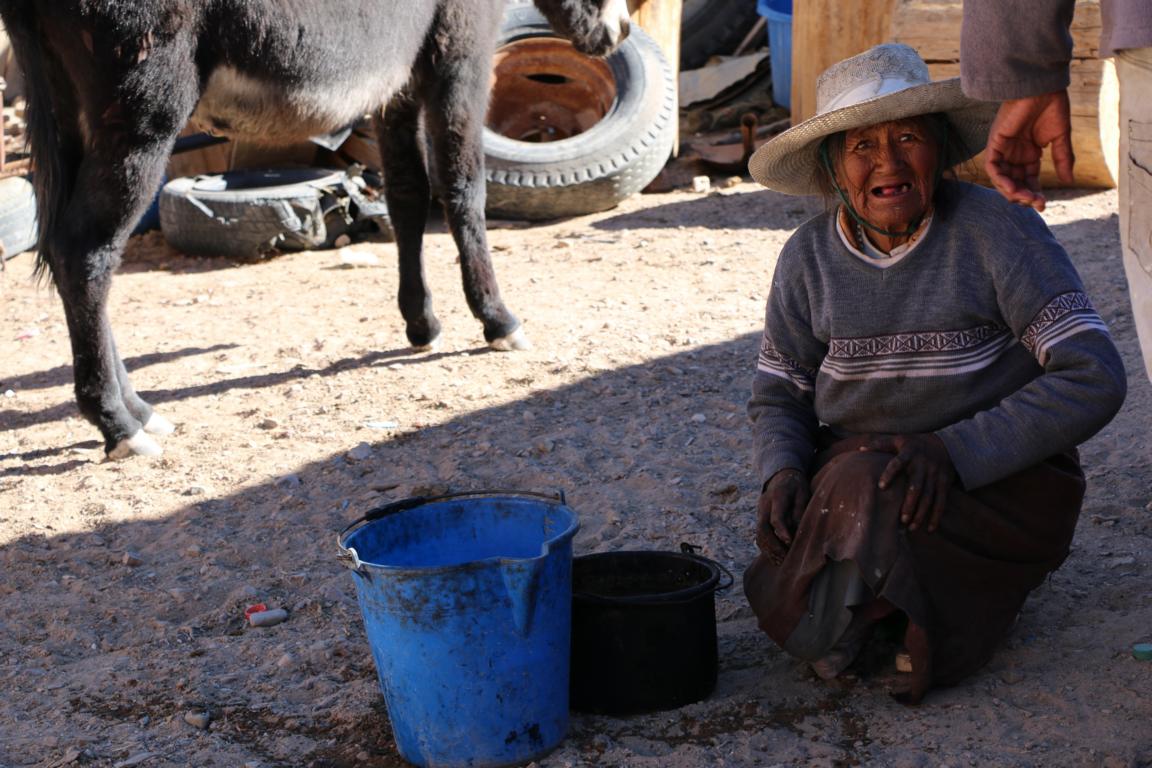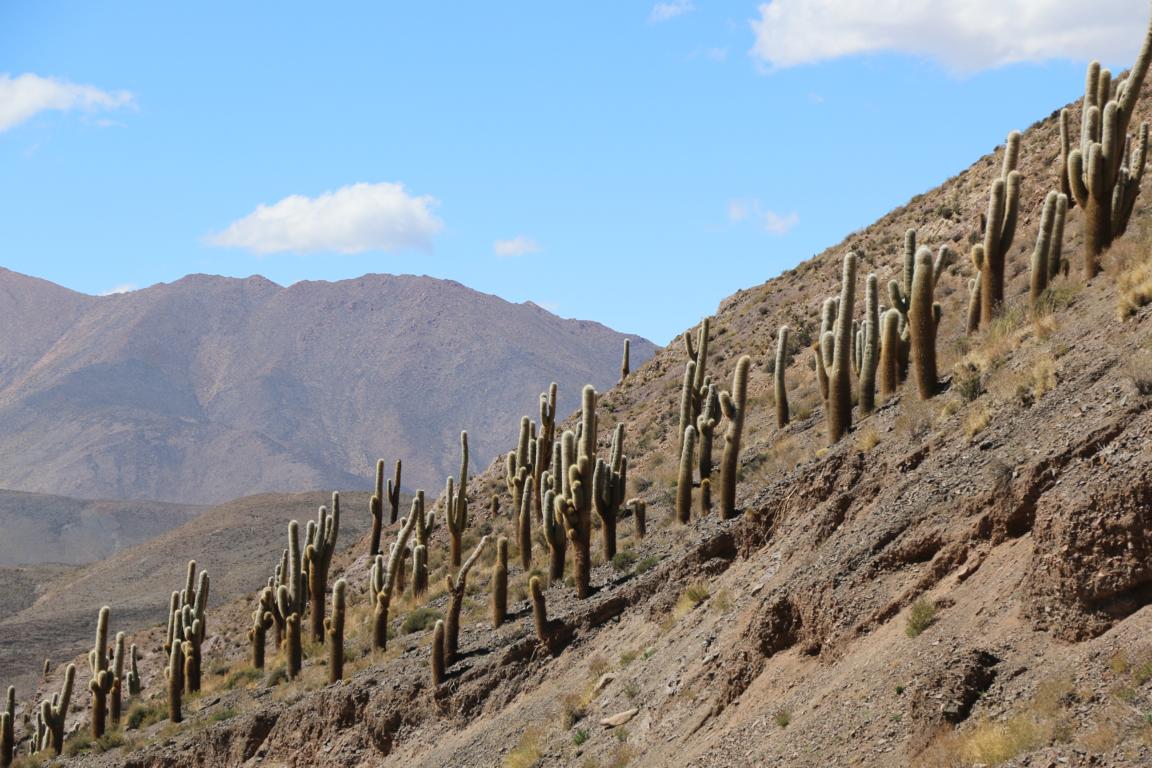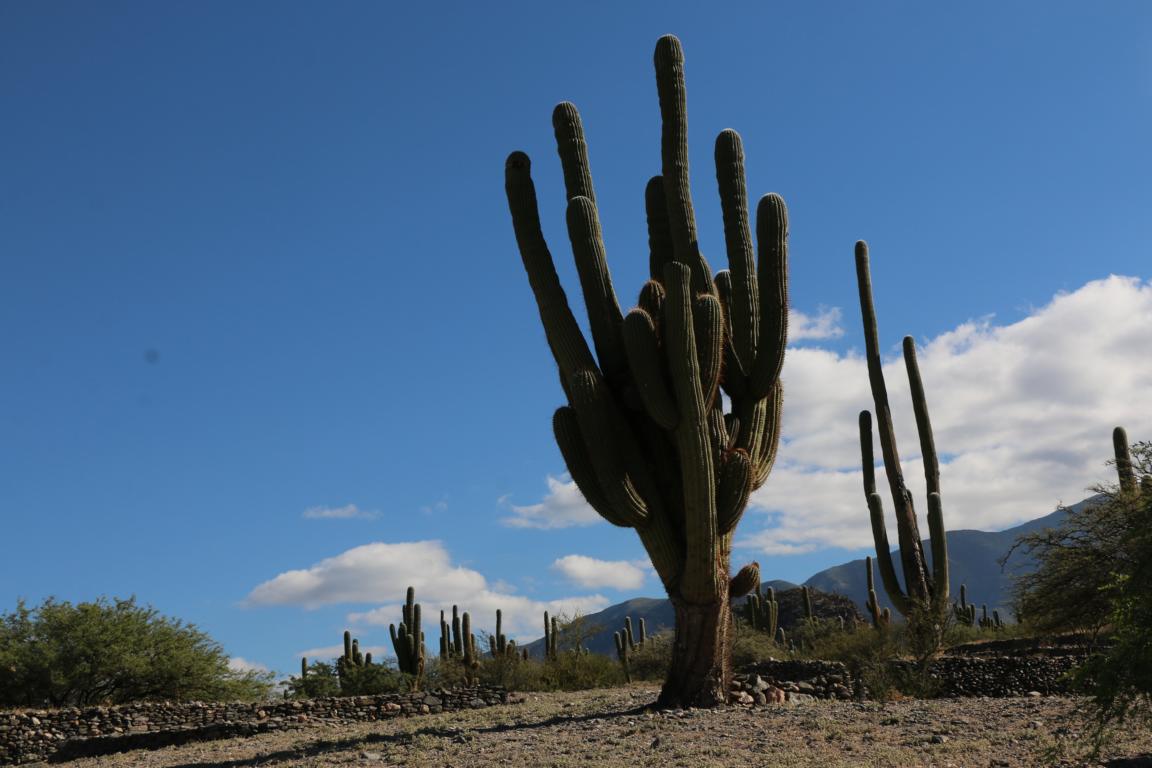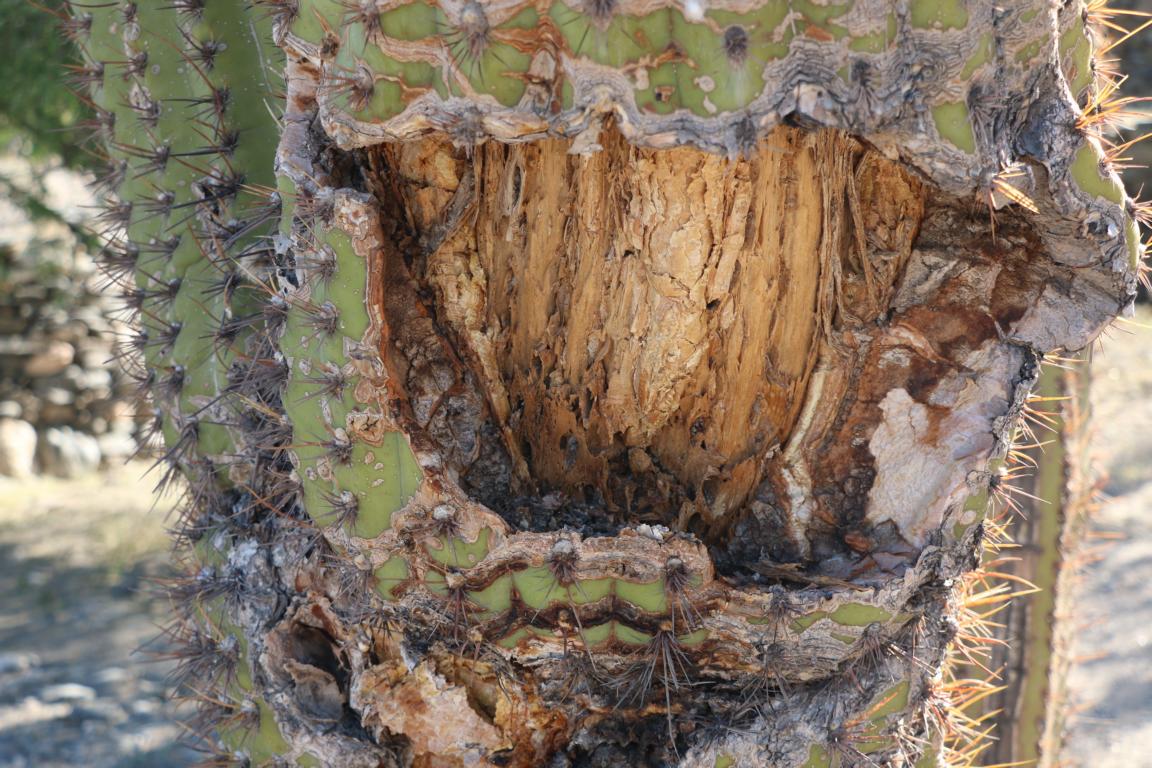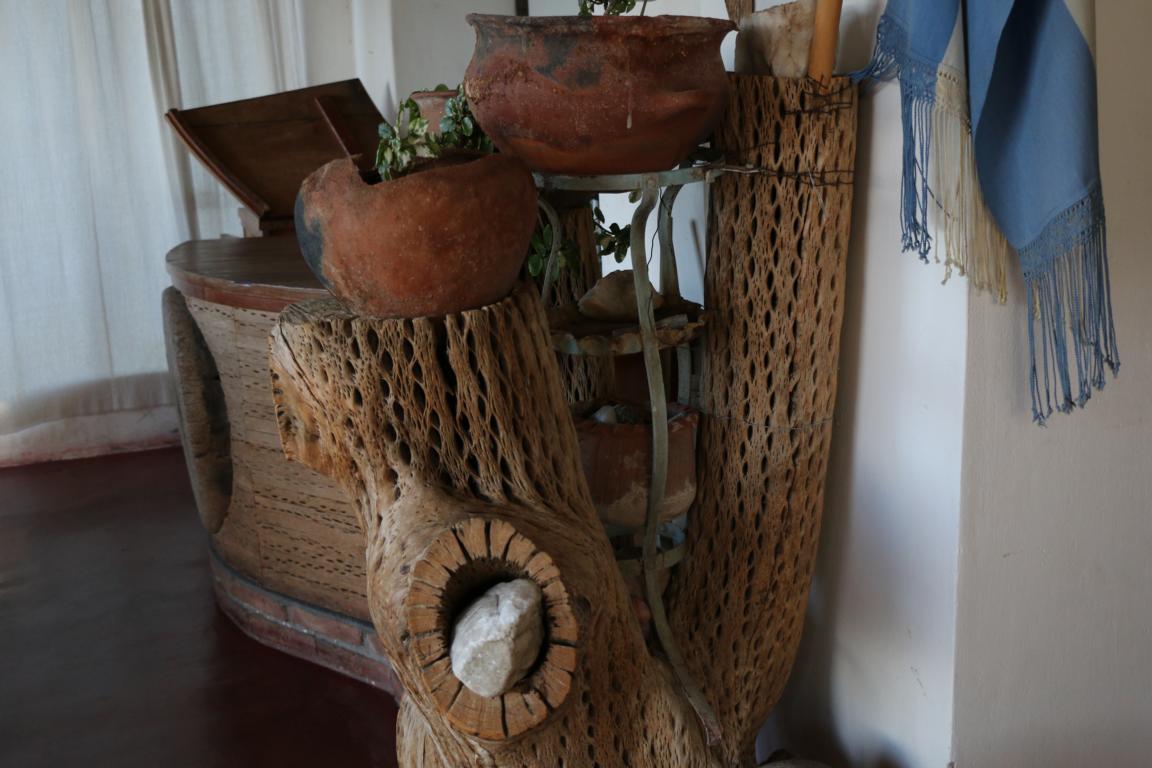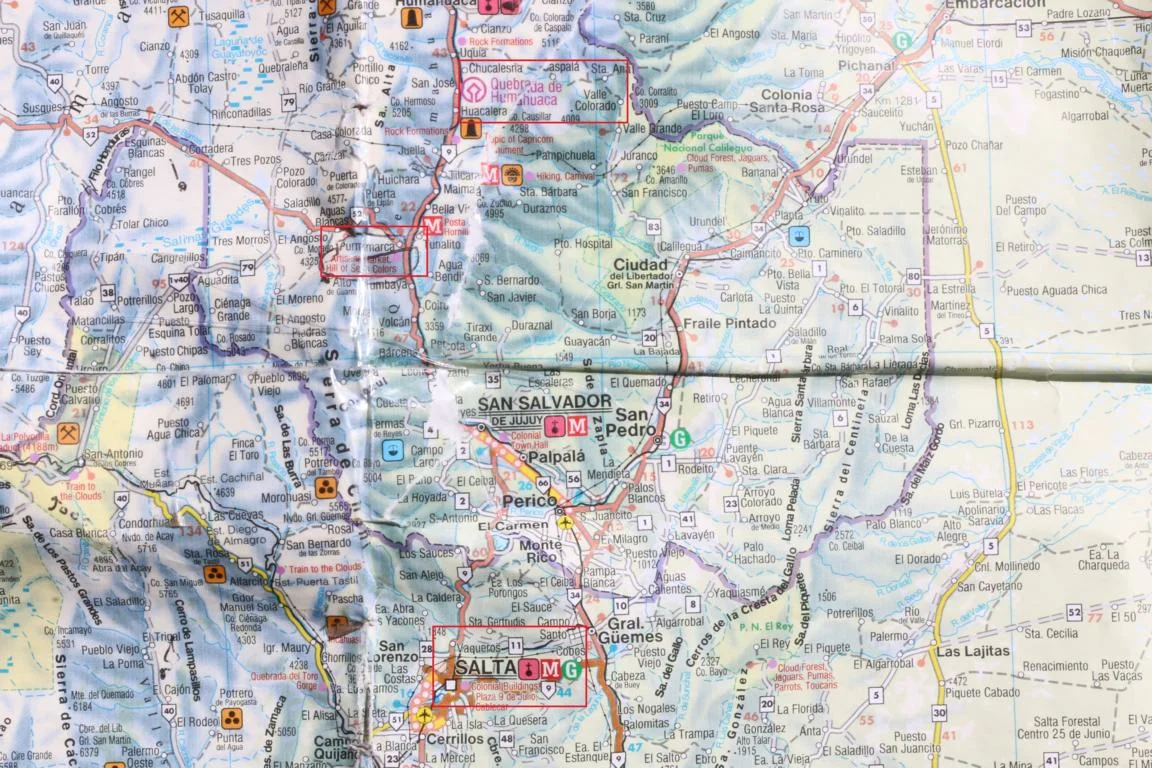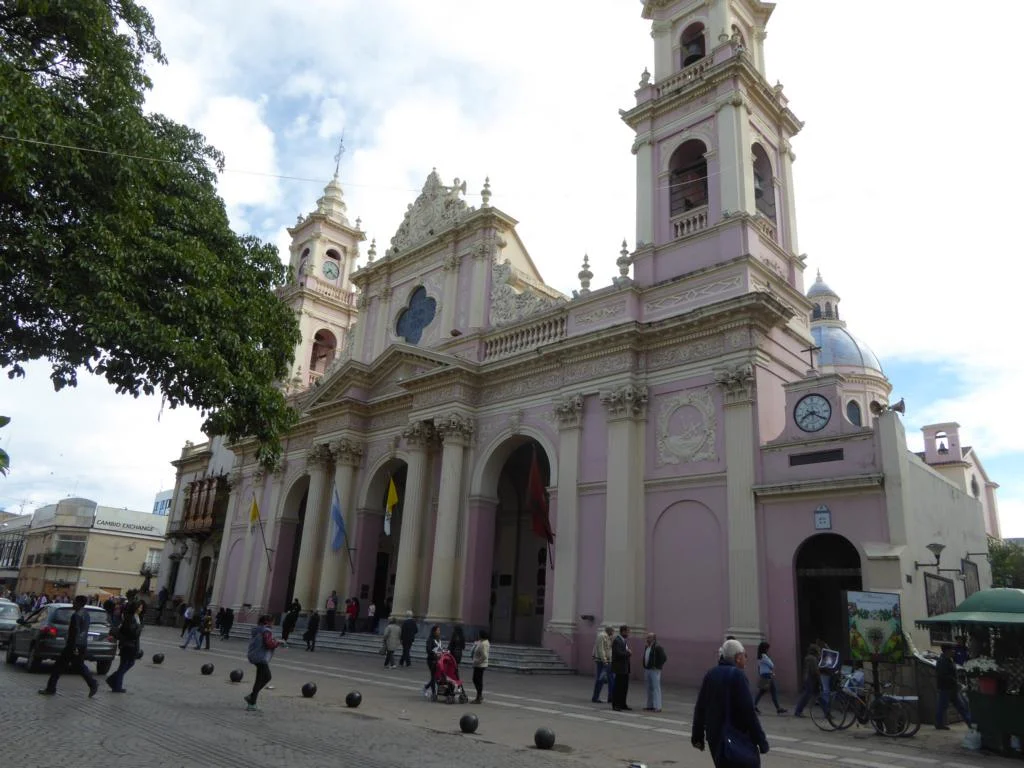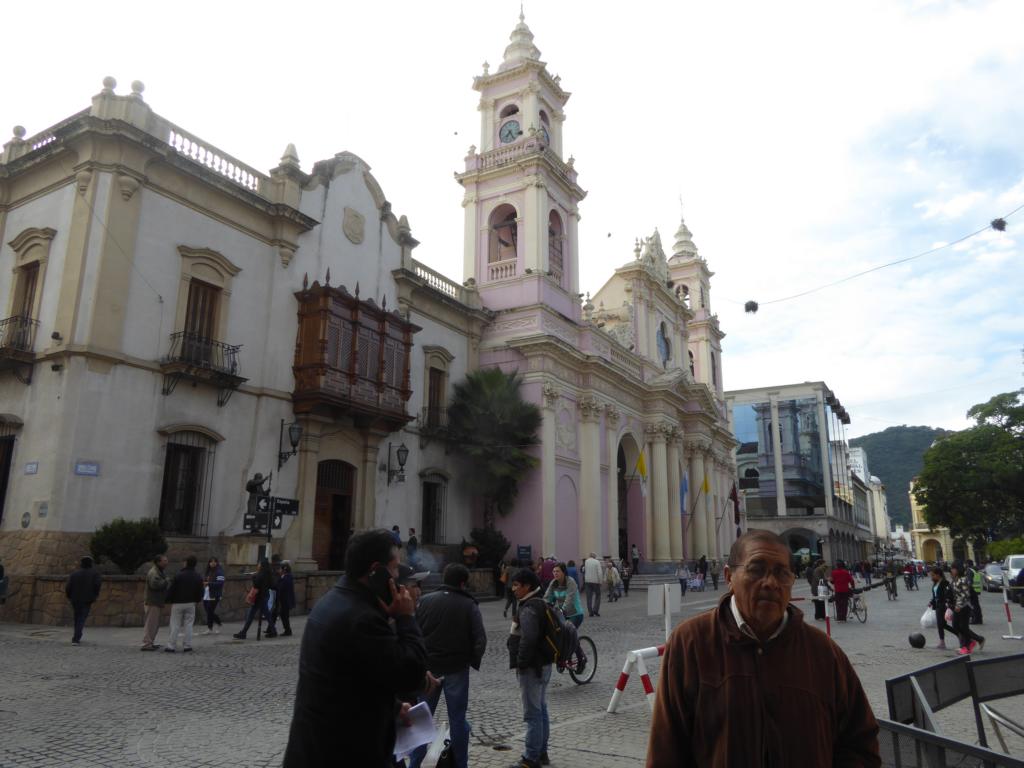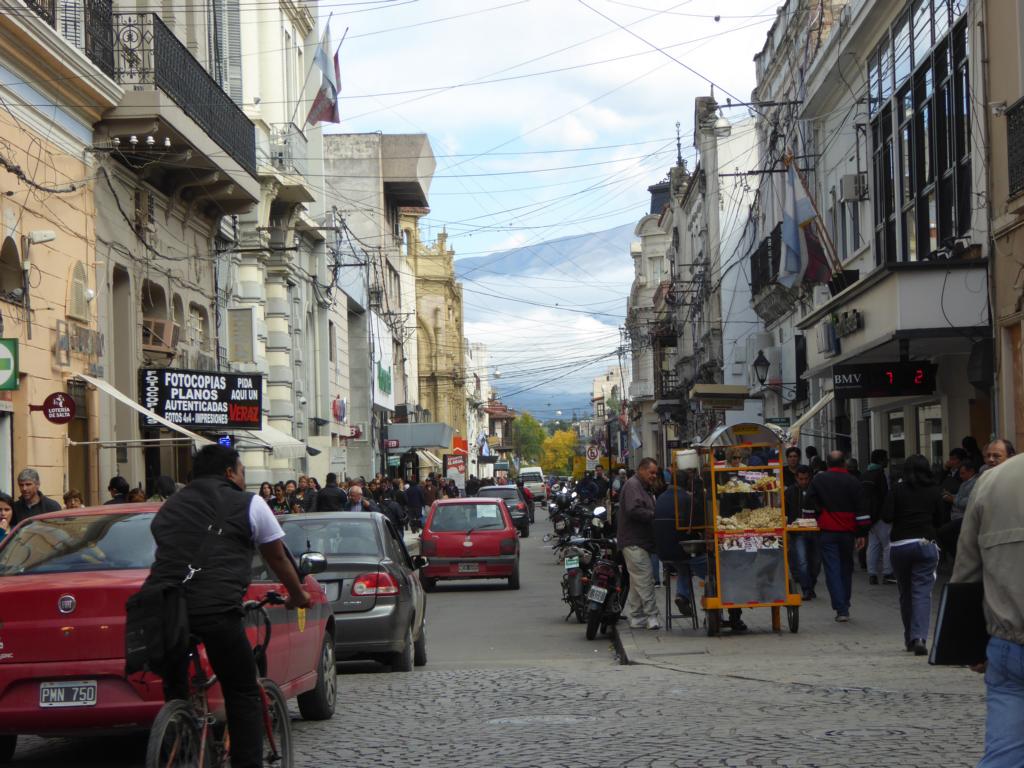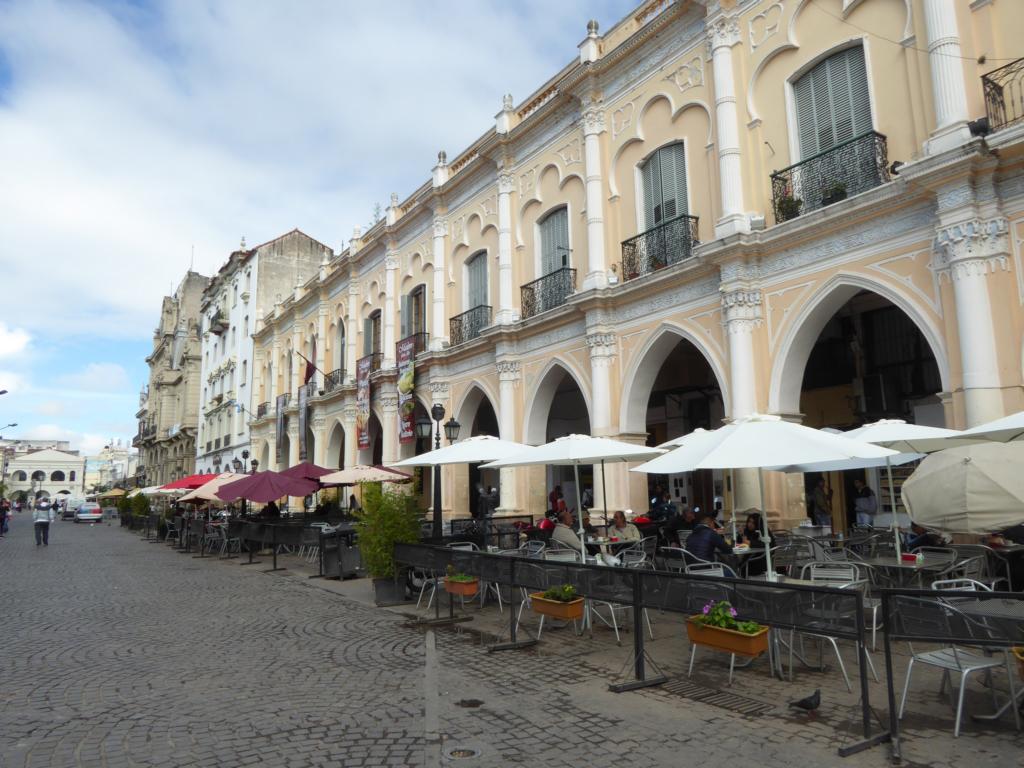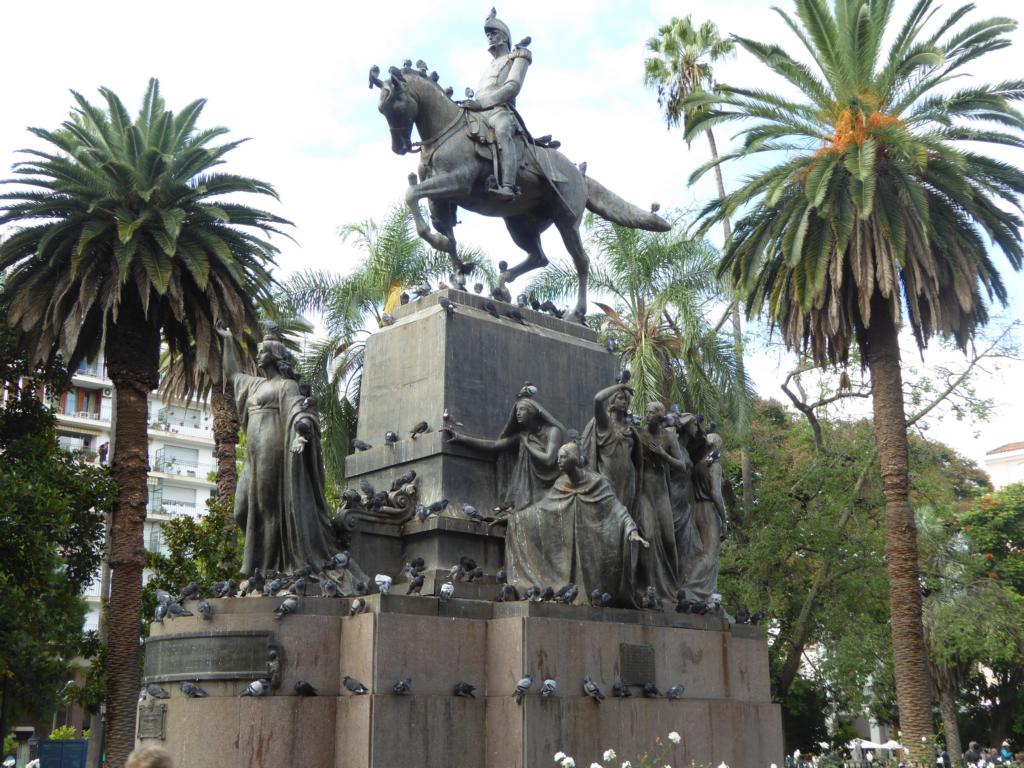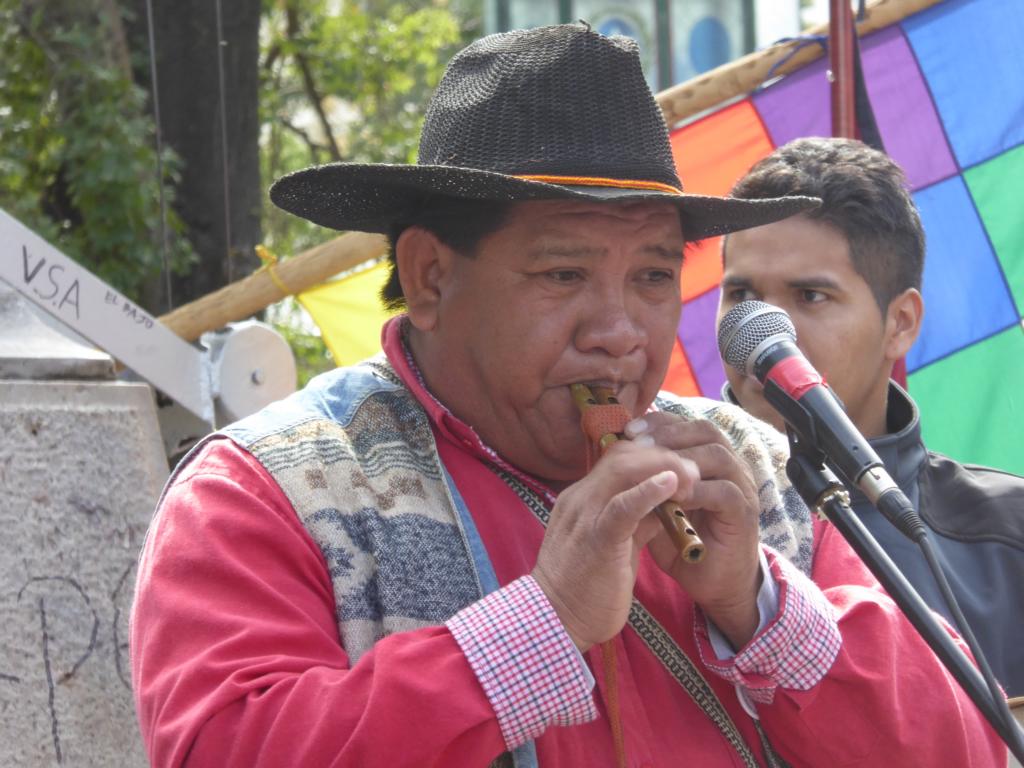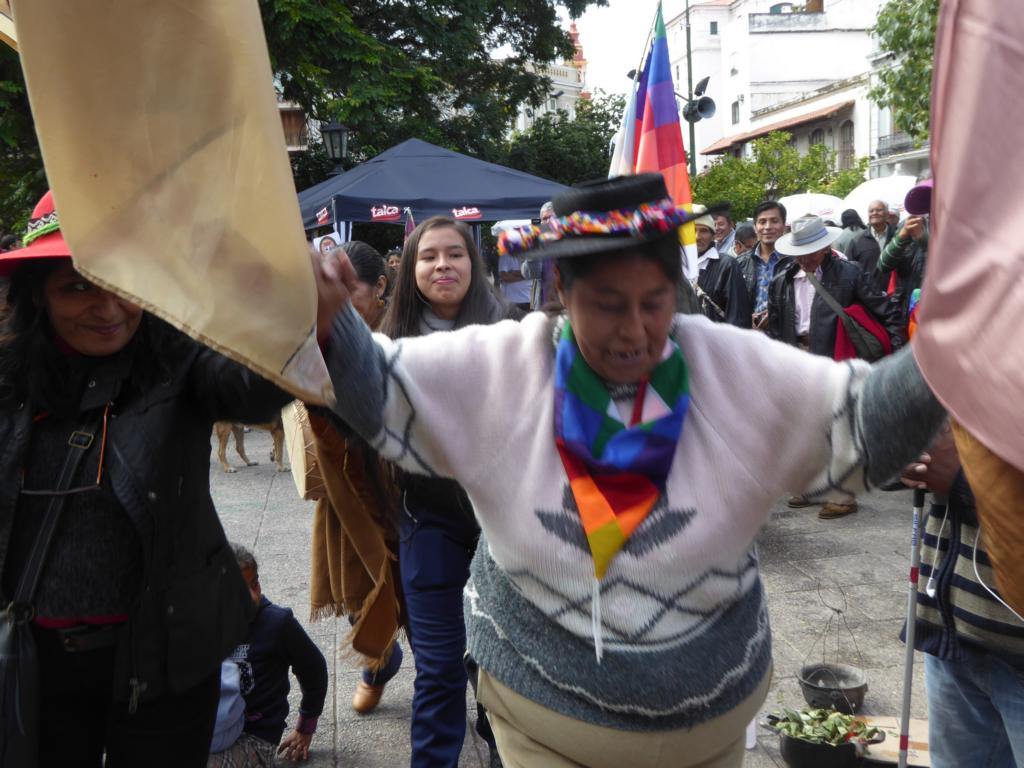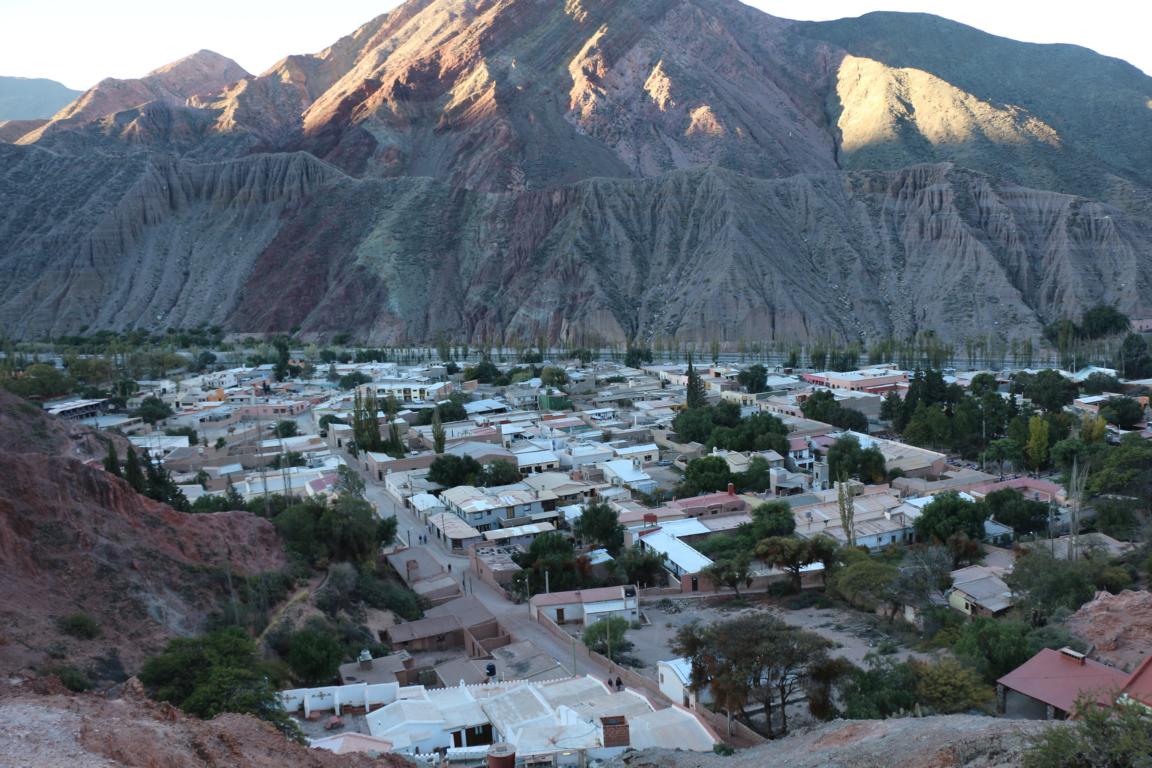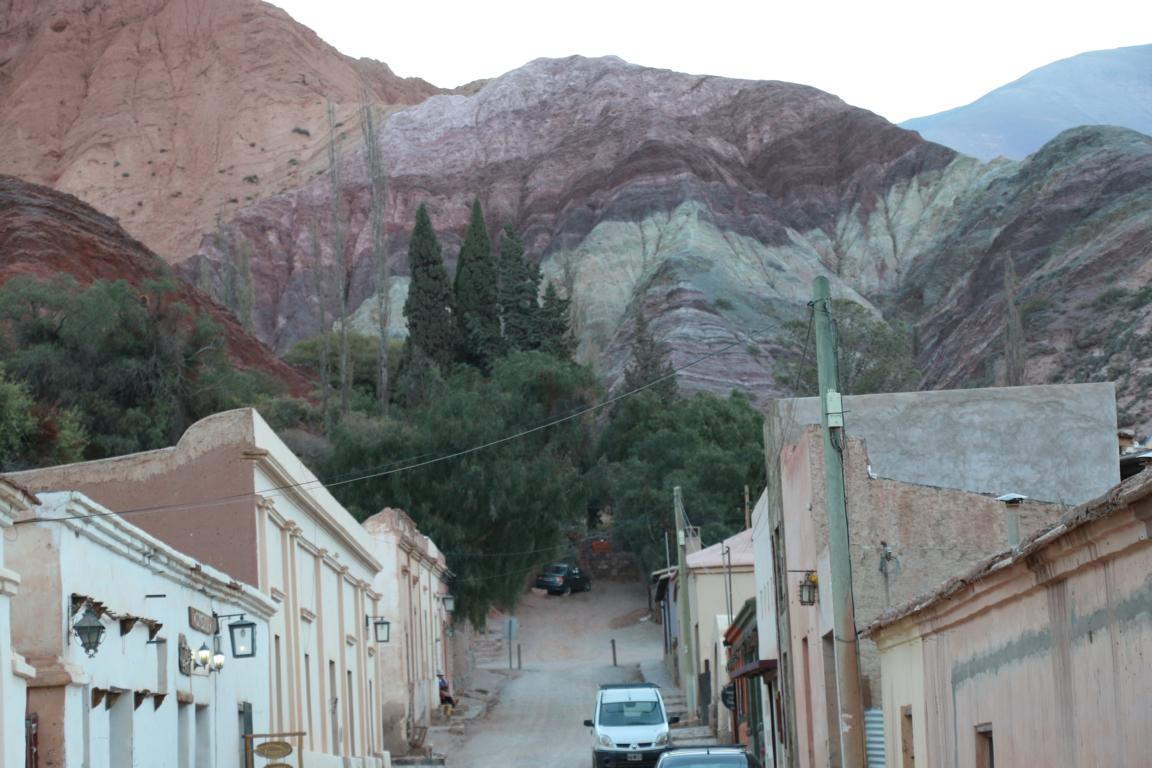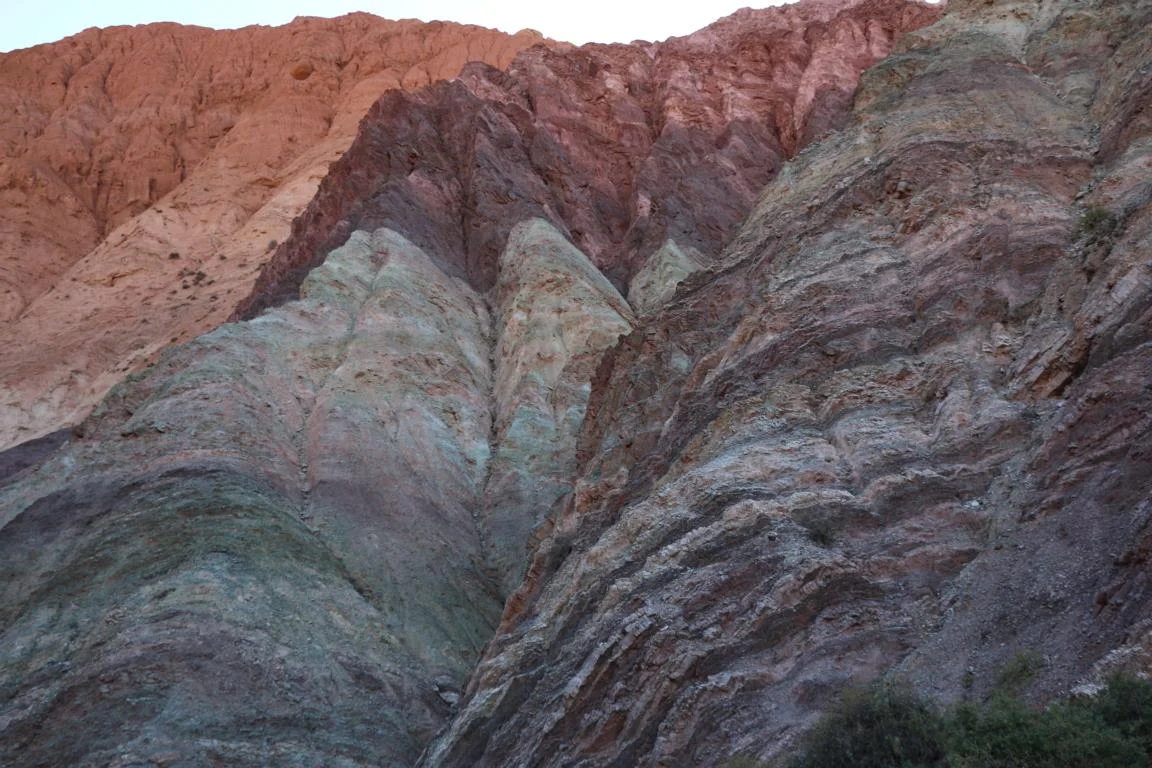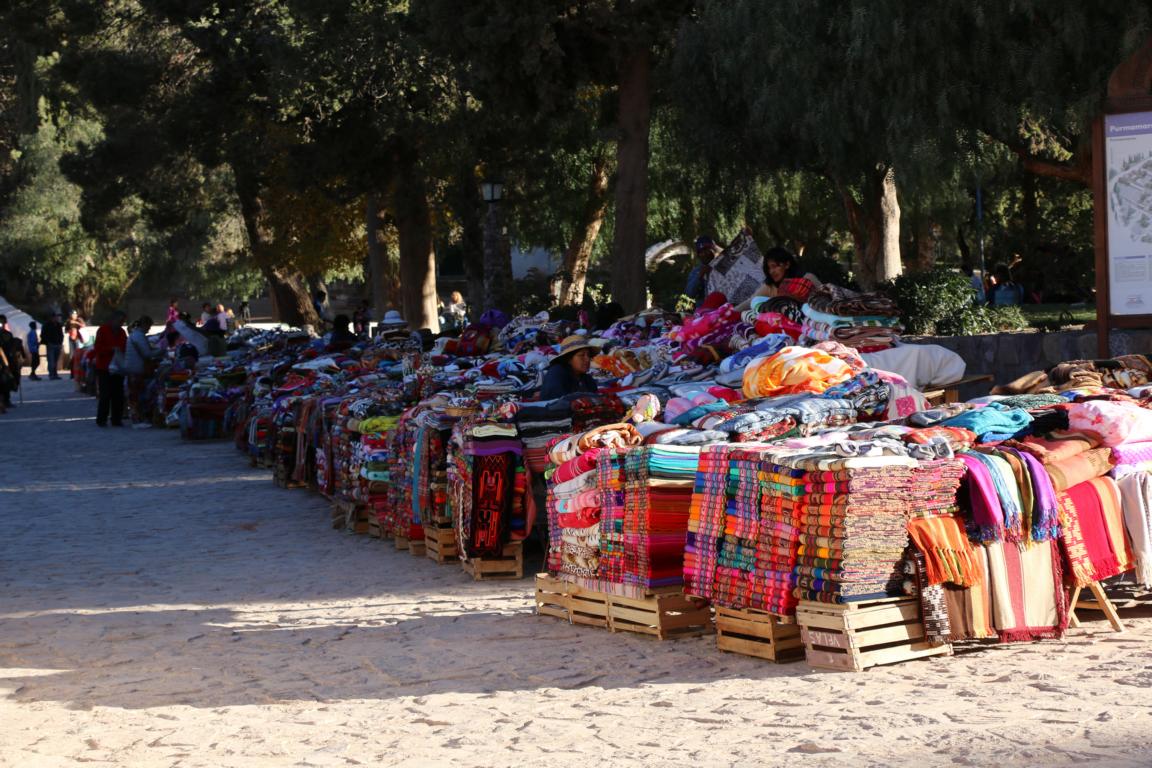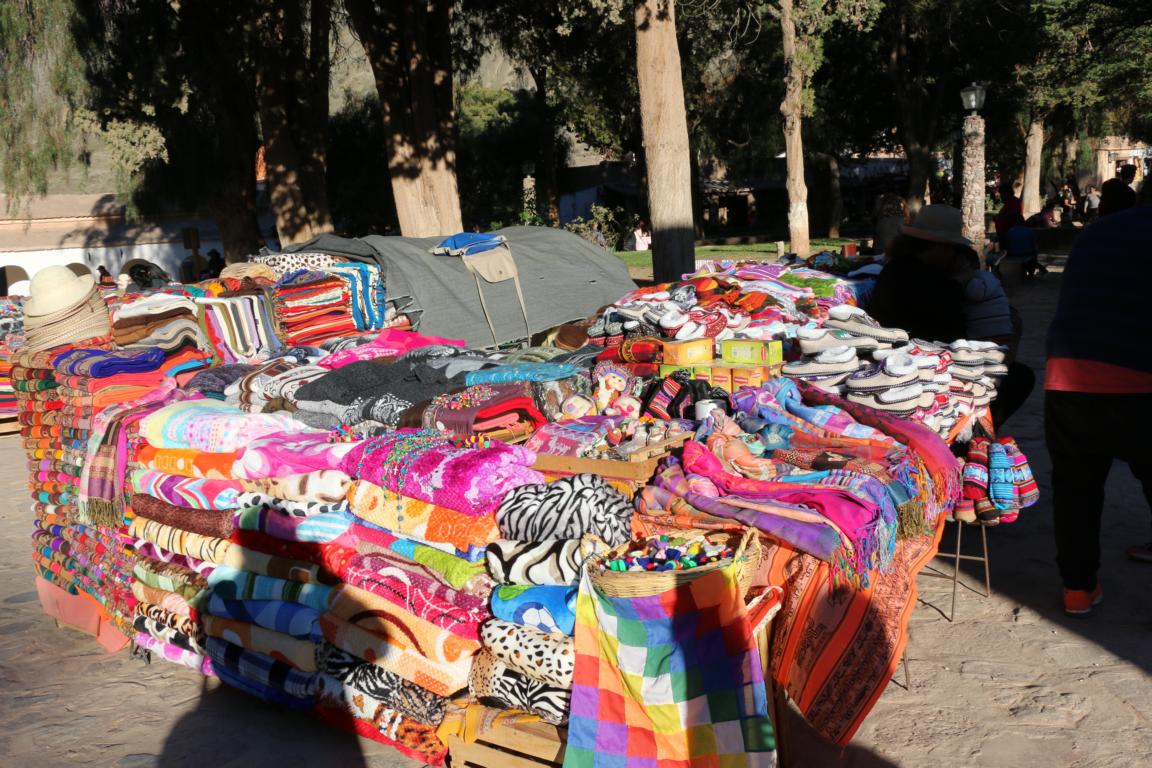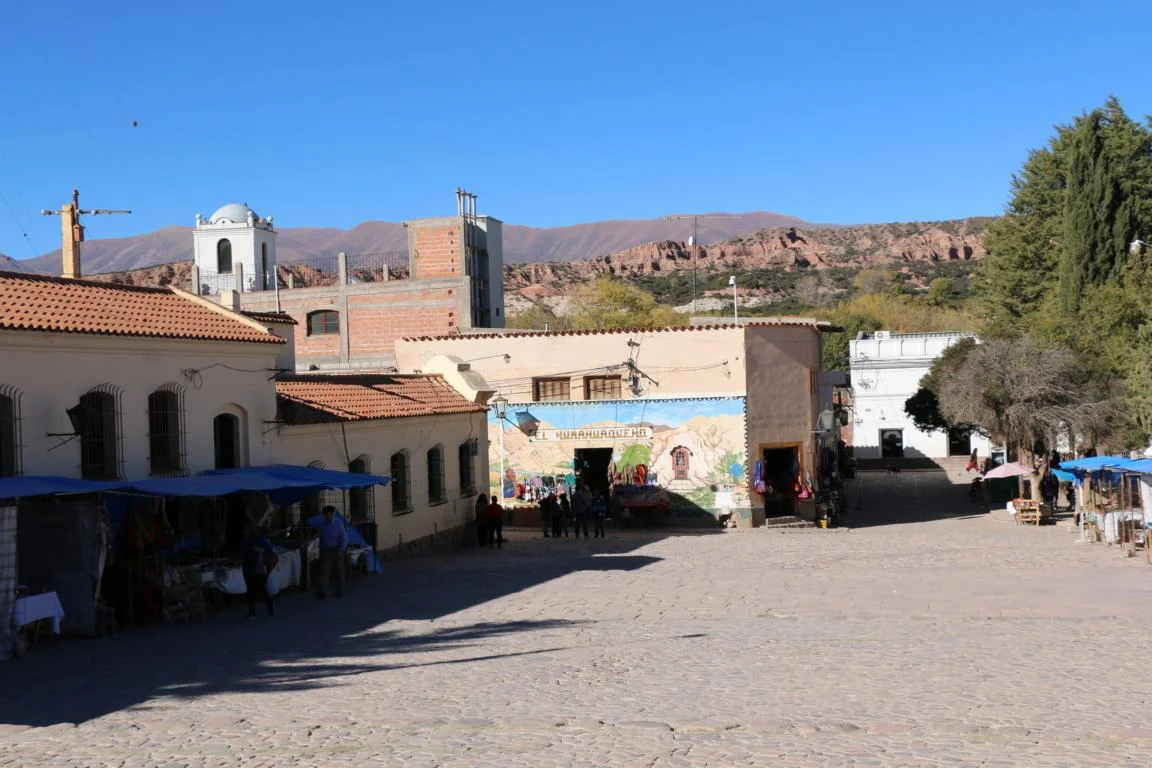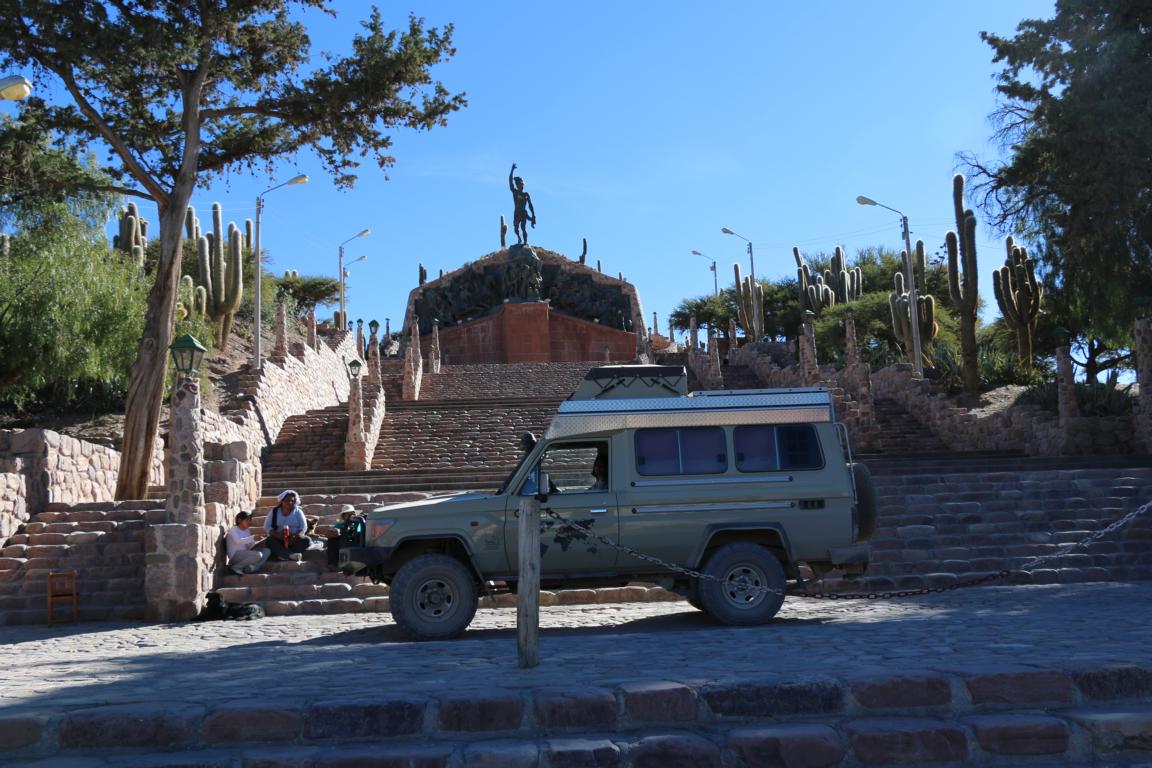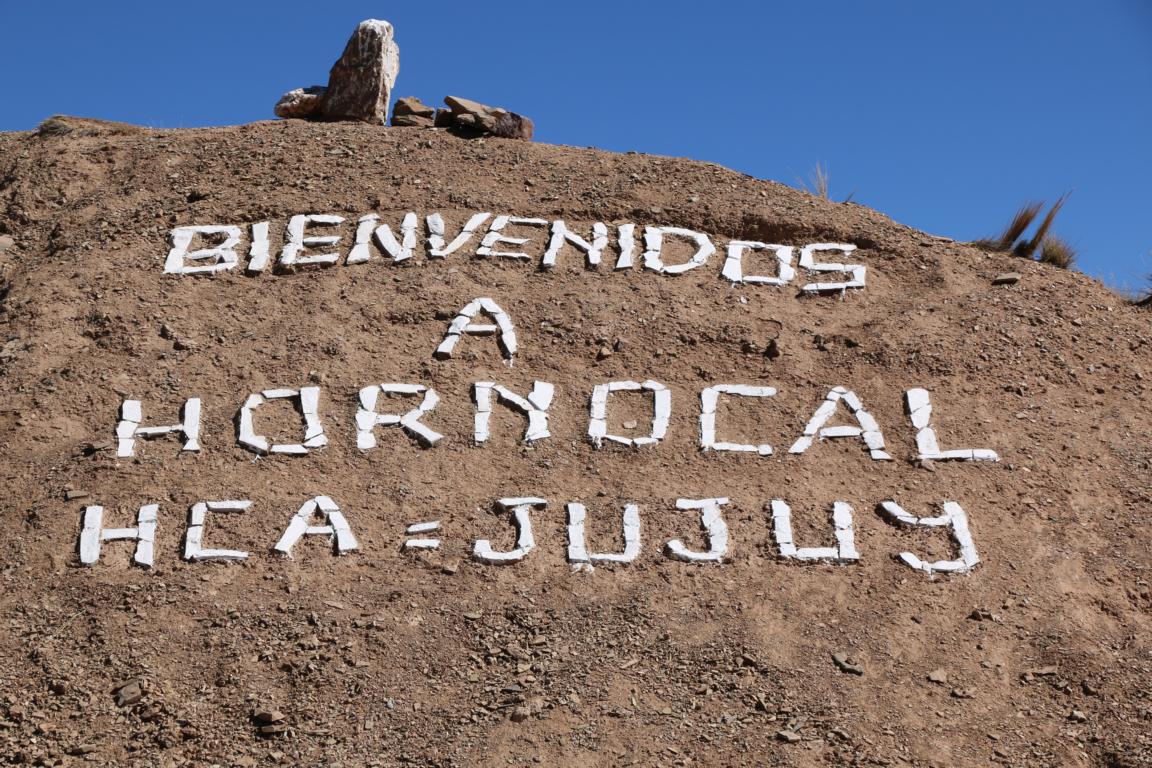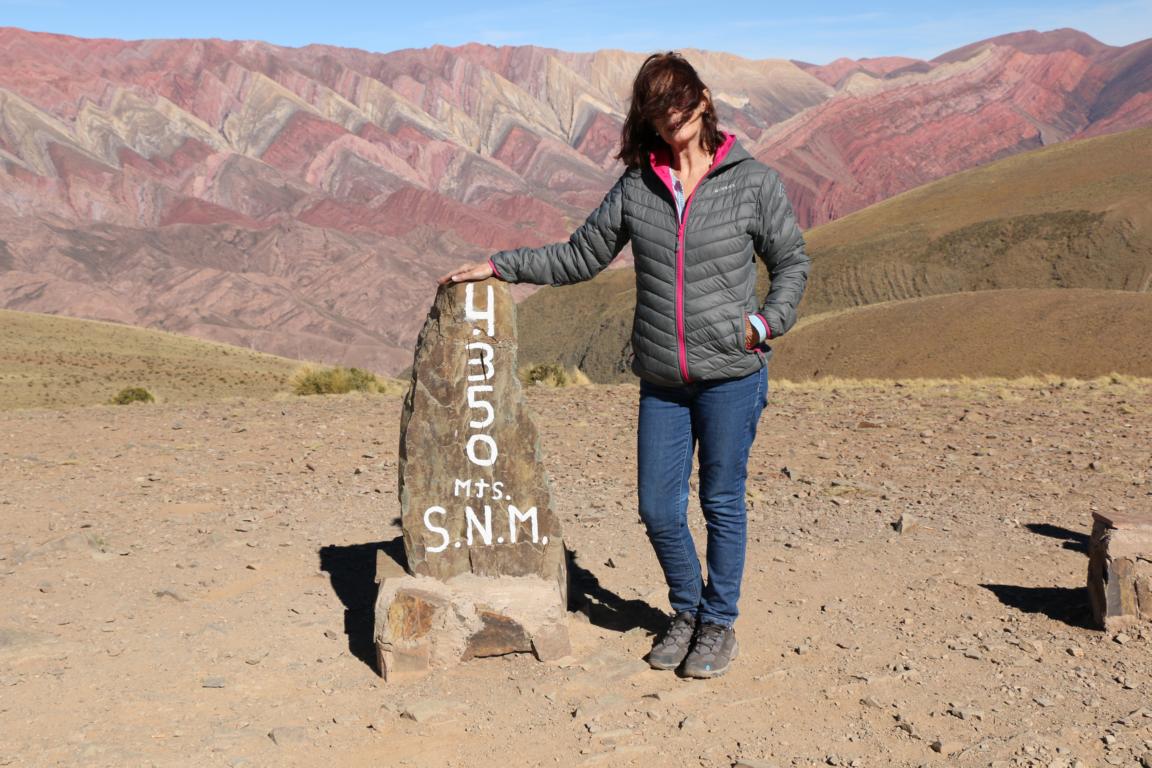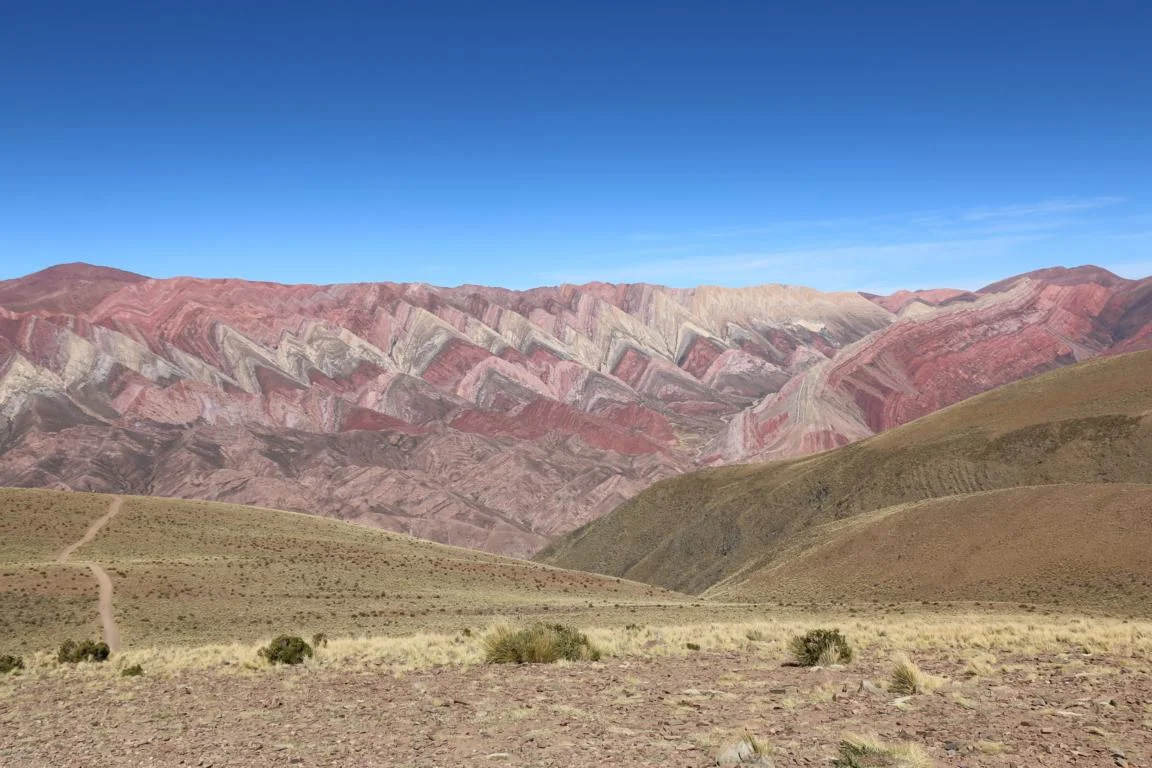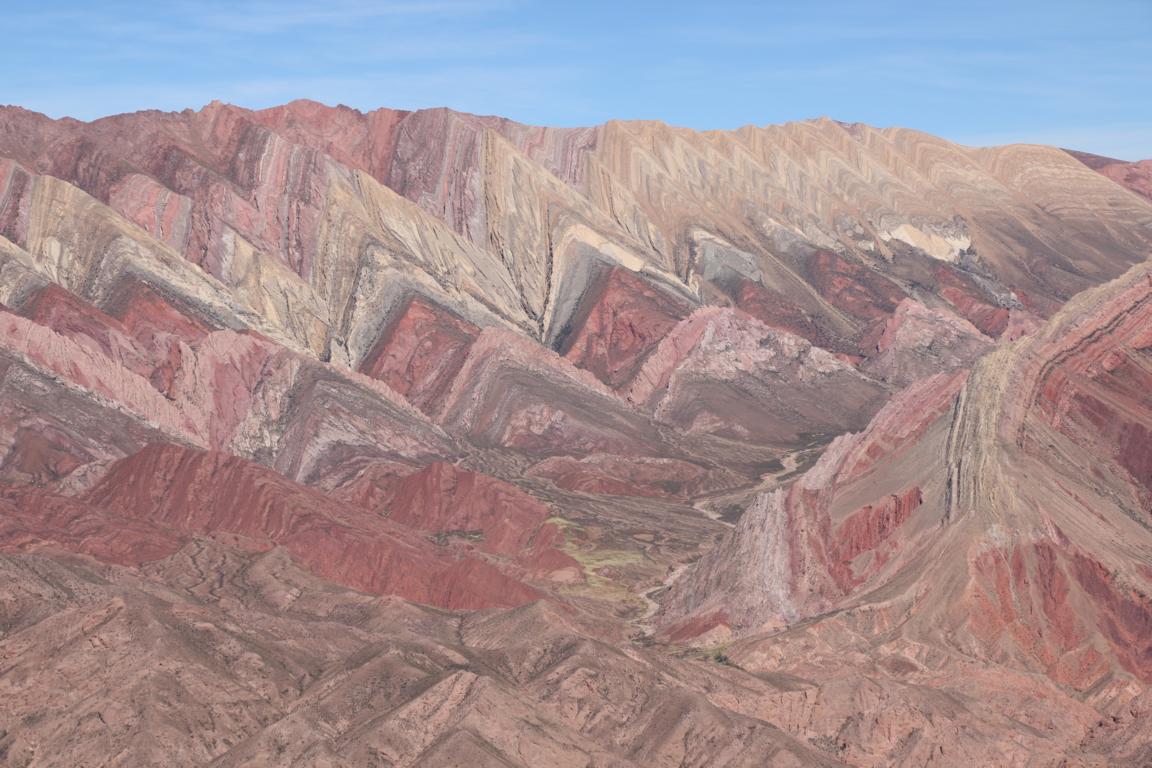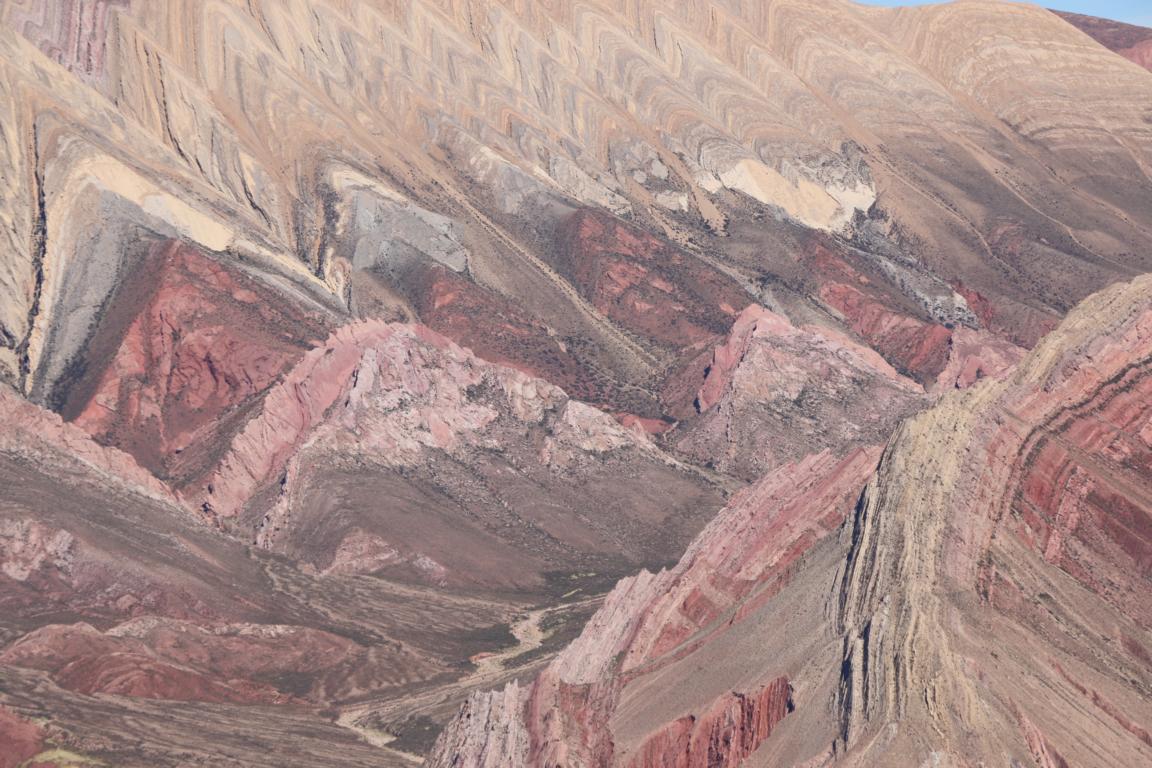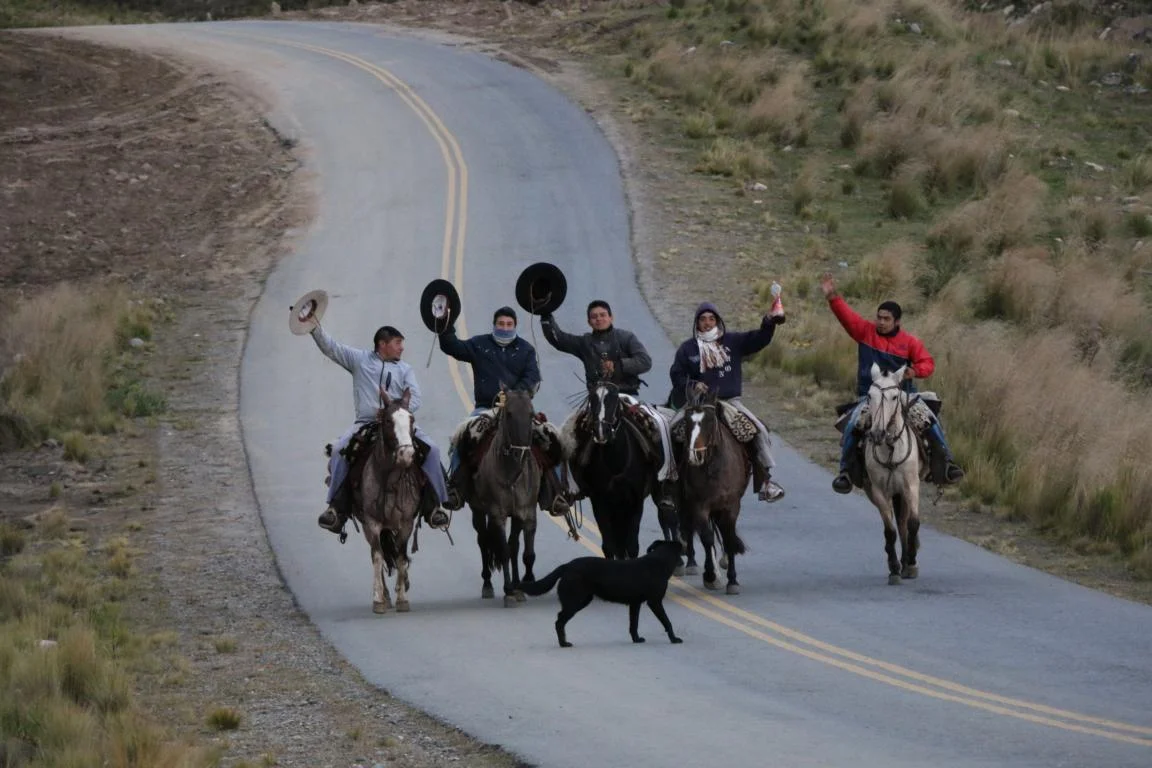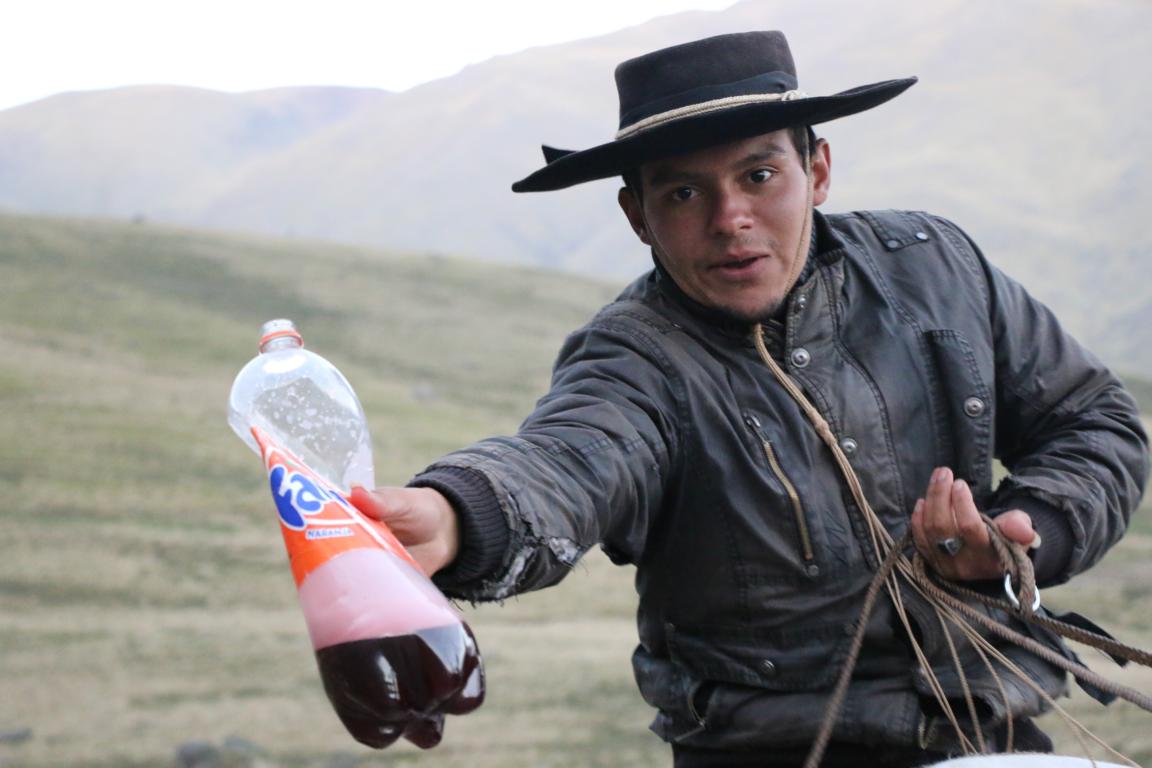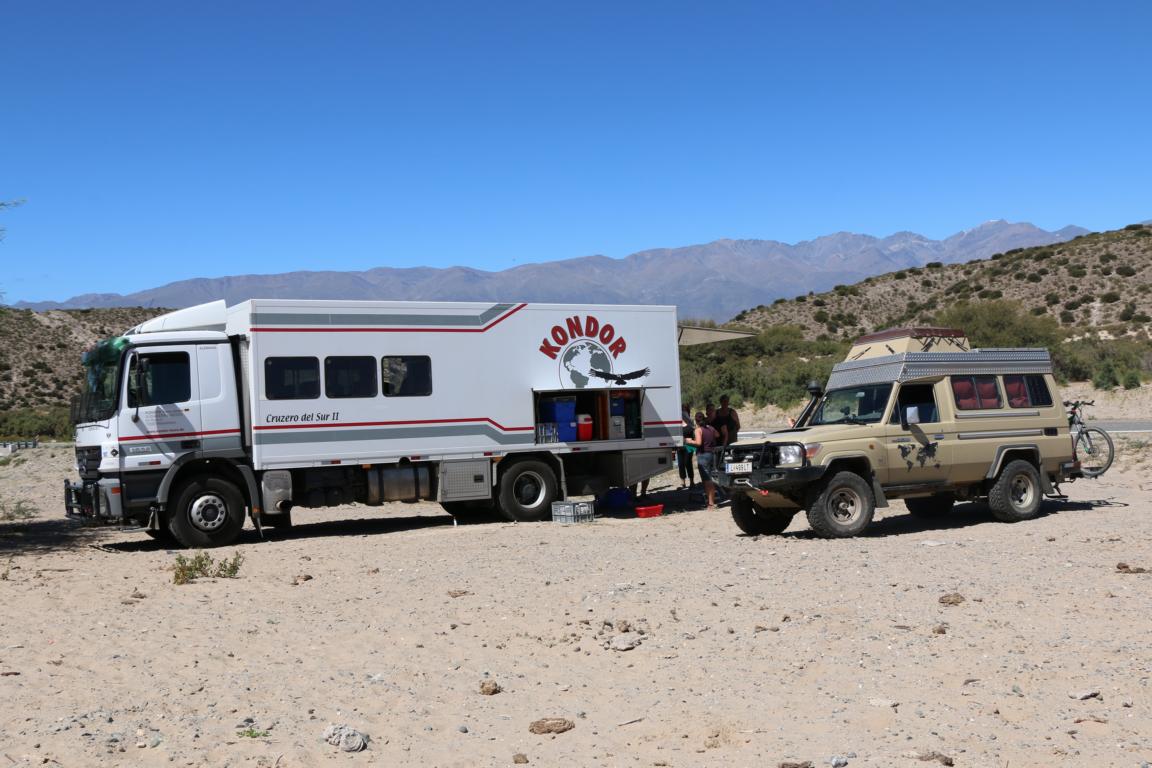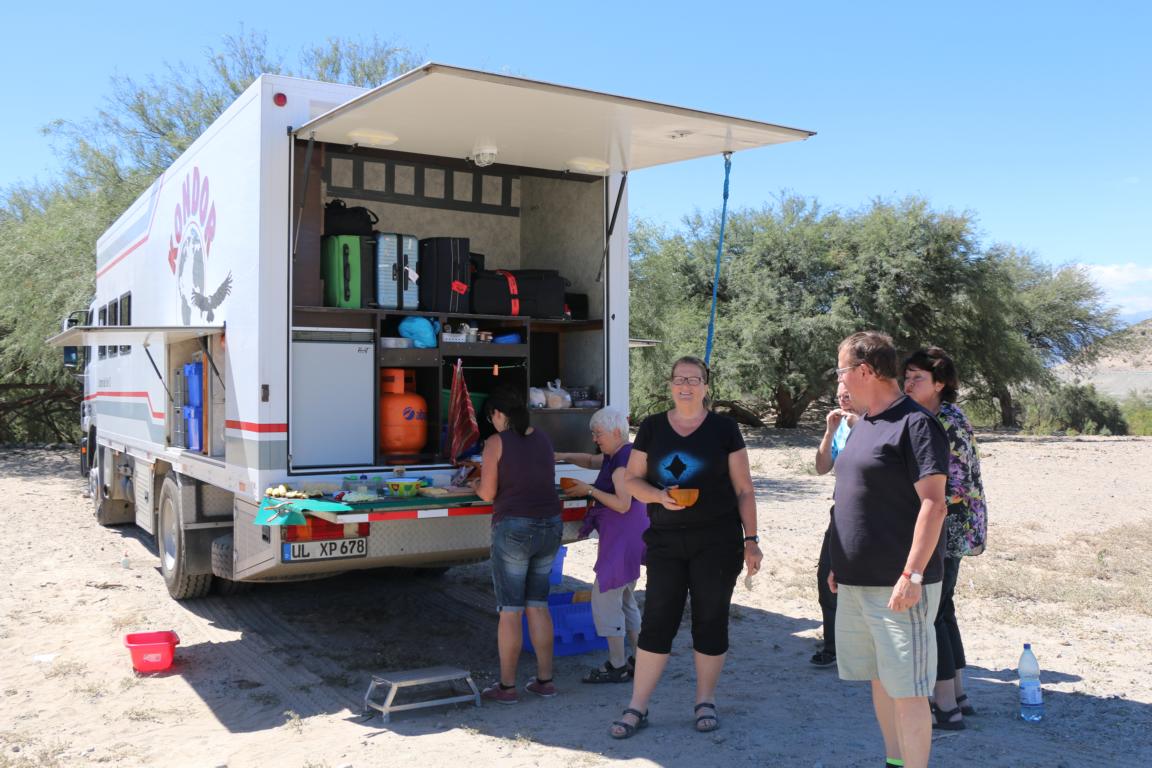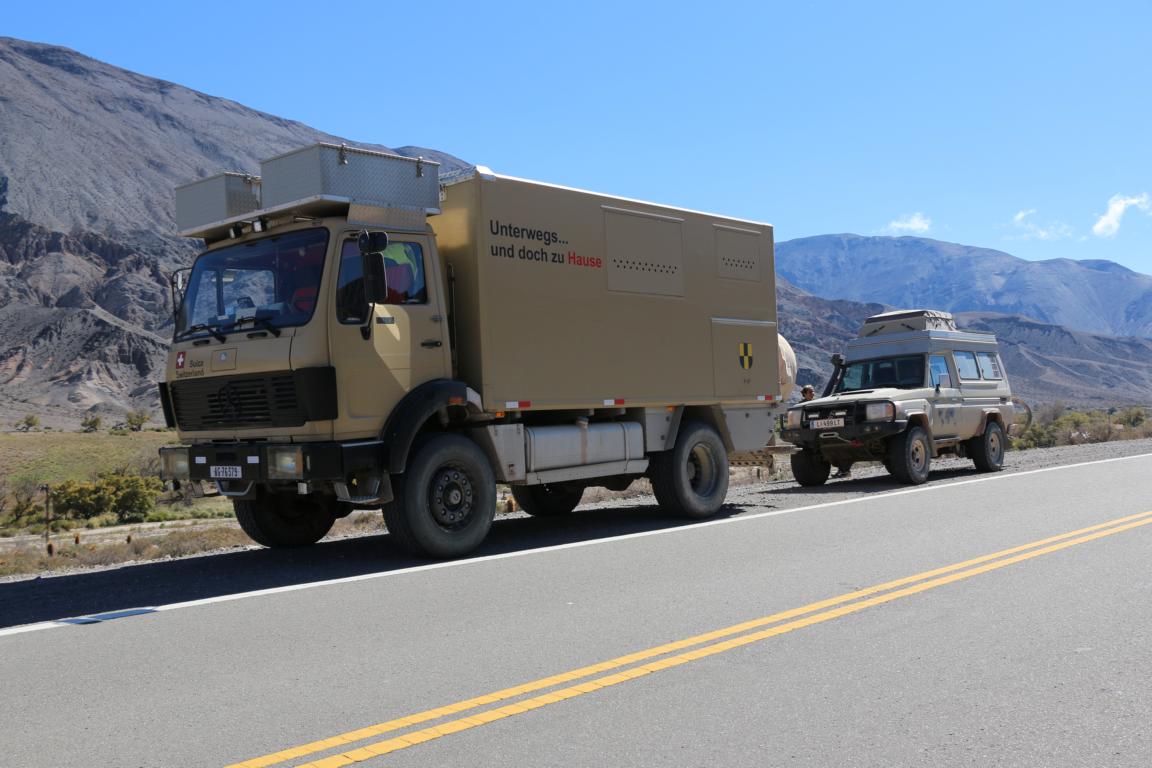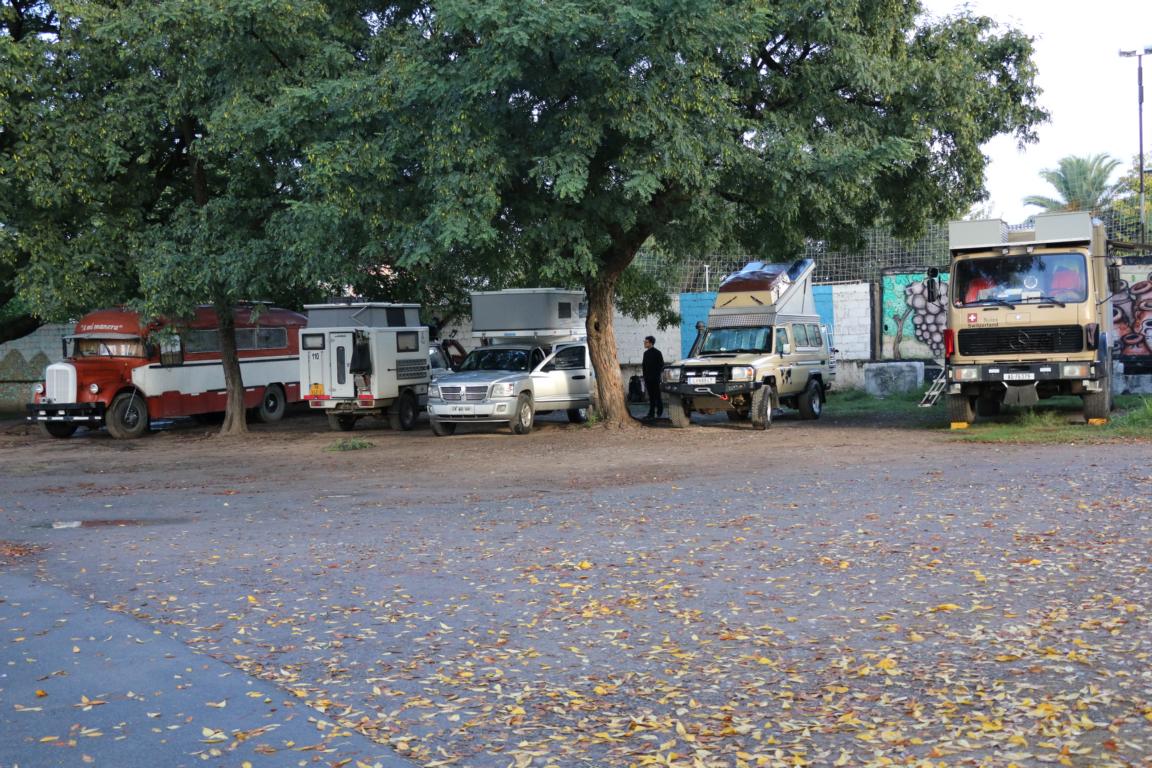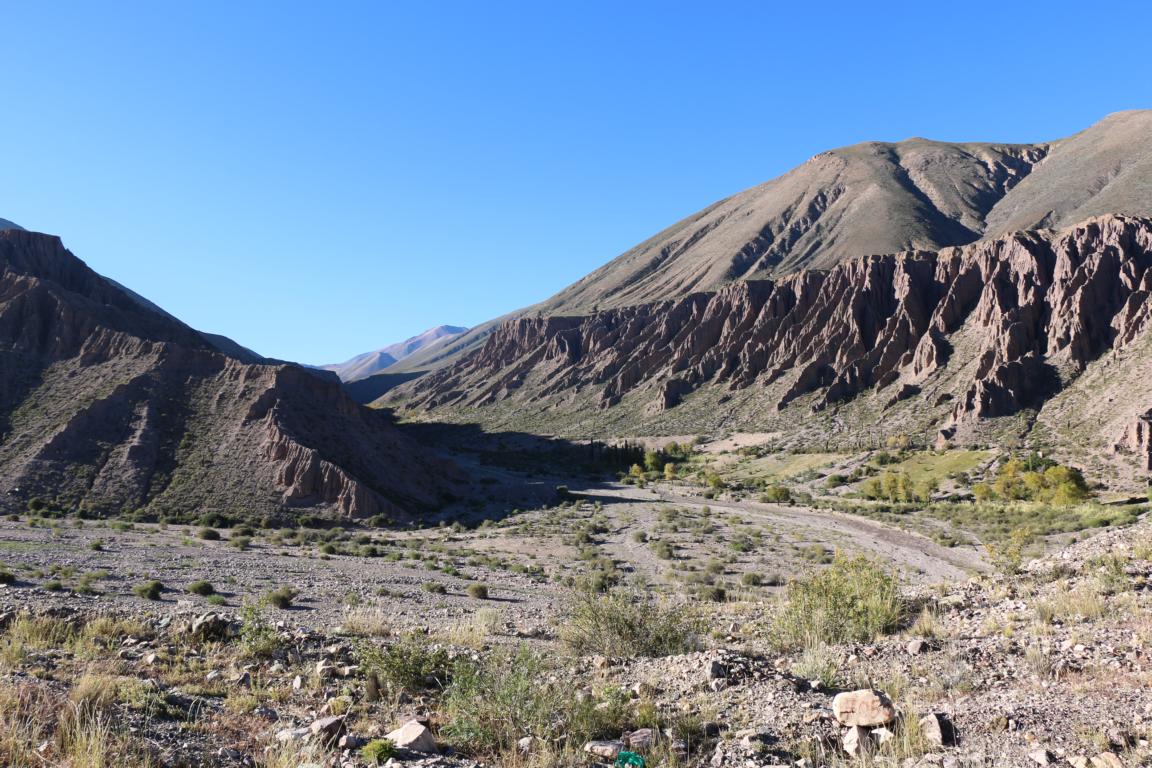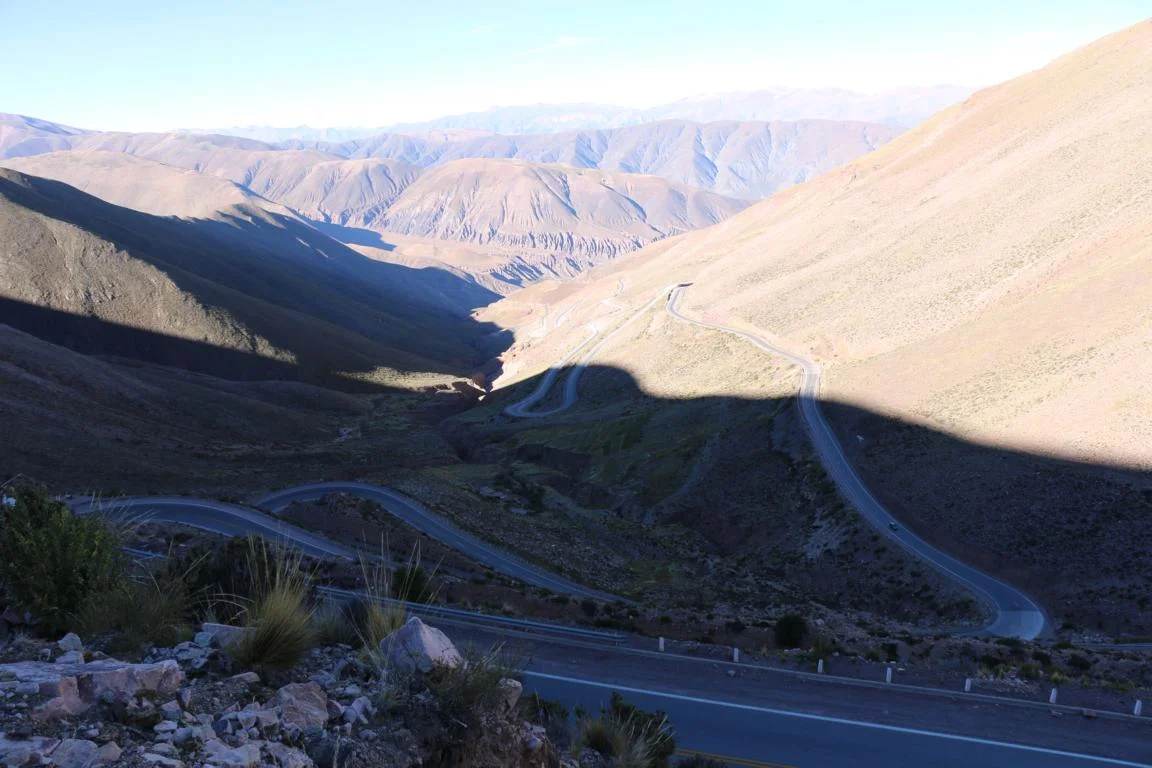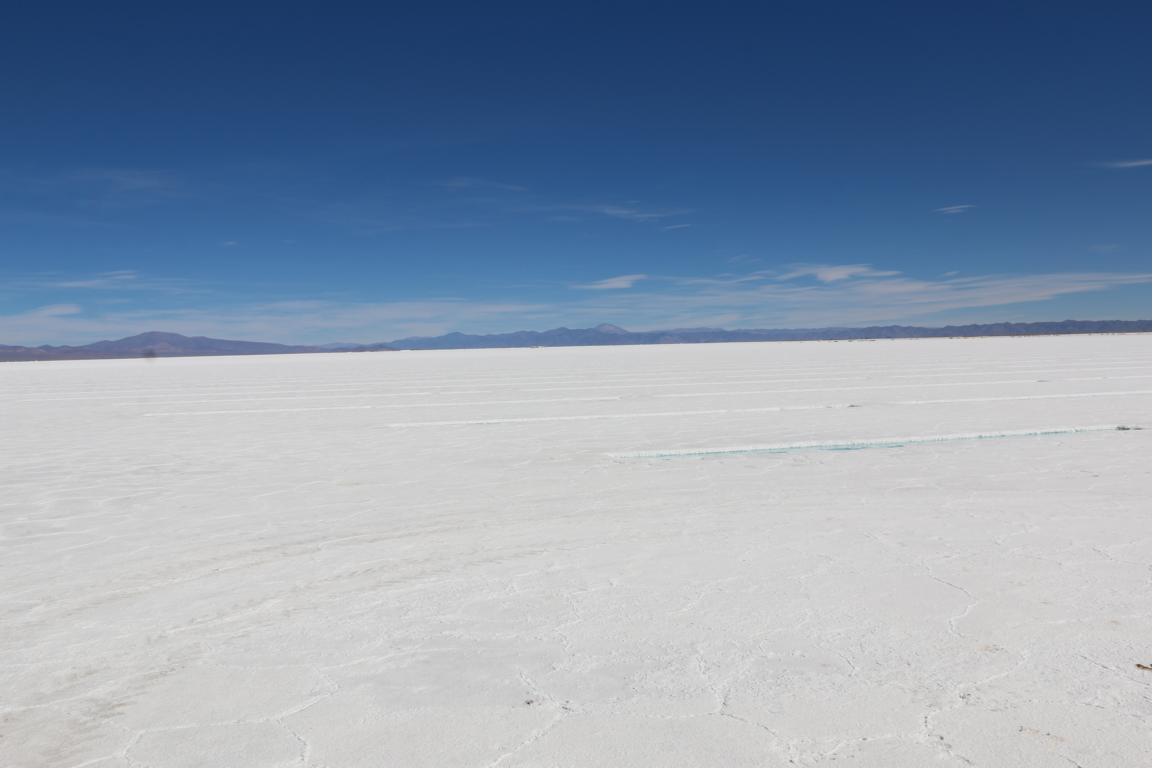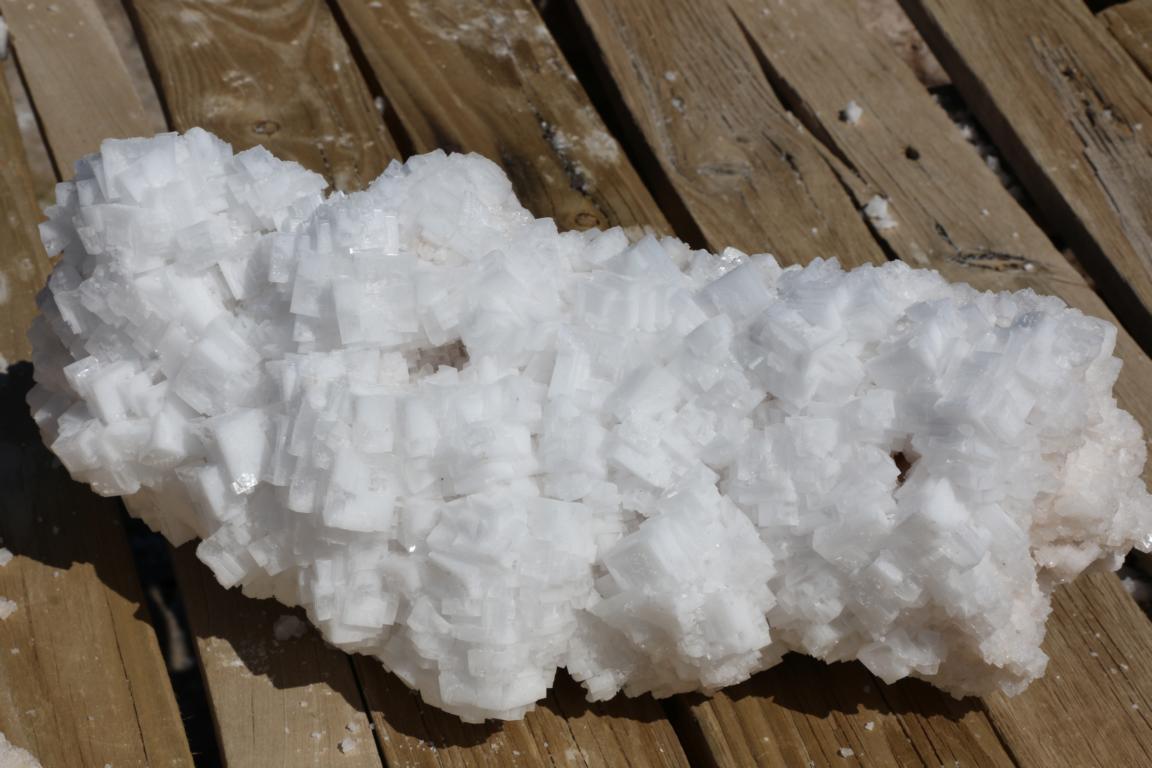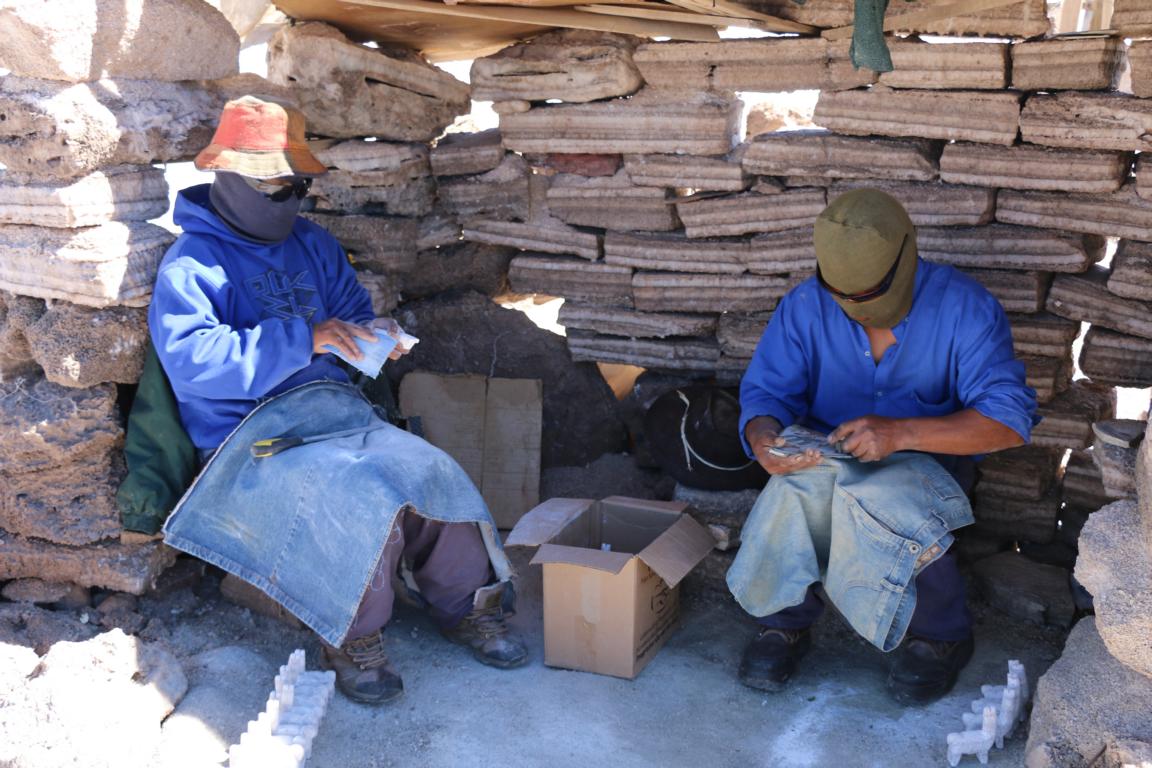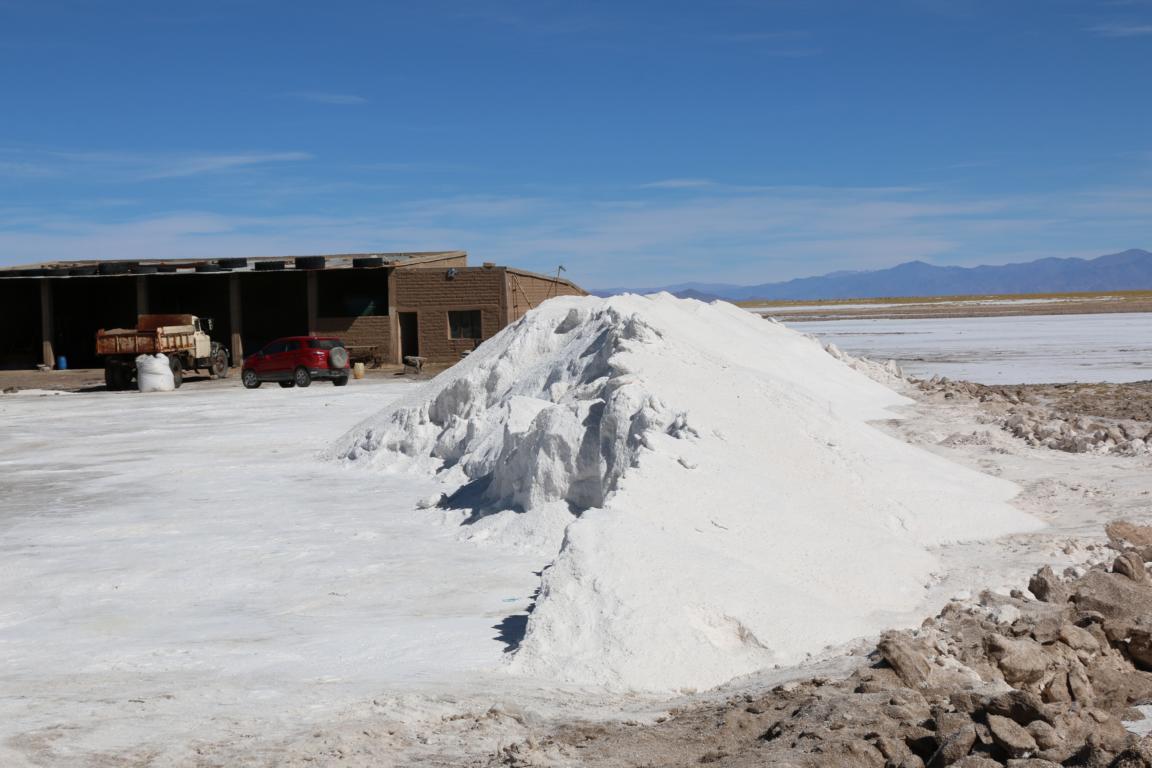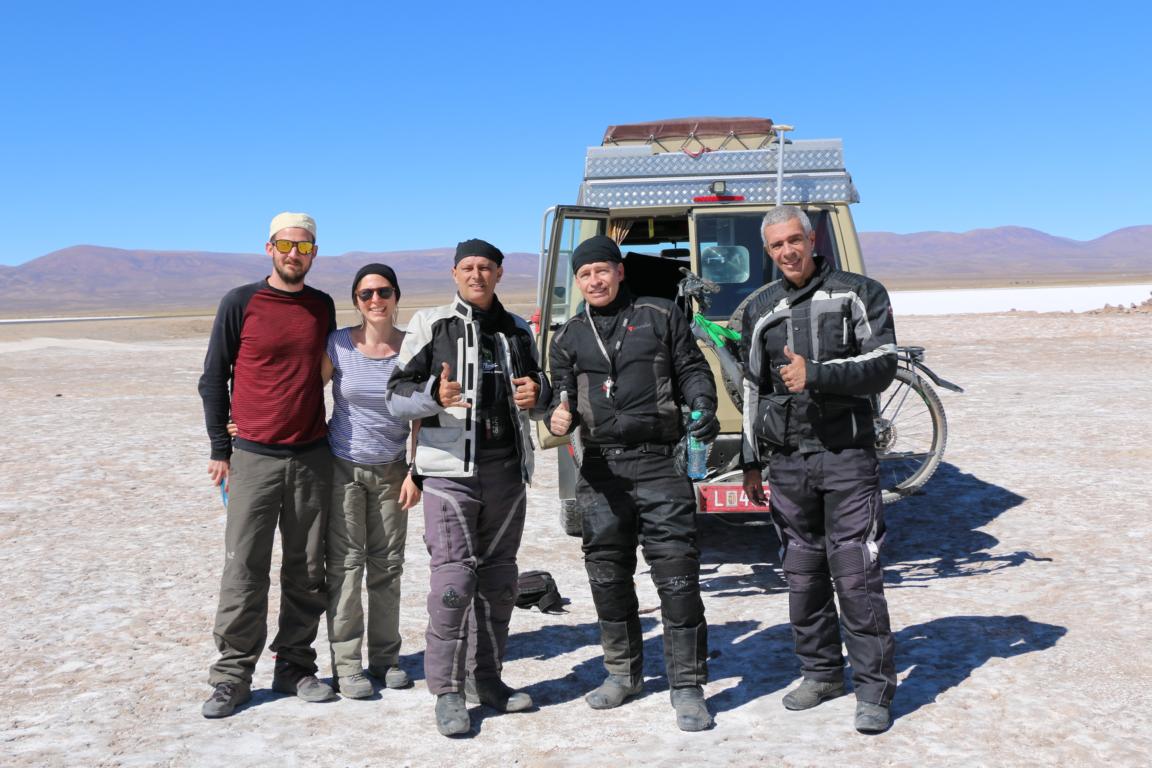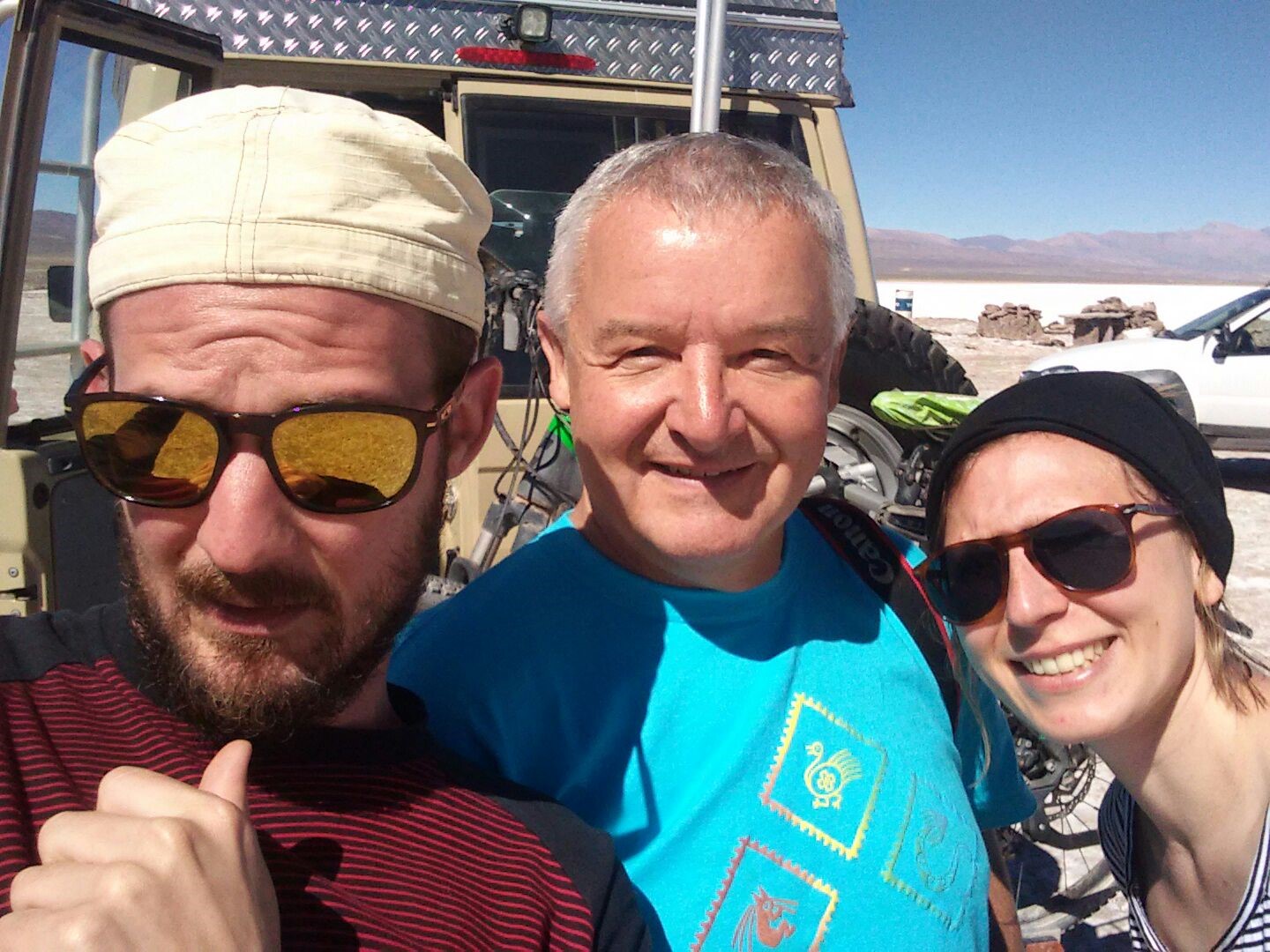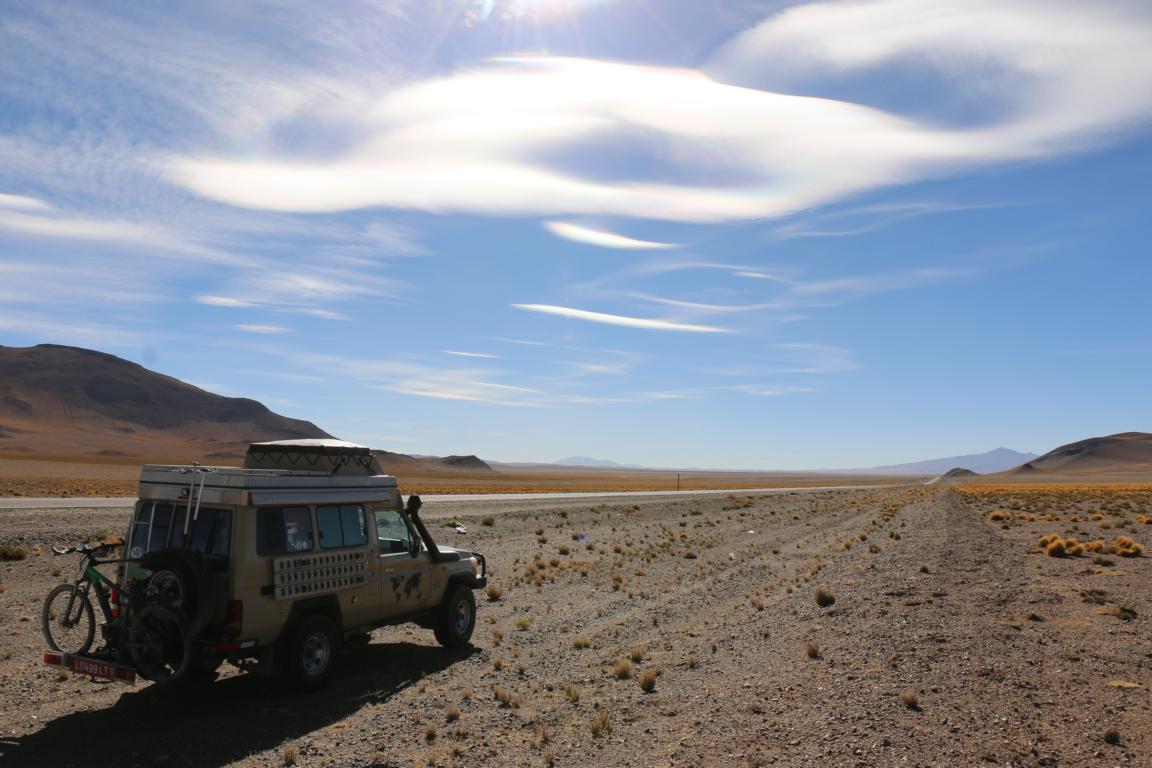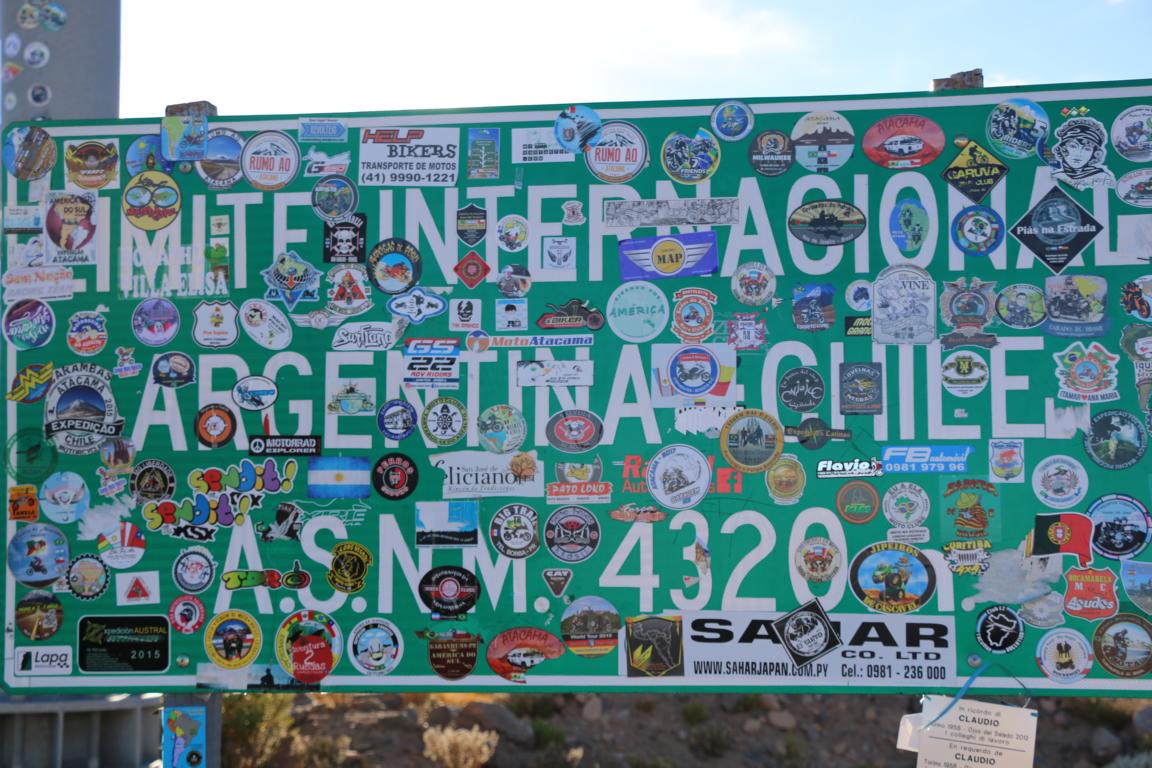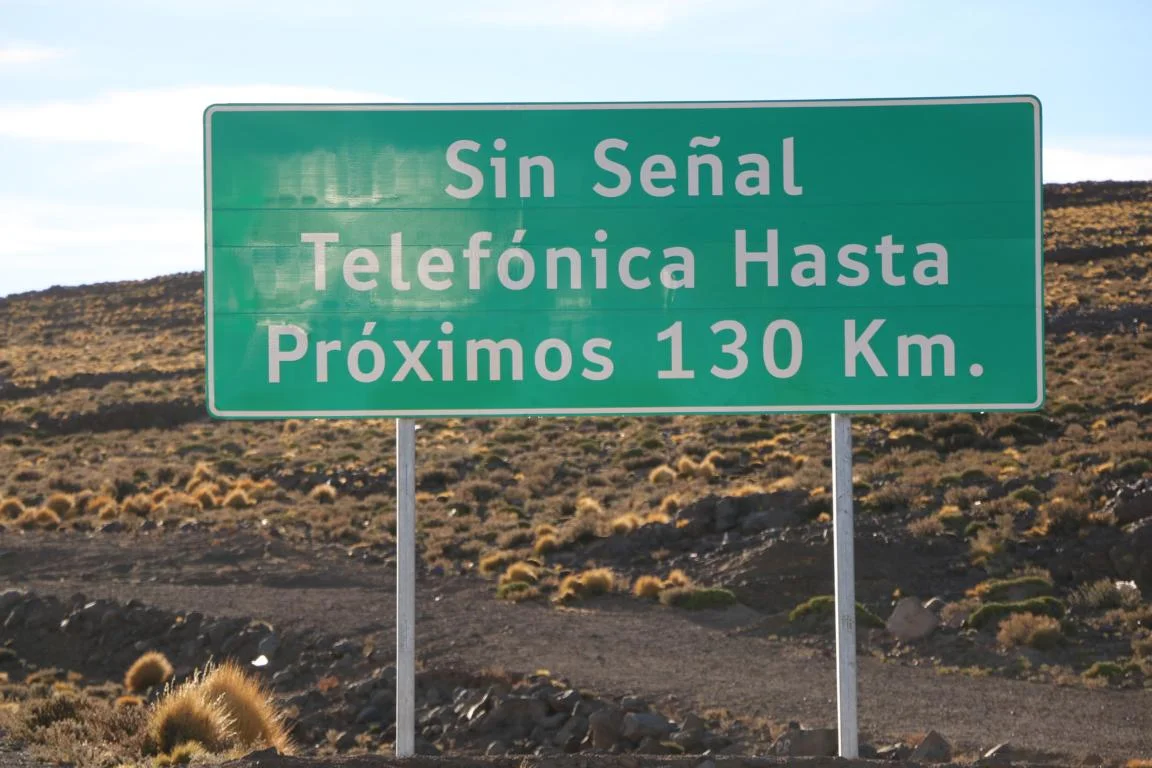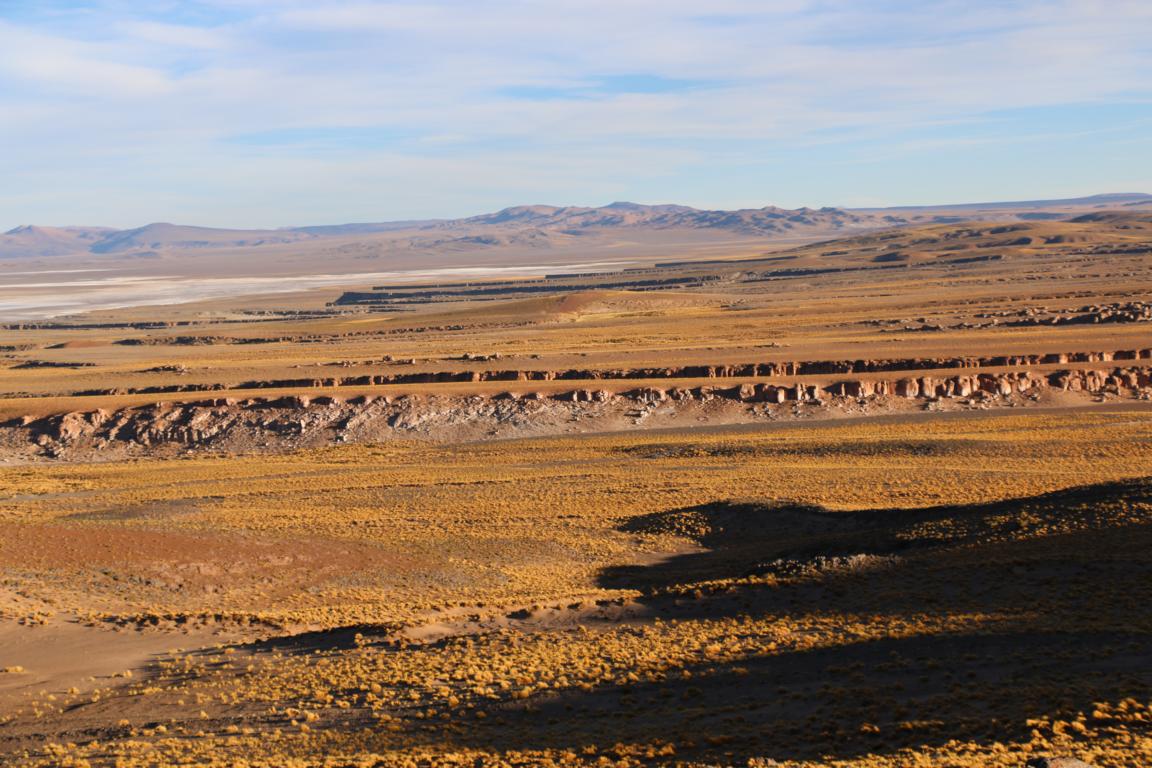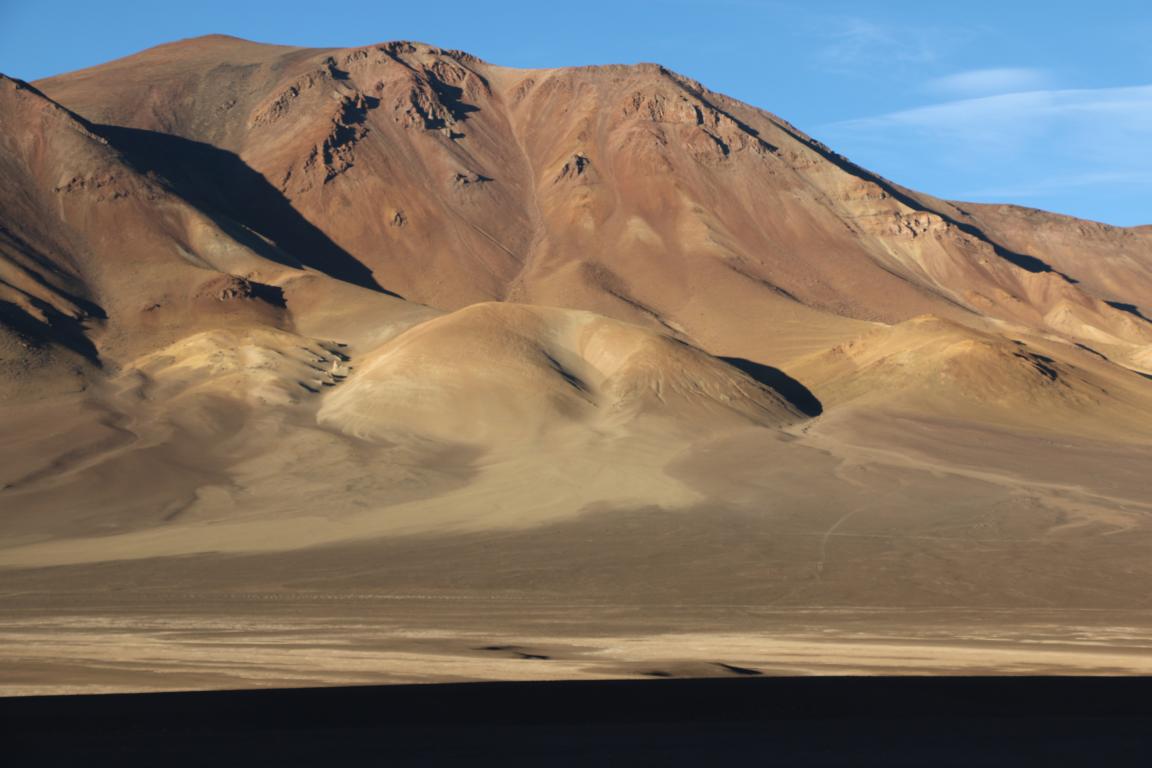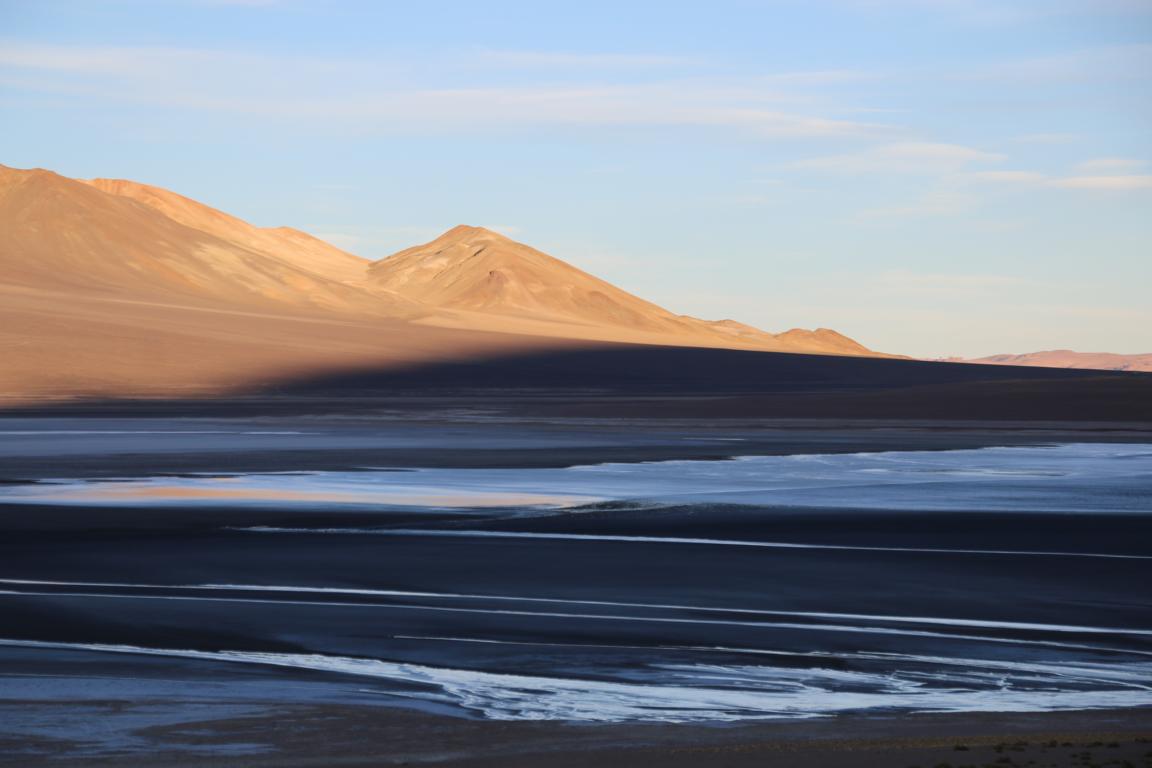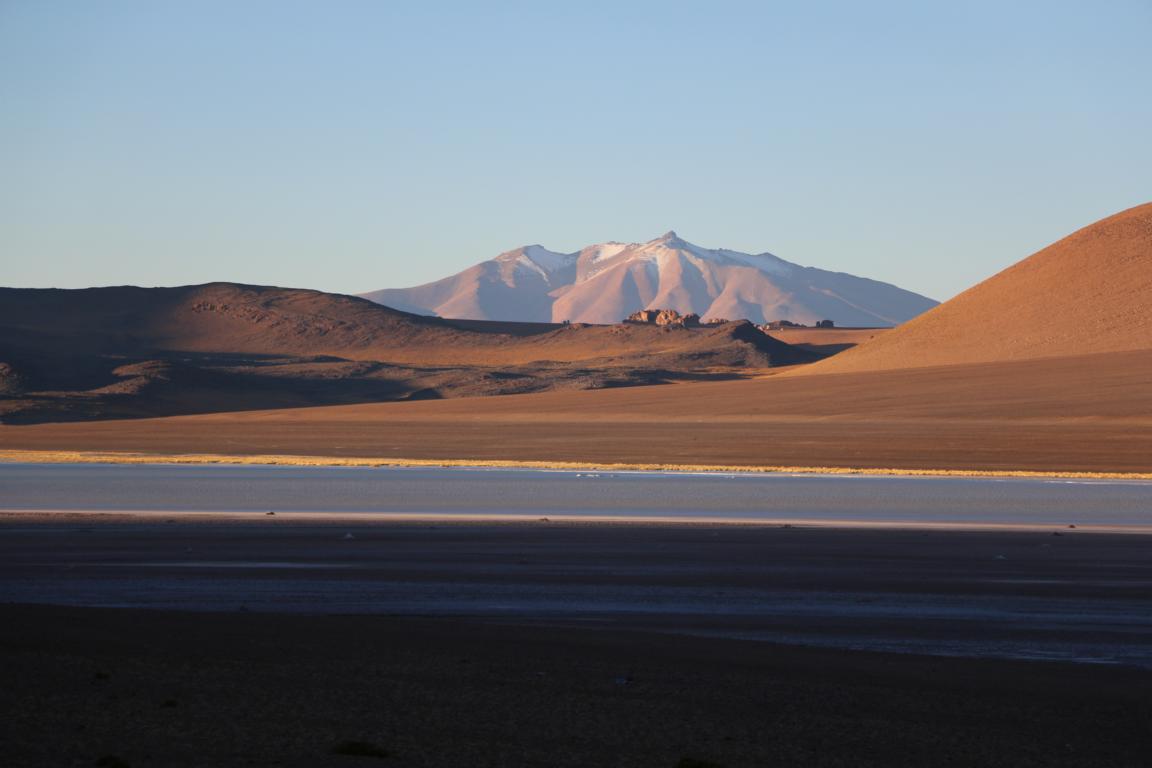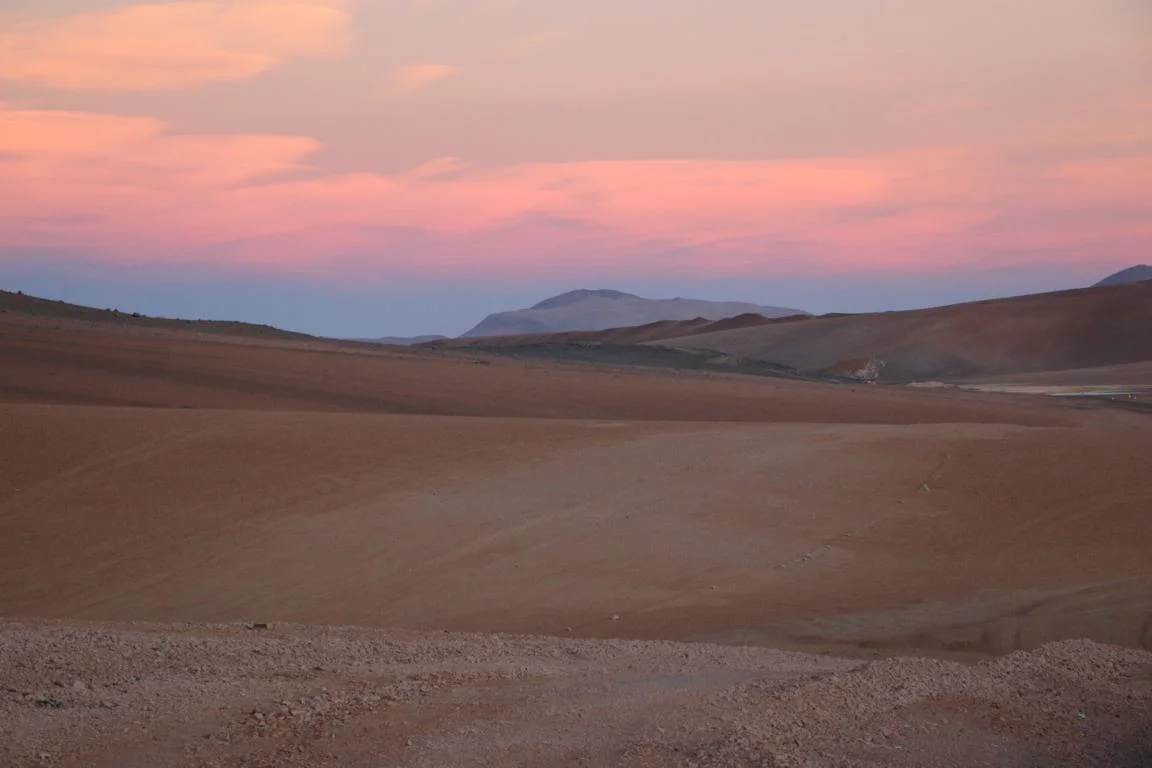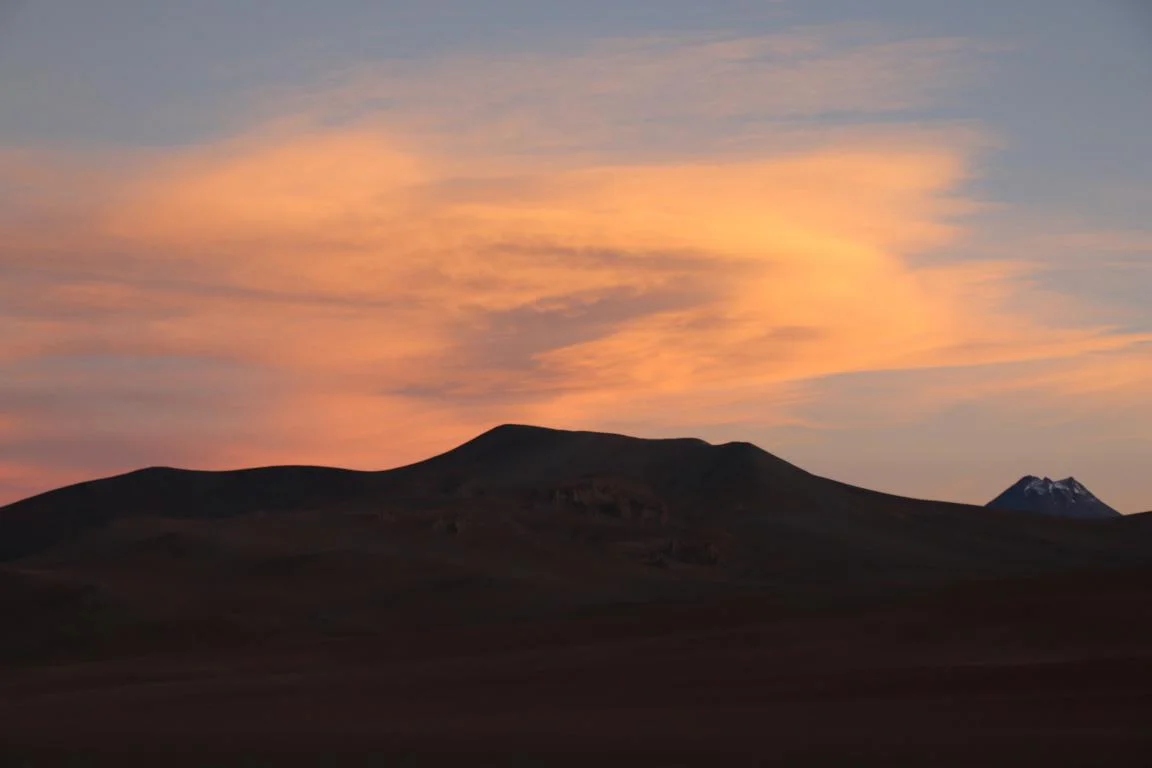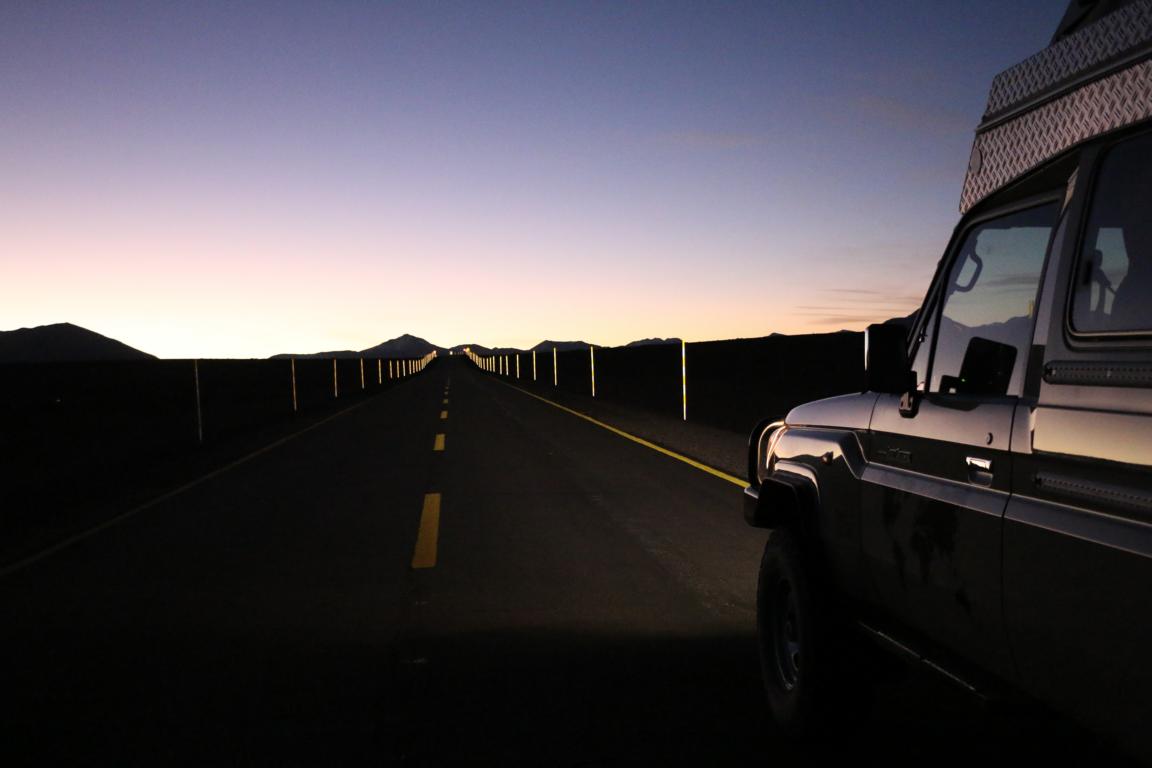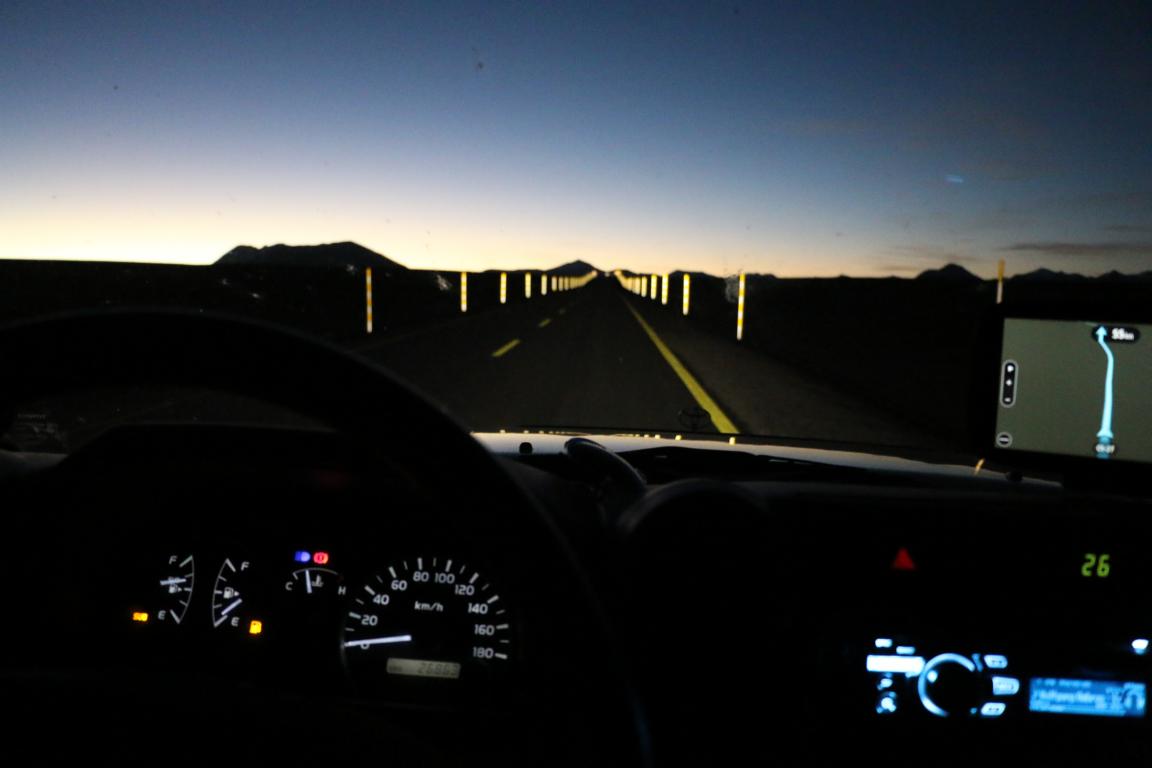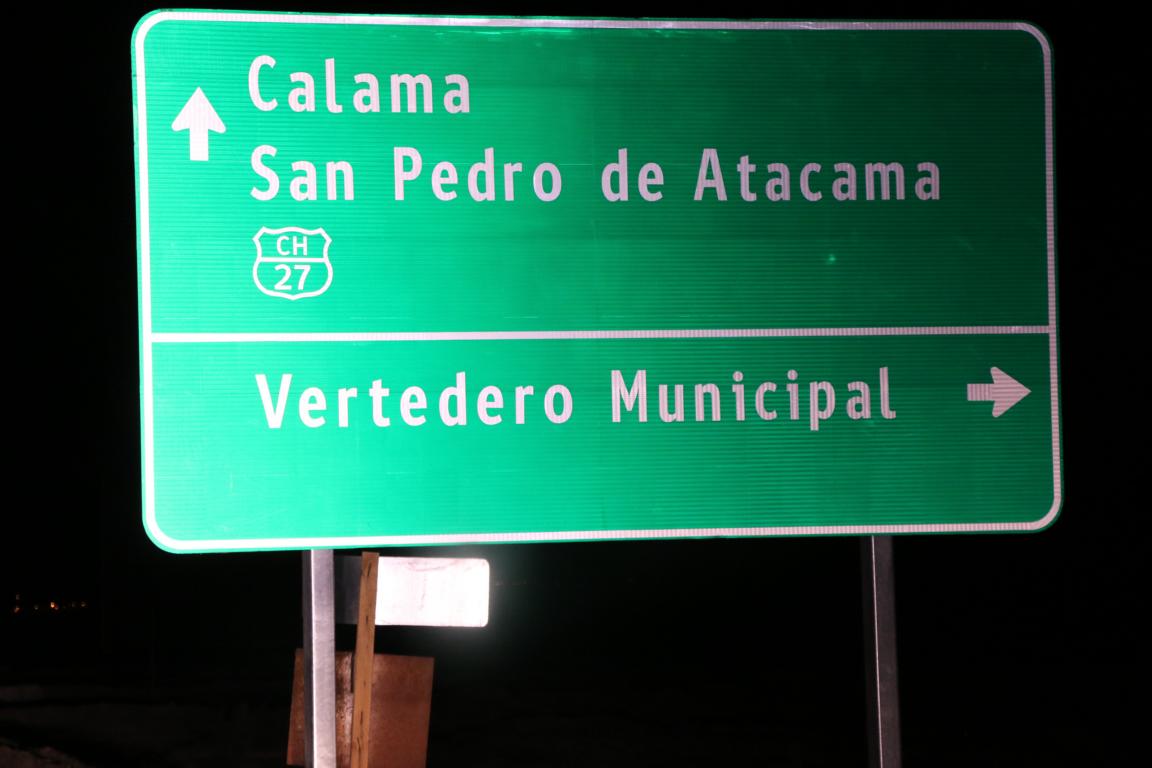North West Argentina, April 2017
The following pictures show some more highlights from my travel through North-west Argentina along the route La Rioja - Salta - Purmamarca - Paso de Jama - San Pedro de Atacama (Chile).
North of La Rioja the Ruta 40 cruces the Campo de Belen and follows the Belen River. Santa Theresa is an abandoned monastery near La Rioja. The region is famous for its excellent olives.
During the southward expansion of the Inca empire in 15th century Shincal de Quimivil (near Belen) was established as a provincial capital of the Inca state.
200 km to the north there is one of Argentina’s most important archaeological site: The ruins of Quilmes date back until 850 AD, and are Argentina’s largest pre-Columbian settlement. The town was populated by the Quilmes people and hosted up to 5,000 persons. It successfully resisted the Inca expansion and Spanish conquerors undertook three attempts over the period of 130 years until the city finally fell in 1667. Out of 2,600 people who surrendered only 400 survived the enslavement and forced deportation to the coastal area south of Buenos Aires (Wikipedia). Today Quilmes is the brand name of a popular beer which holds 80% of Argentina’s market share.
The nearby Pachamama Museum (located in the village Amaicha) displays artefacts from the Quilmes period. Worshipping the Pachamama (Mother earth) is wide-spread in North-west Argentina. Close to San Antonio de los Cobres I was allowed to participate in a ceremony where the Pachamama was asked for fertility (unfortunately I did not get permission to take pictures). Sheep and lamas were rounded up in a corral and colourful wool was enwoven in their fur. In addition the animals were sprinkled with red wine and cuts was made in both ears. Participants (including me) then smeared the blood in their faces.
The cardón cactus is an important plant for wood production. Under the green skin there is very durable and solid wood which is used for construction and furniture.
The city of Salta (620,000 inhabitants) is located in the sub-tropical belt east of the pre-cordelieres. Salta was founded in 1582 and has a well-preserved historical centre.
As a consequence of geological fault lines and erosion the valleys north and west of Salta display many colourful layers. Purmamarca (seven colours) and Hornocal (near the town of Humahuaca - with fourteen colours) are the most famous sites.
You can meet any kind of people on the road, including other overlanders (even more on the camping grounds….). Compared with some of the other trucks my car looks quite small.
The road from Salta to San Pedro de Atacama (Chile) leads over a number of passes and through the Salina Grande. Meeting a young Austrian couple (living 40 km from my hometown) and a group of Brasilian motorcyclists at 3,500 m of altitude.
The Paso de Jama (4,380m) is the border crossing point into Chile – 130km without telephone signal but a spectacular and inhibited landscape.
Some photo exercises with light and darkness….
